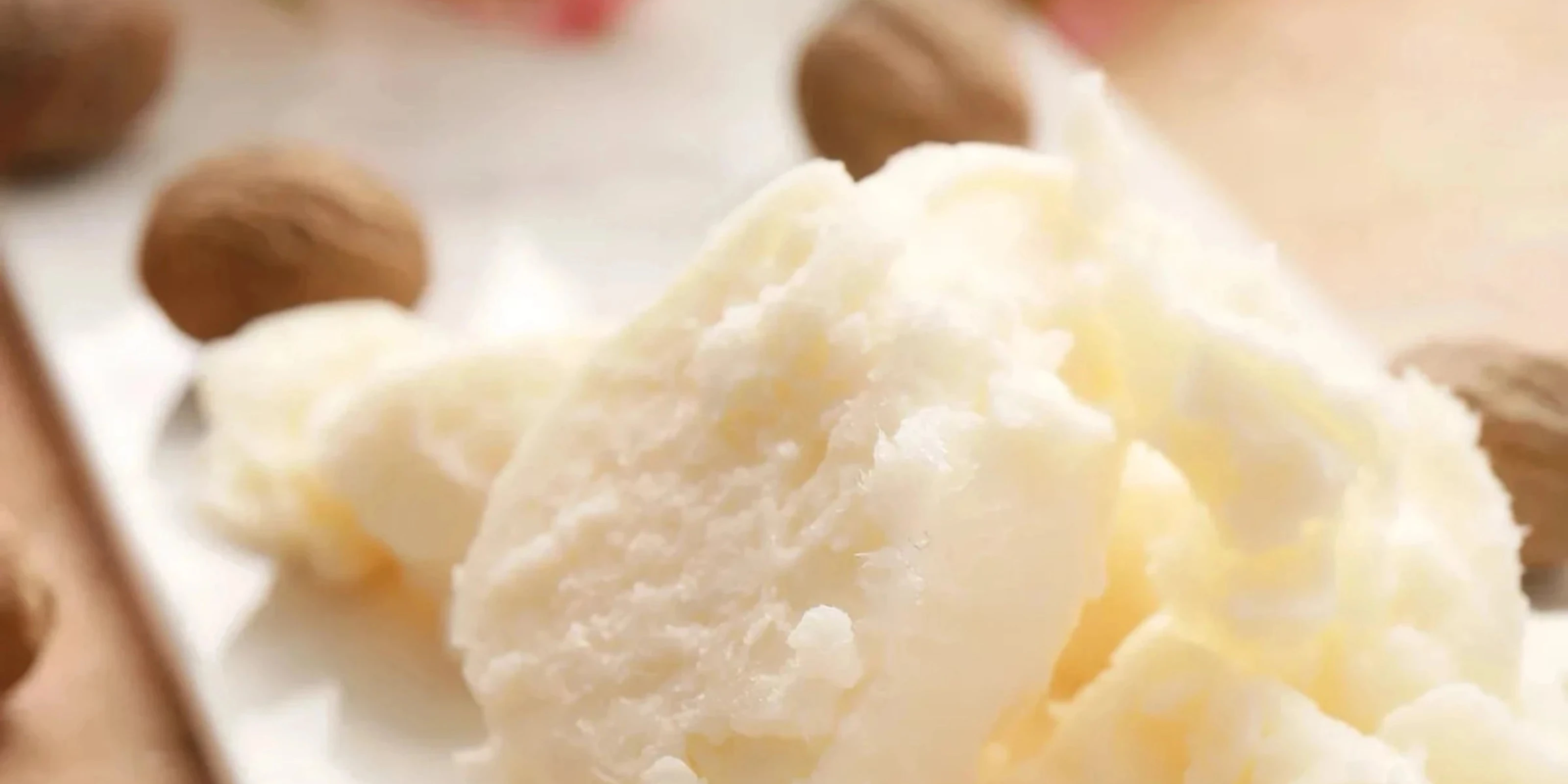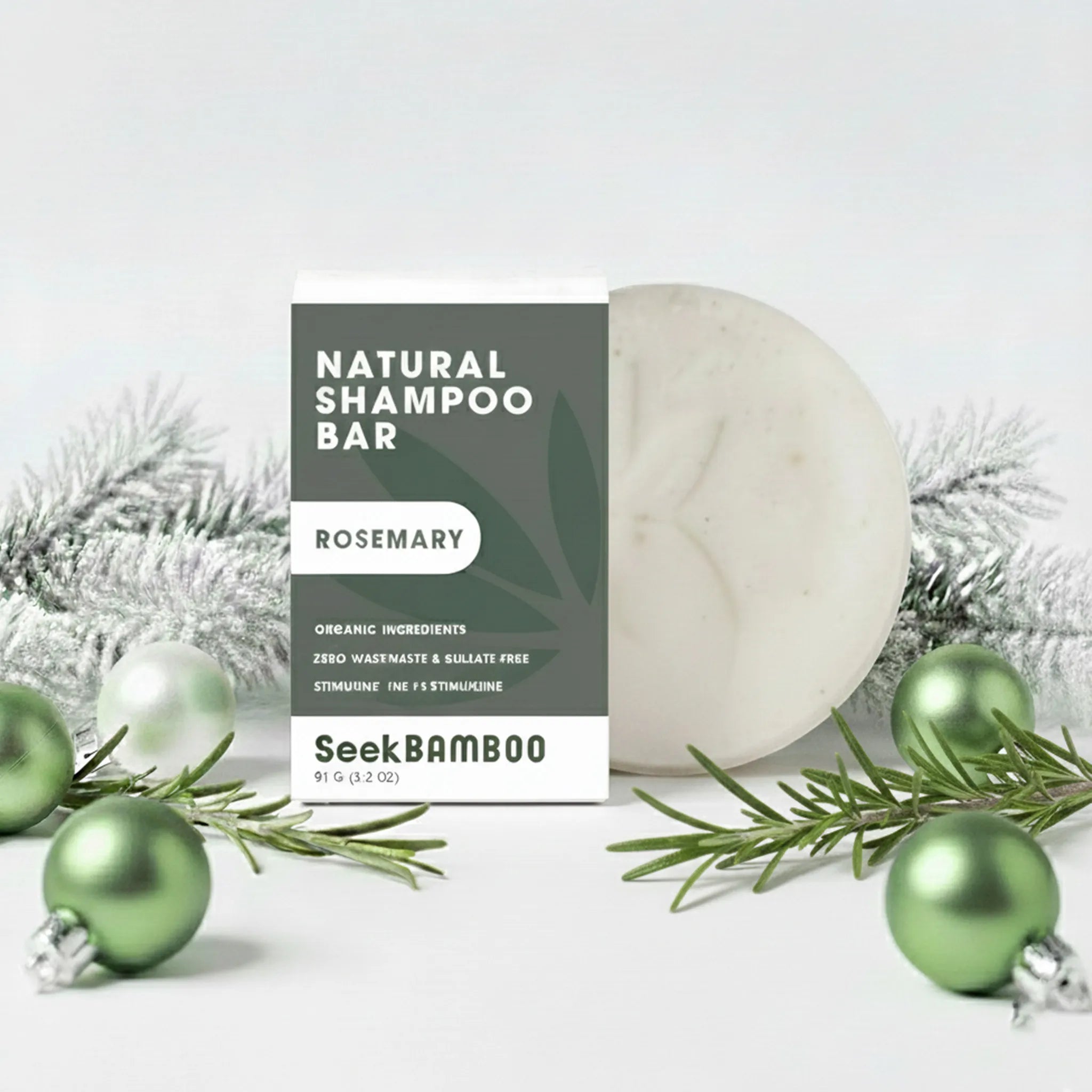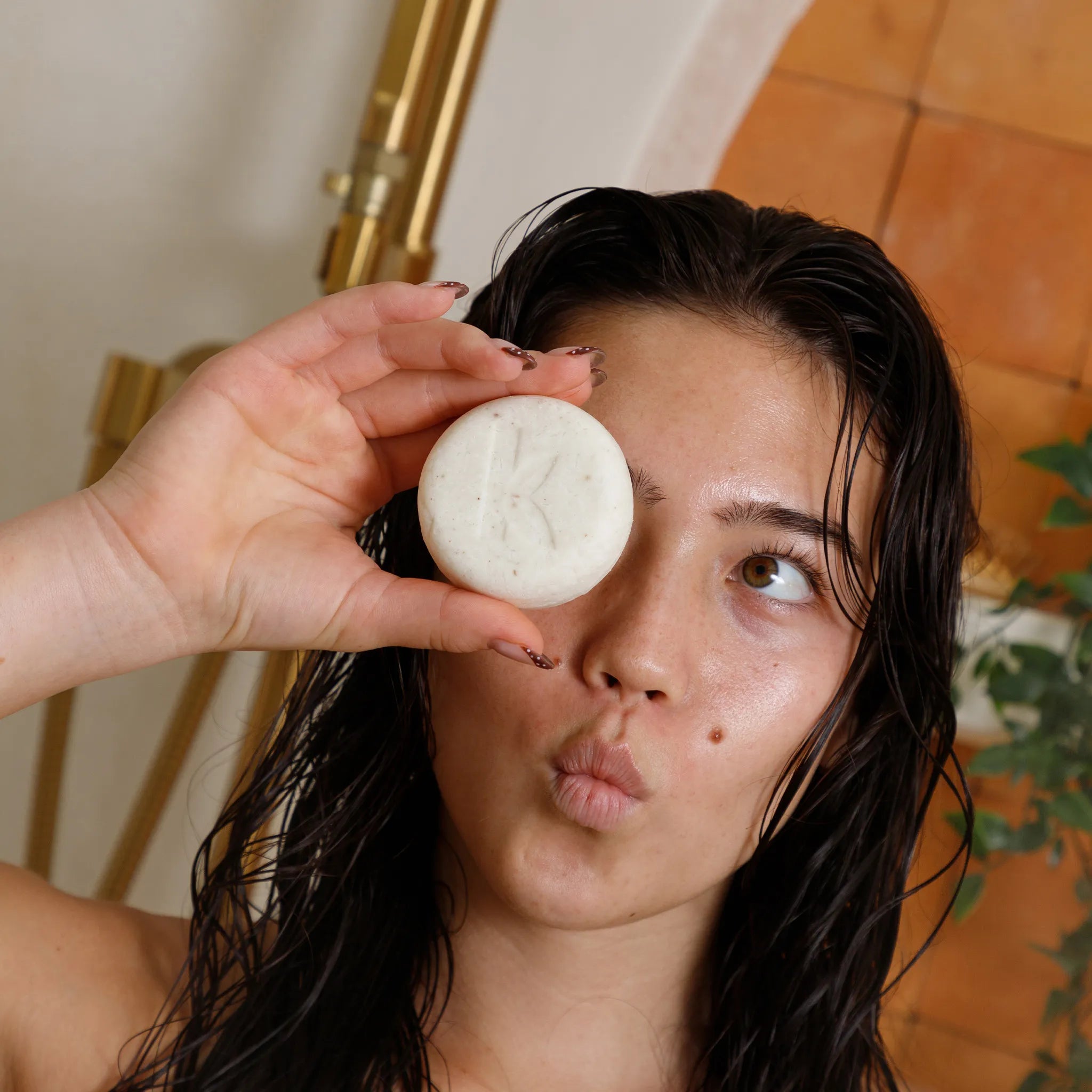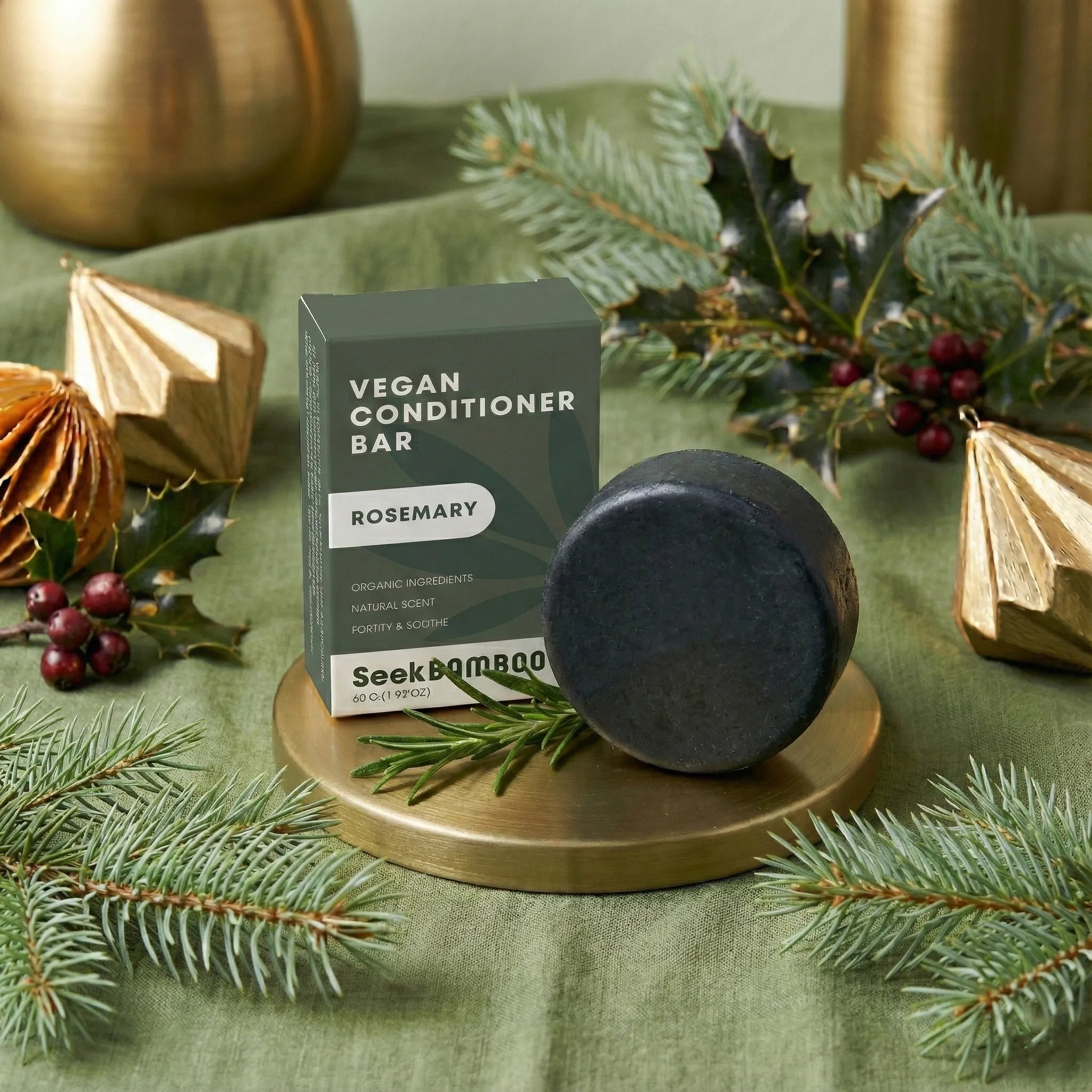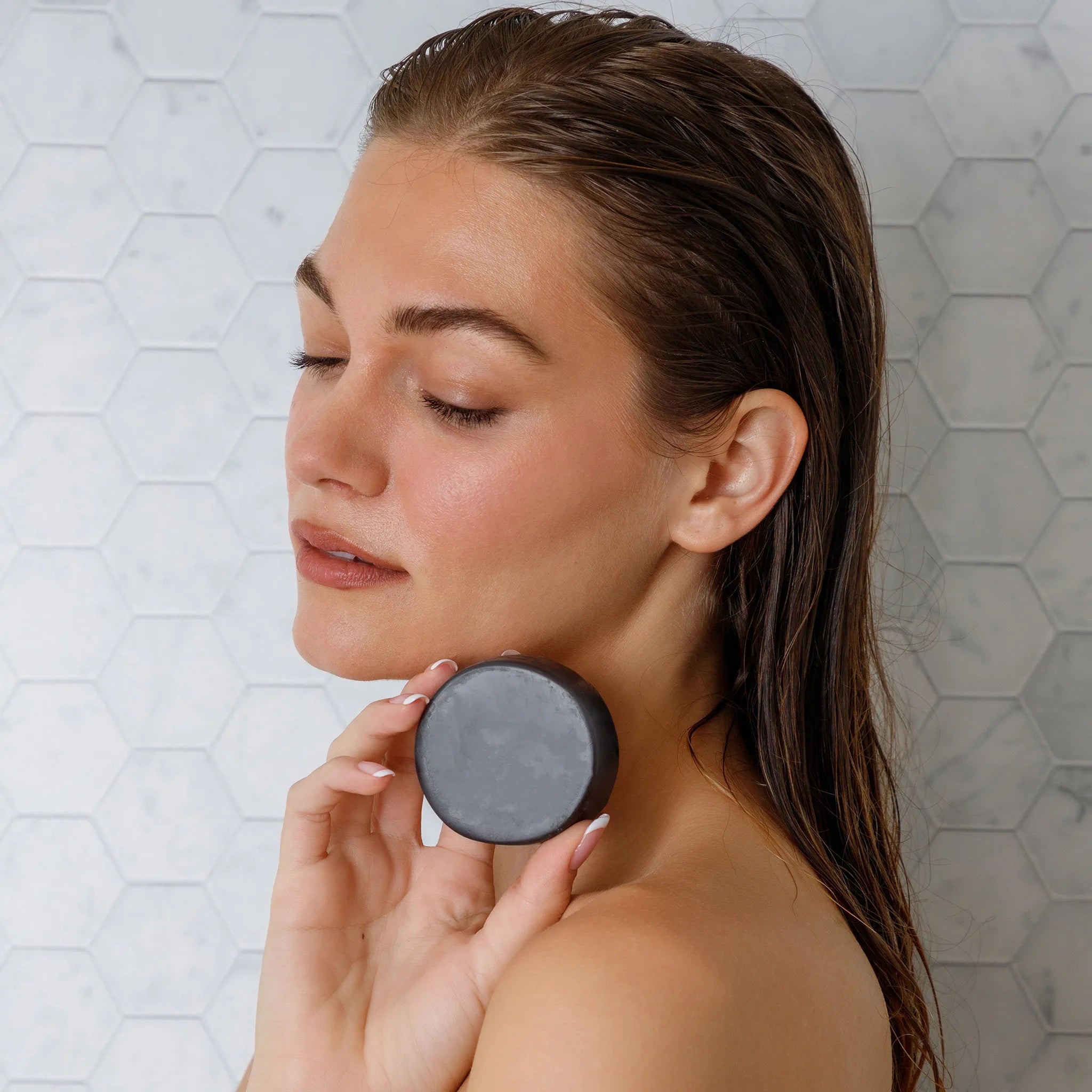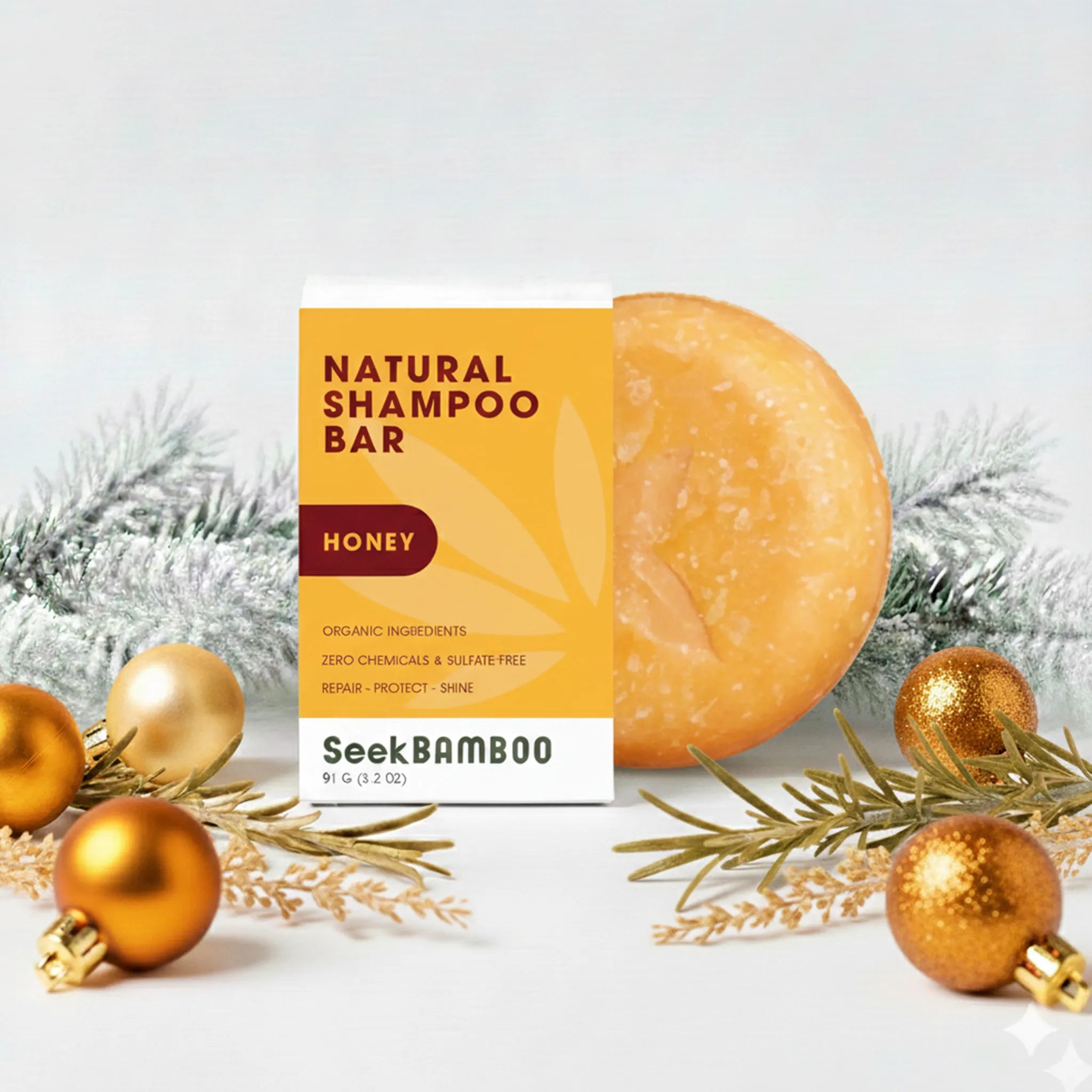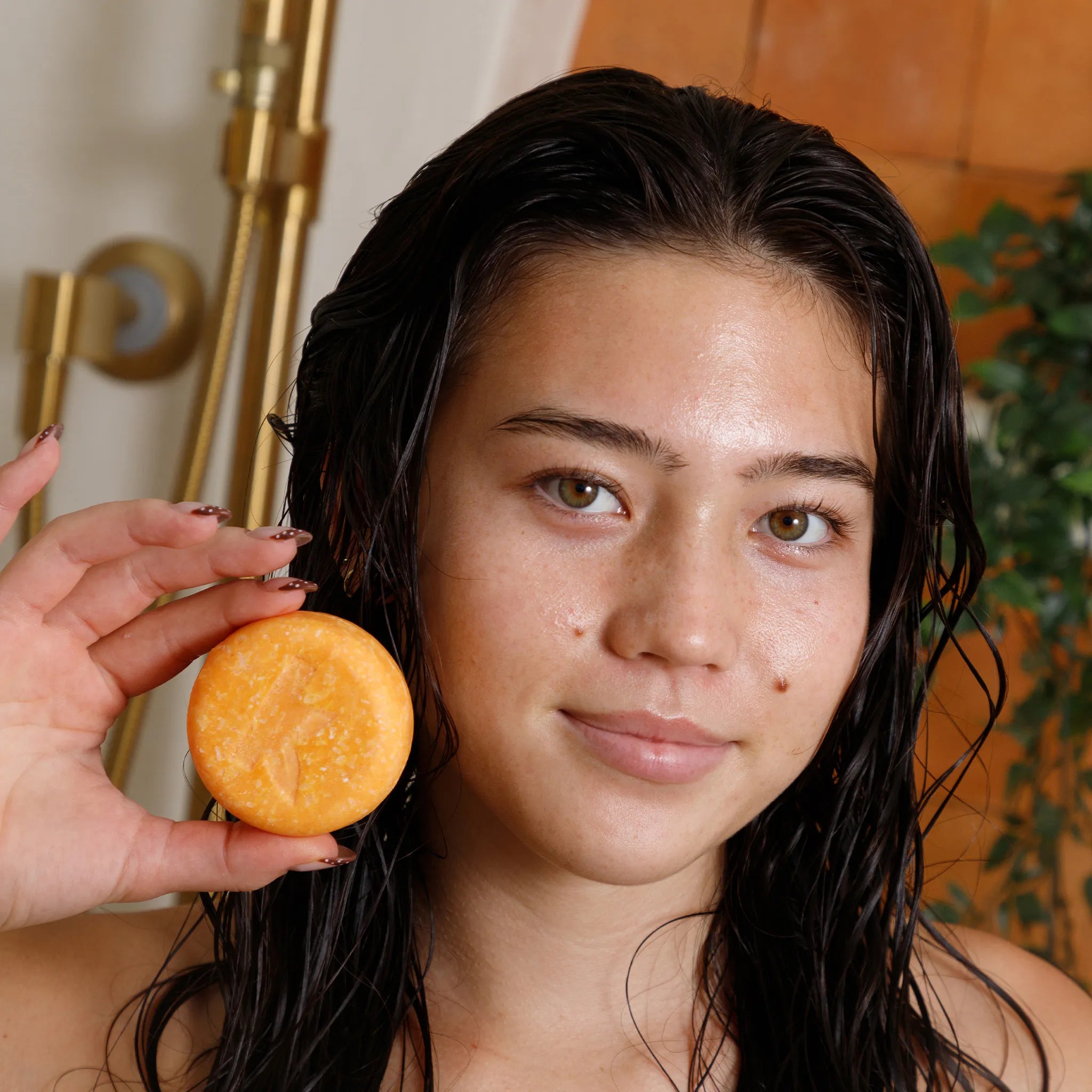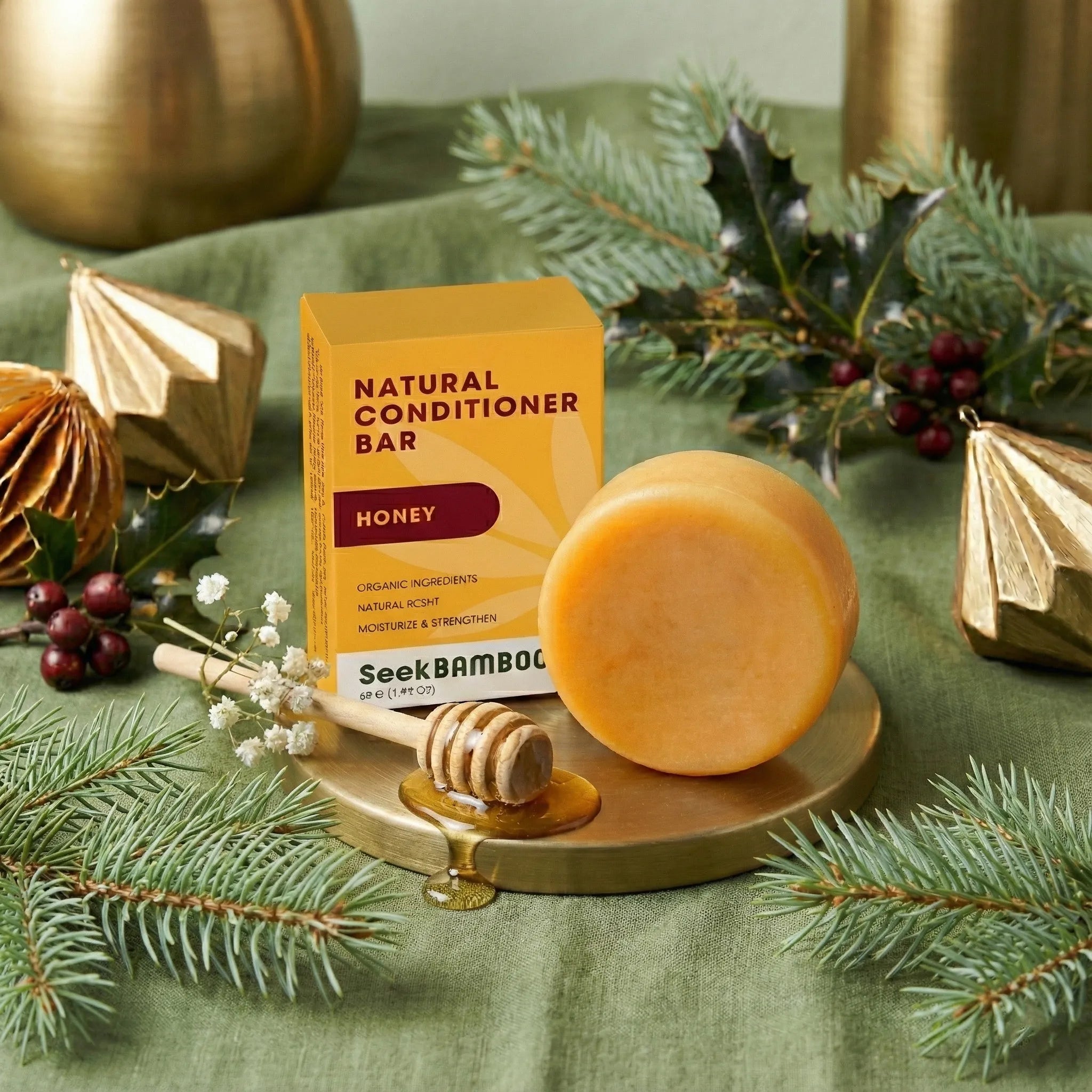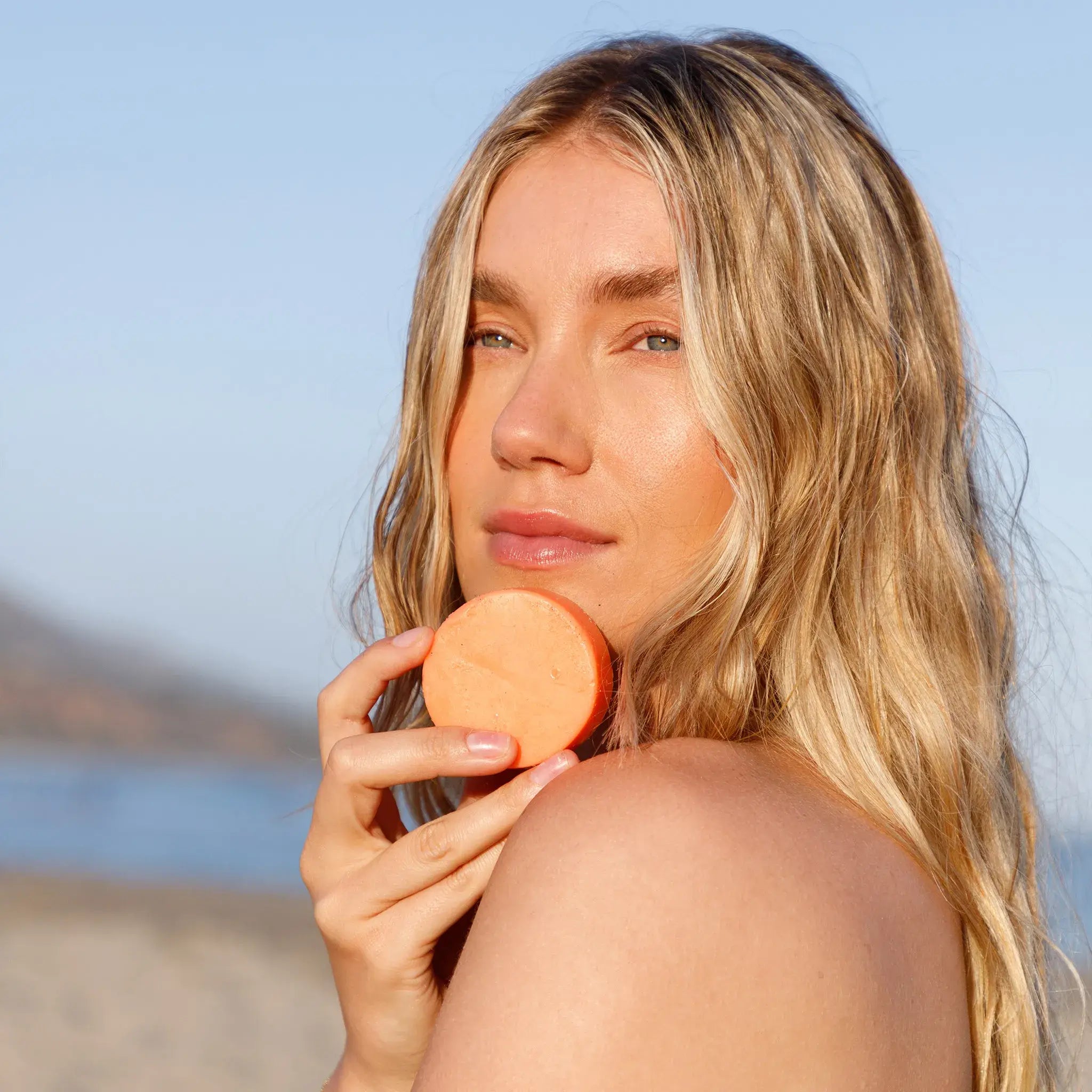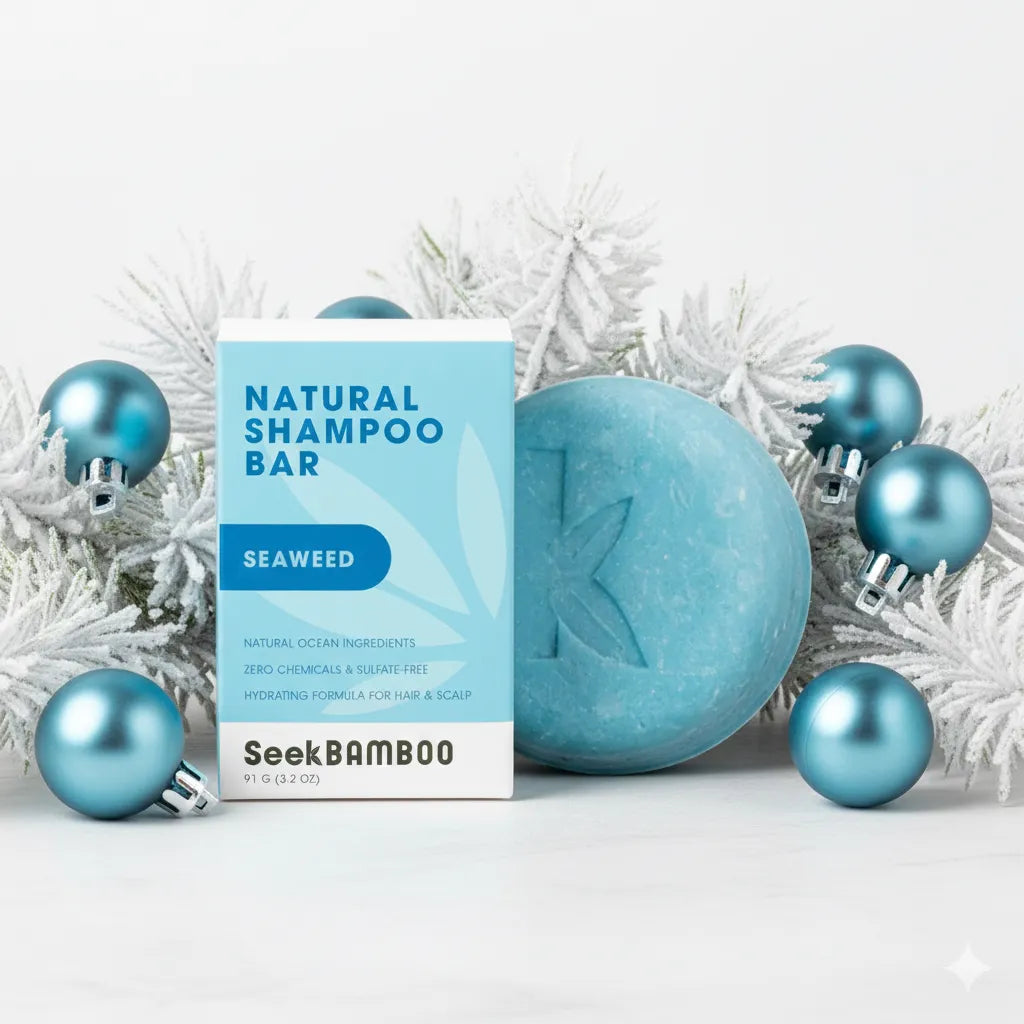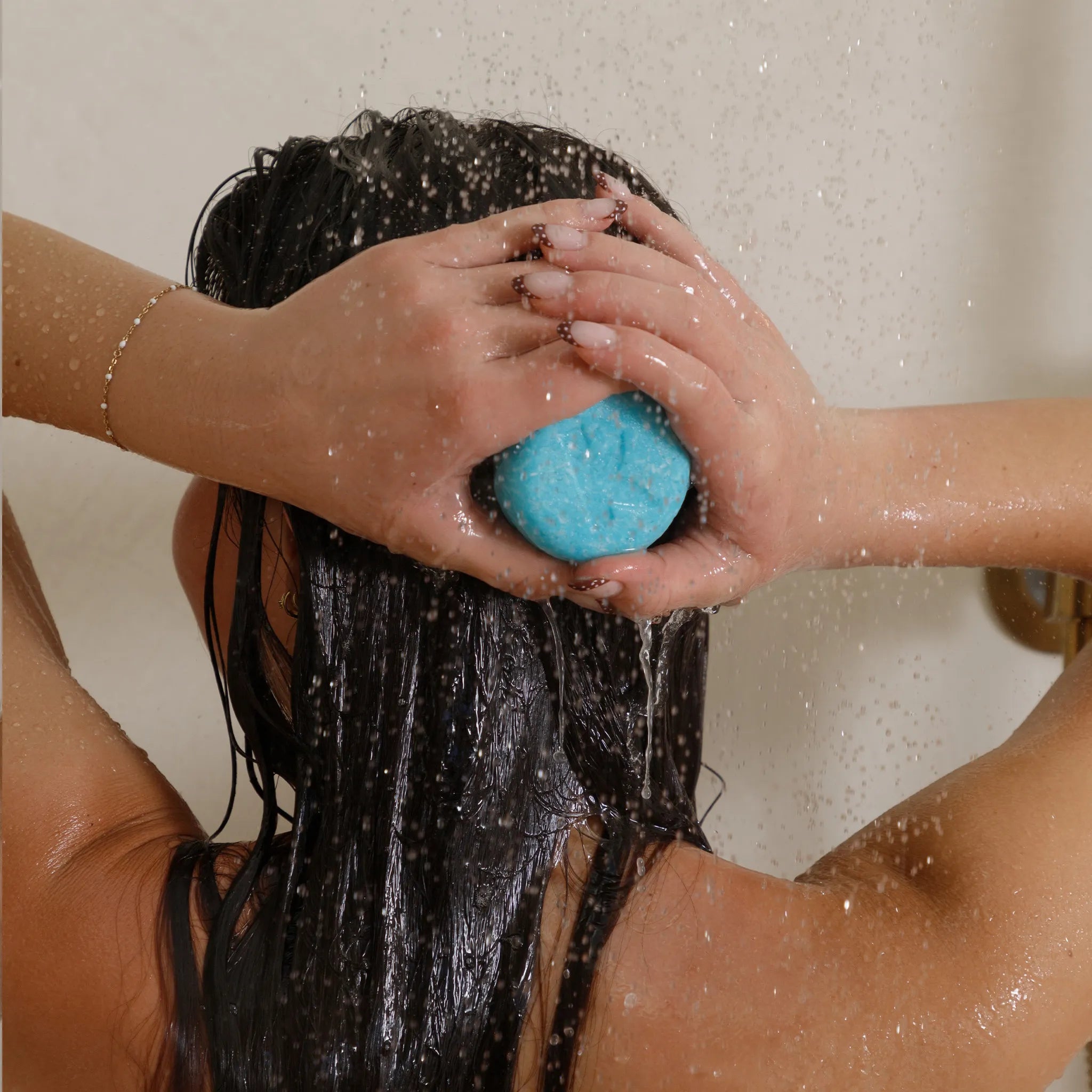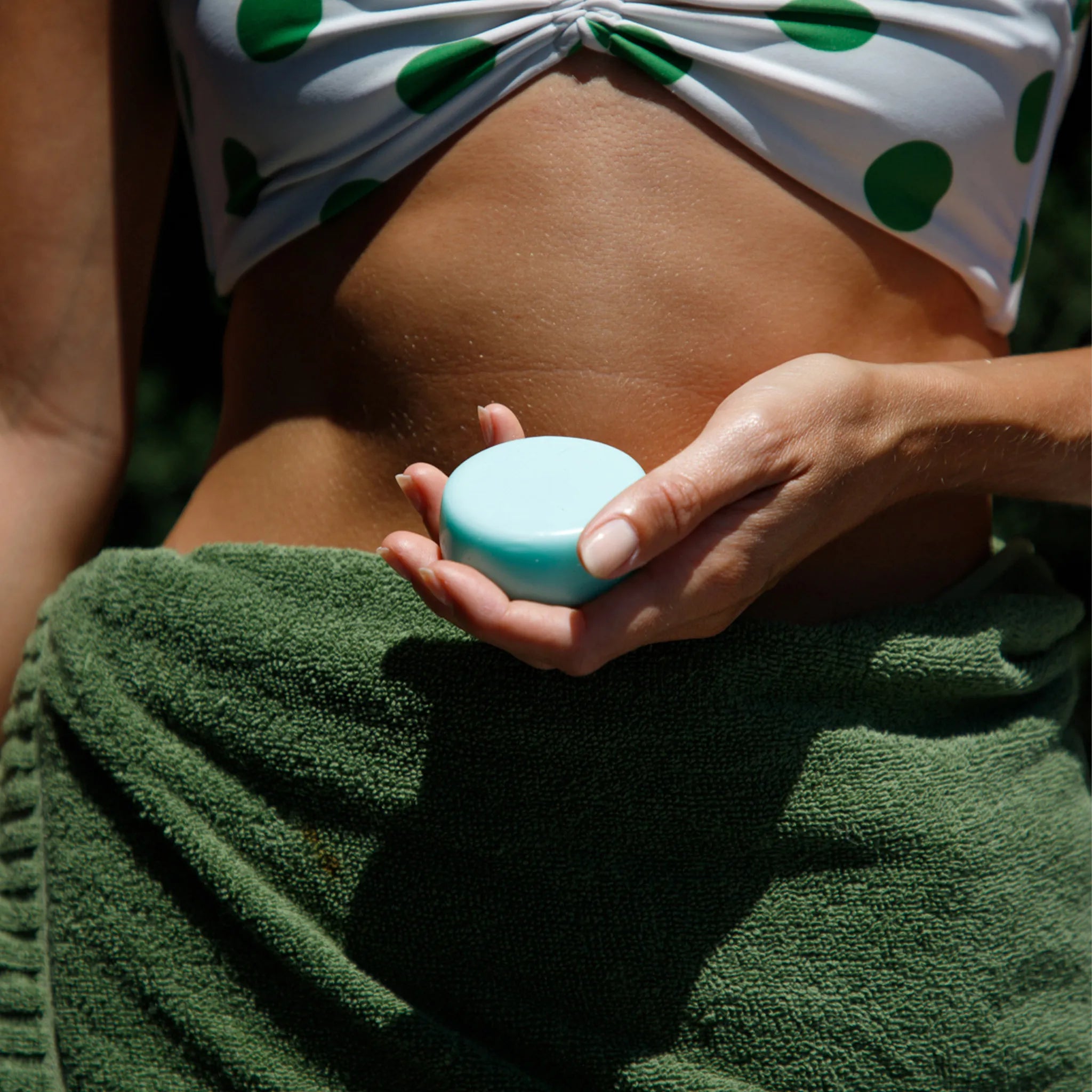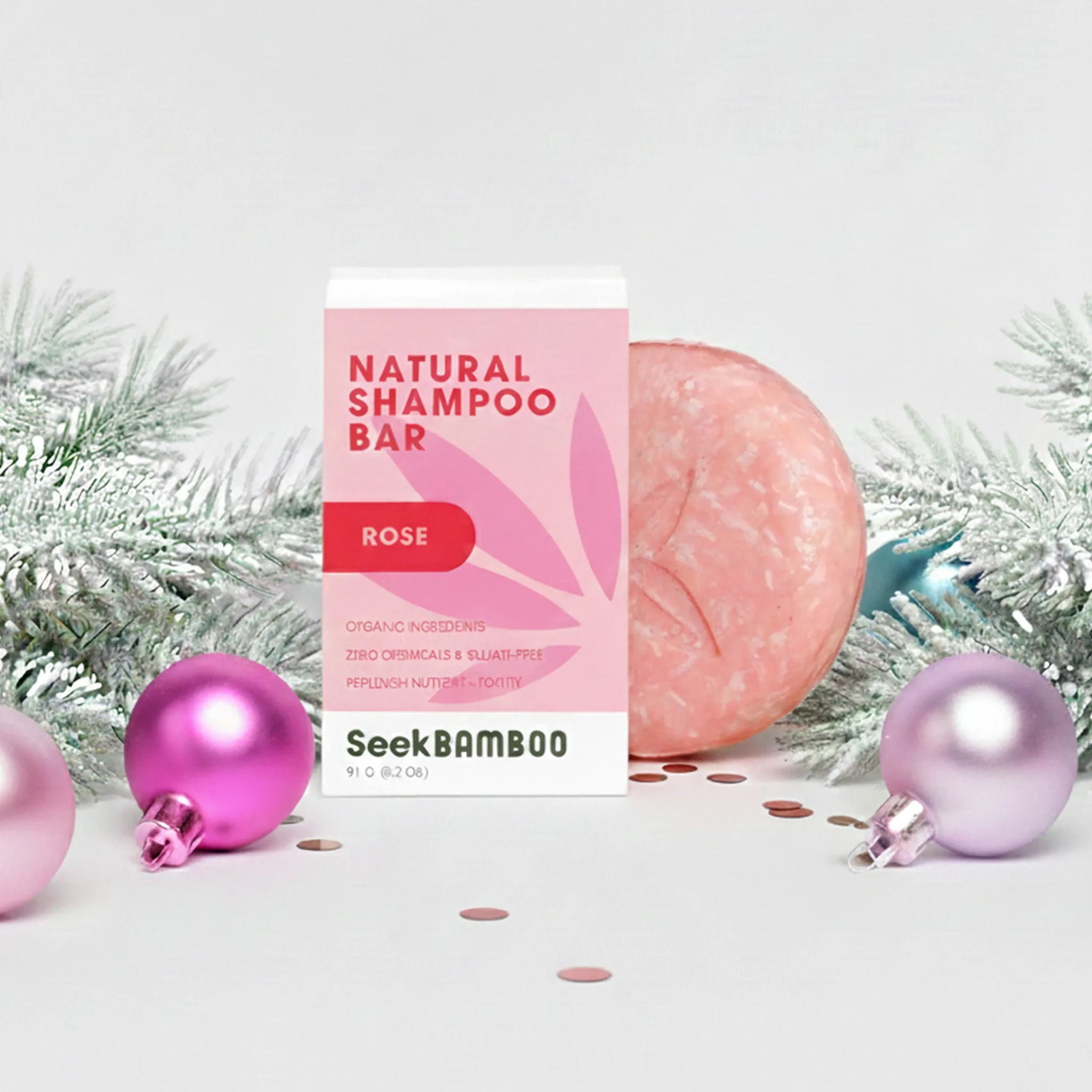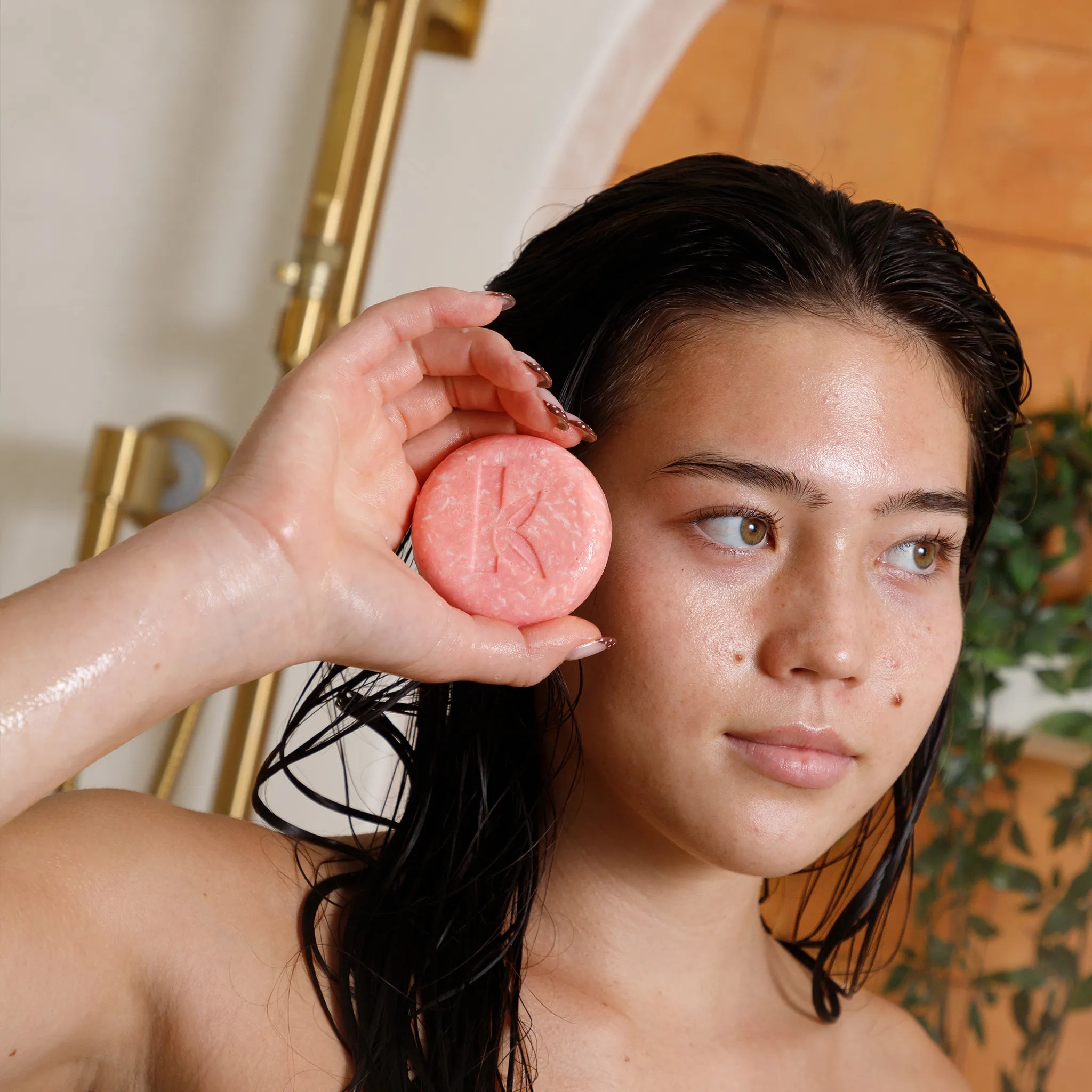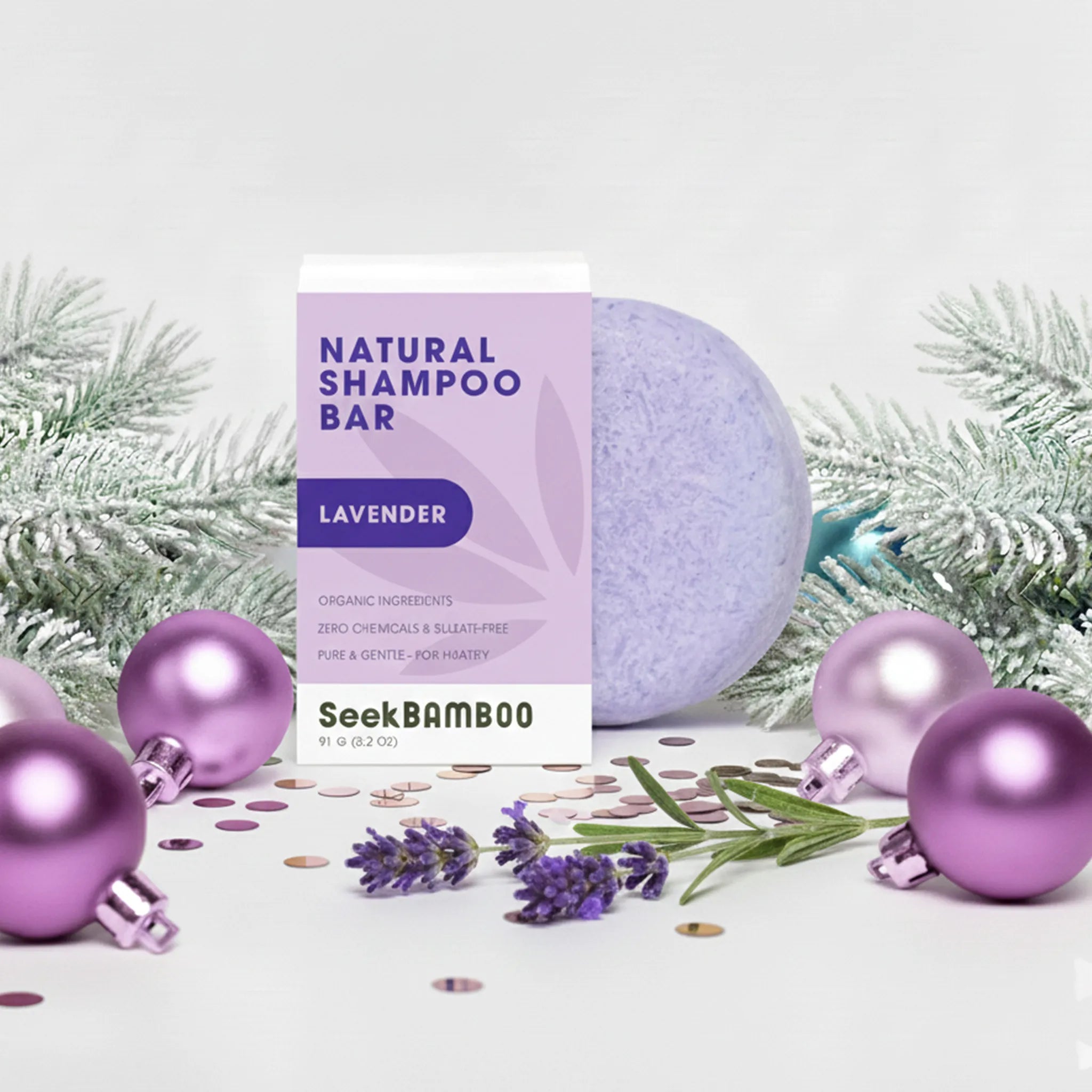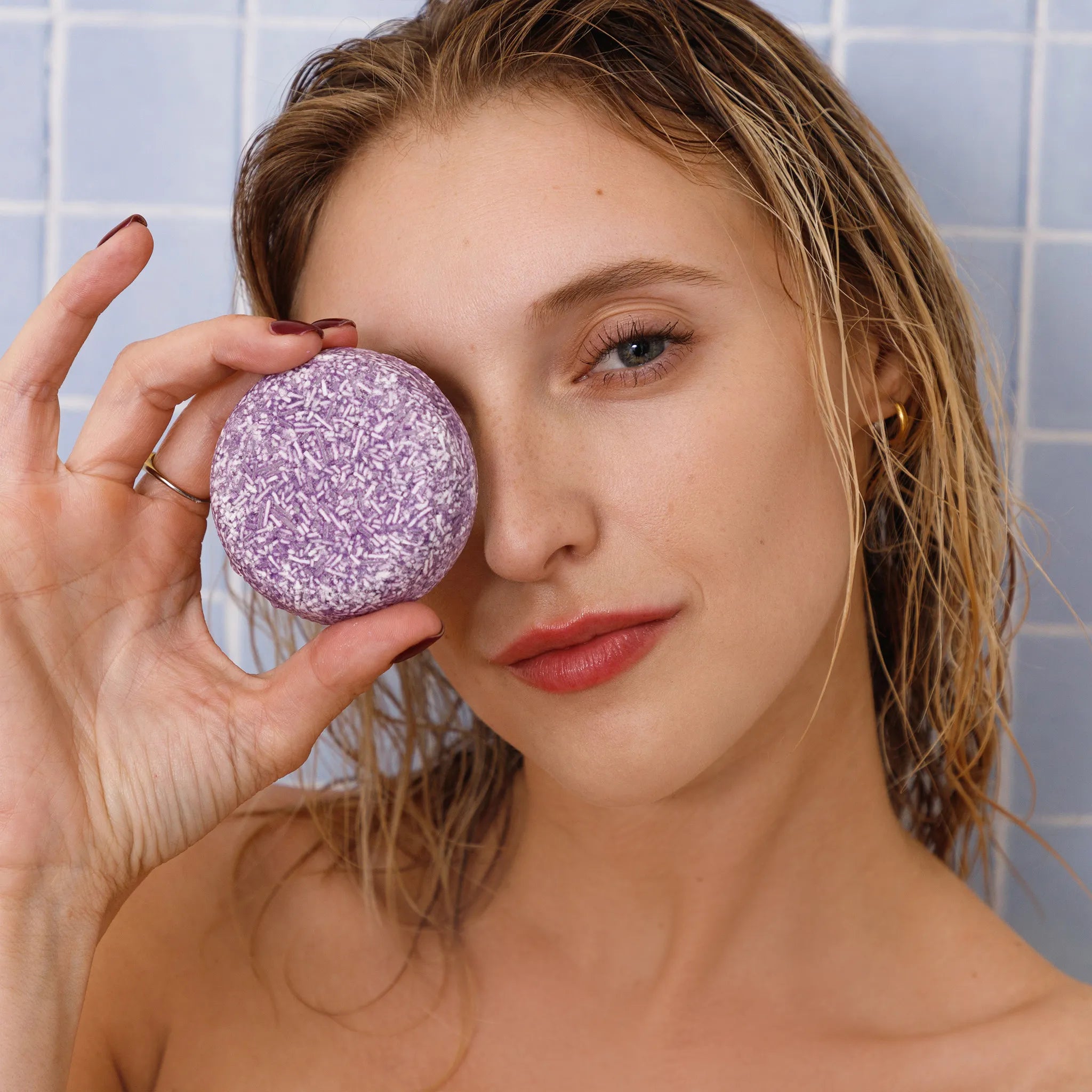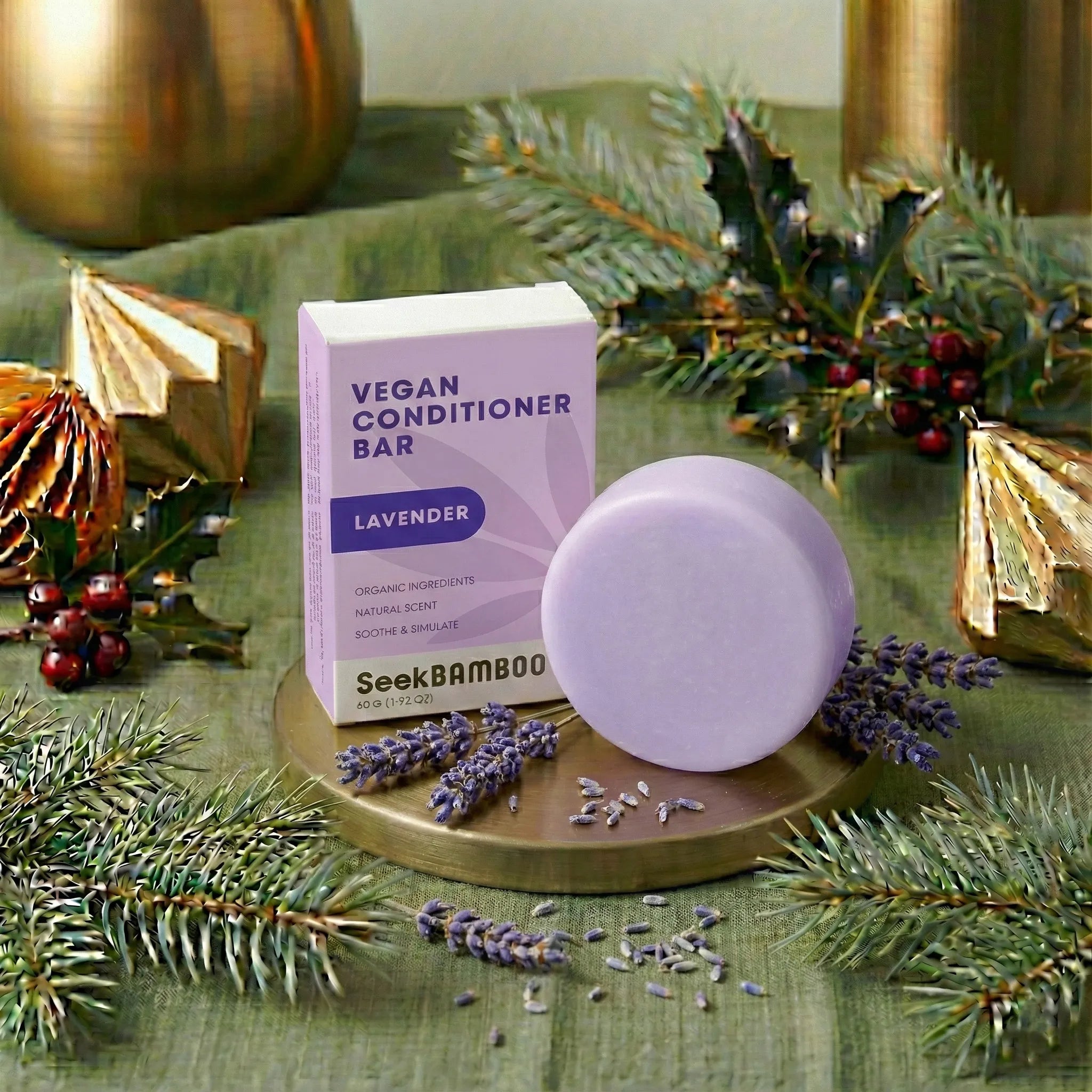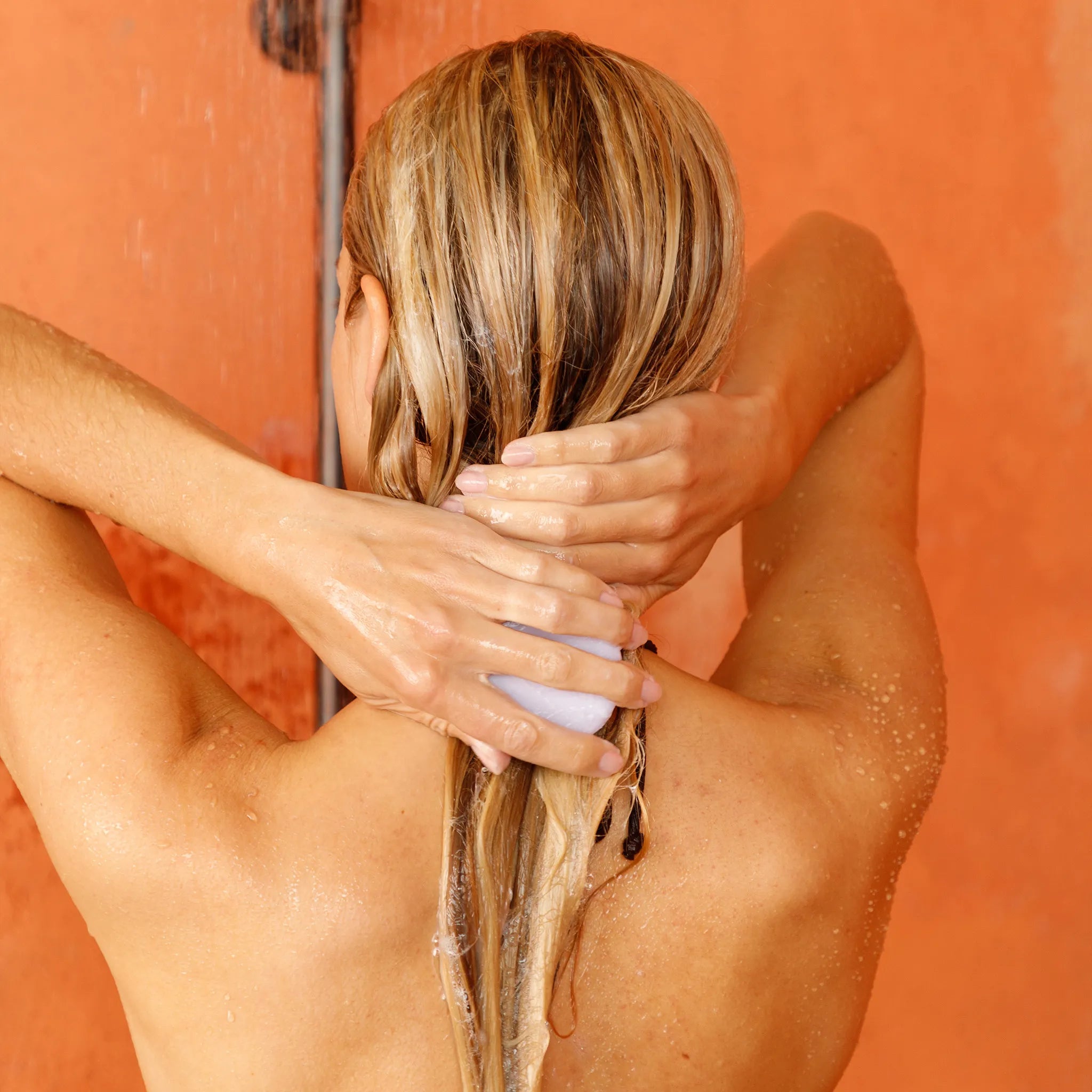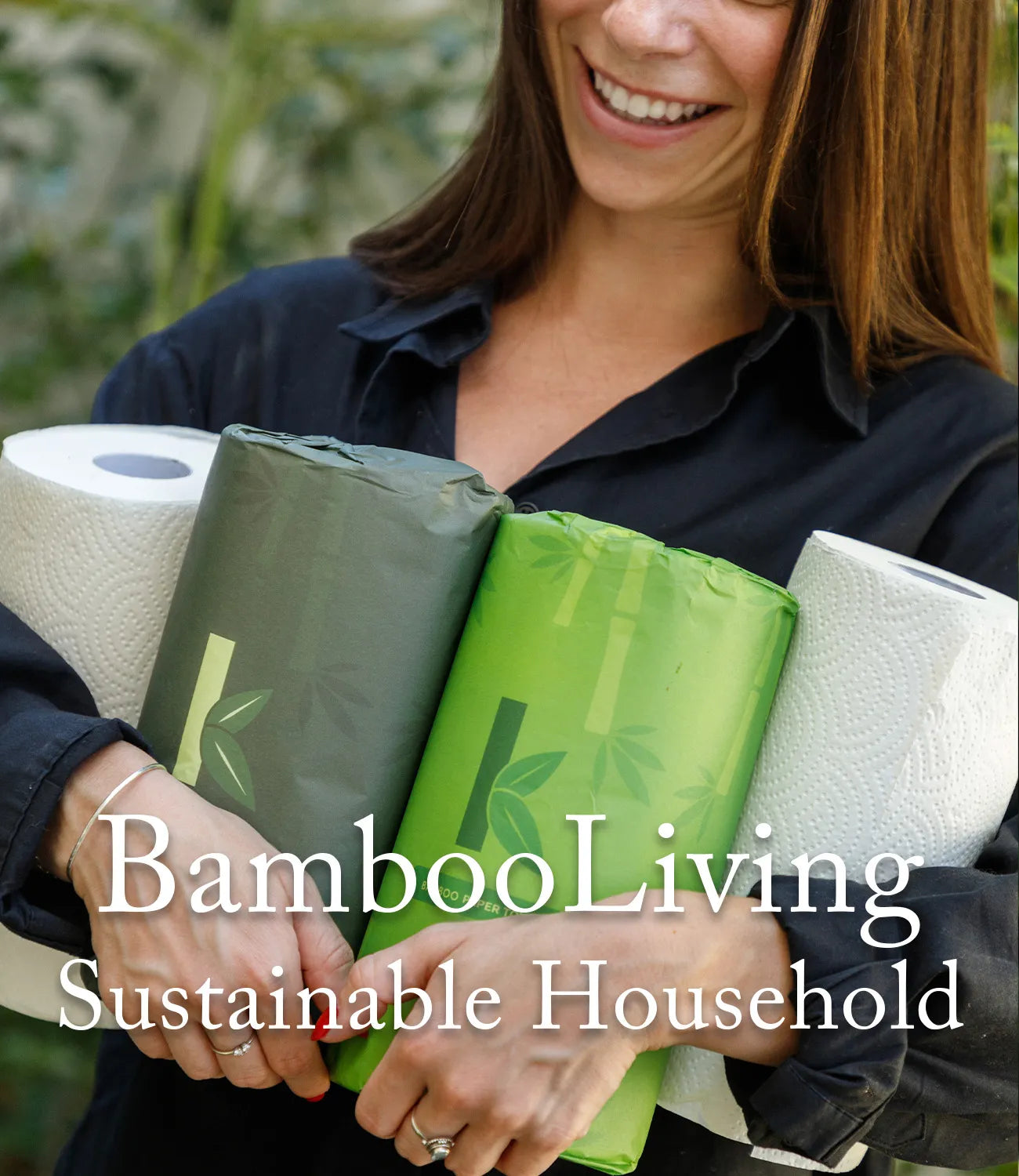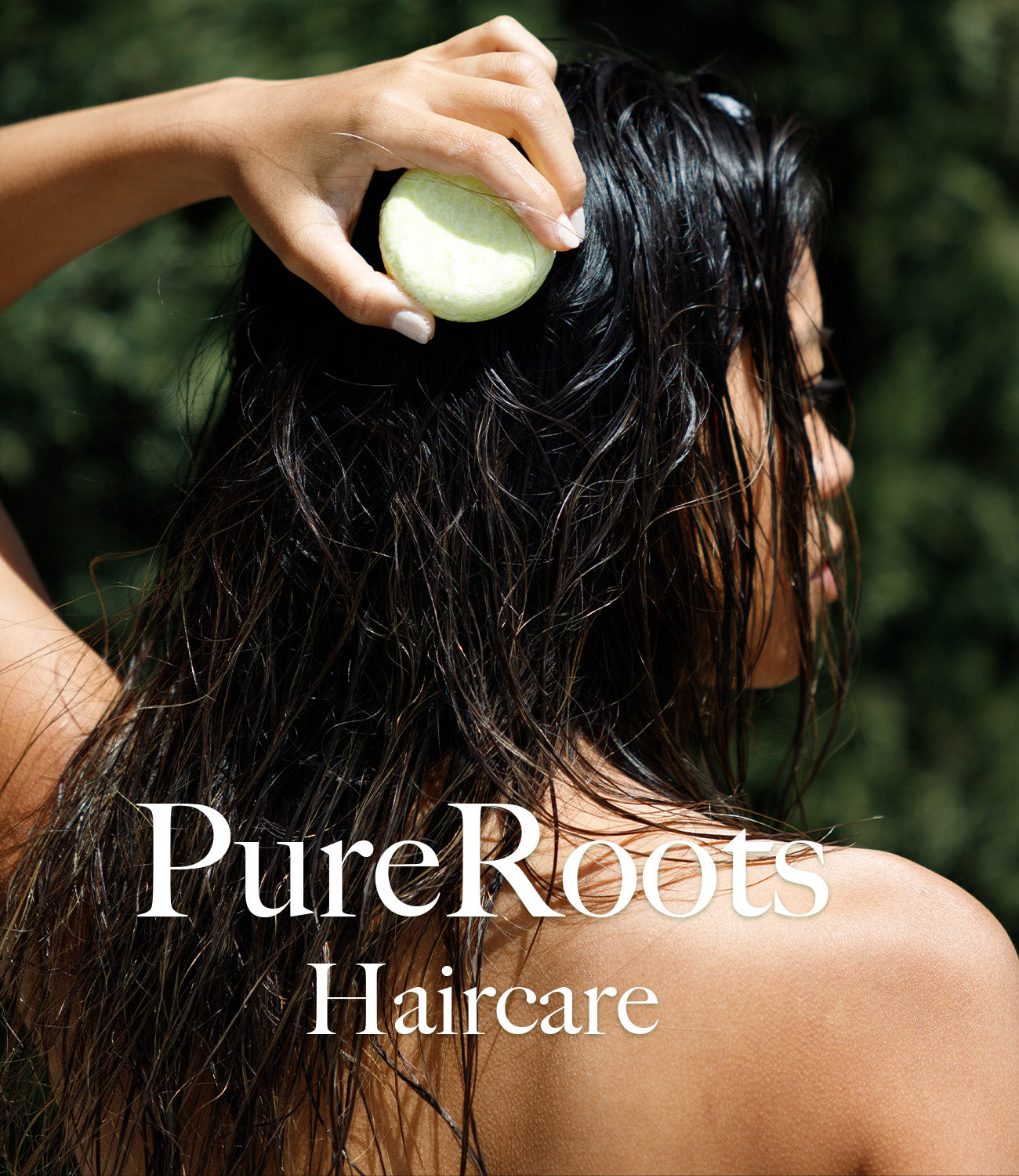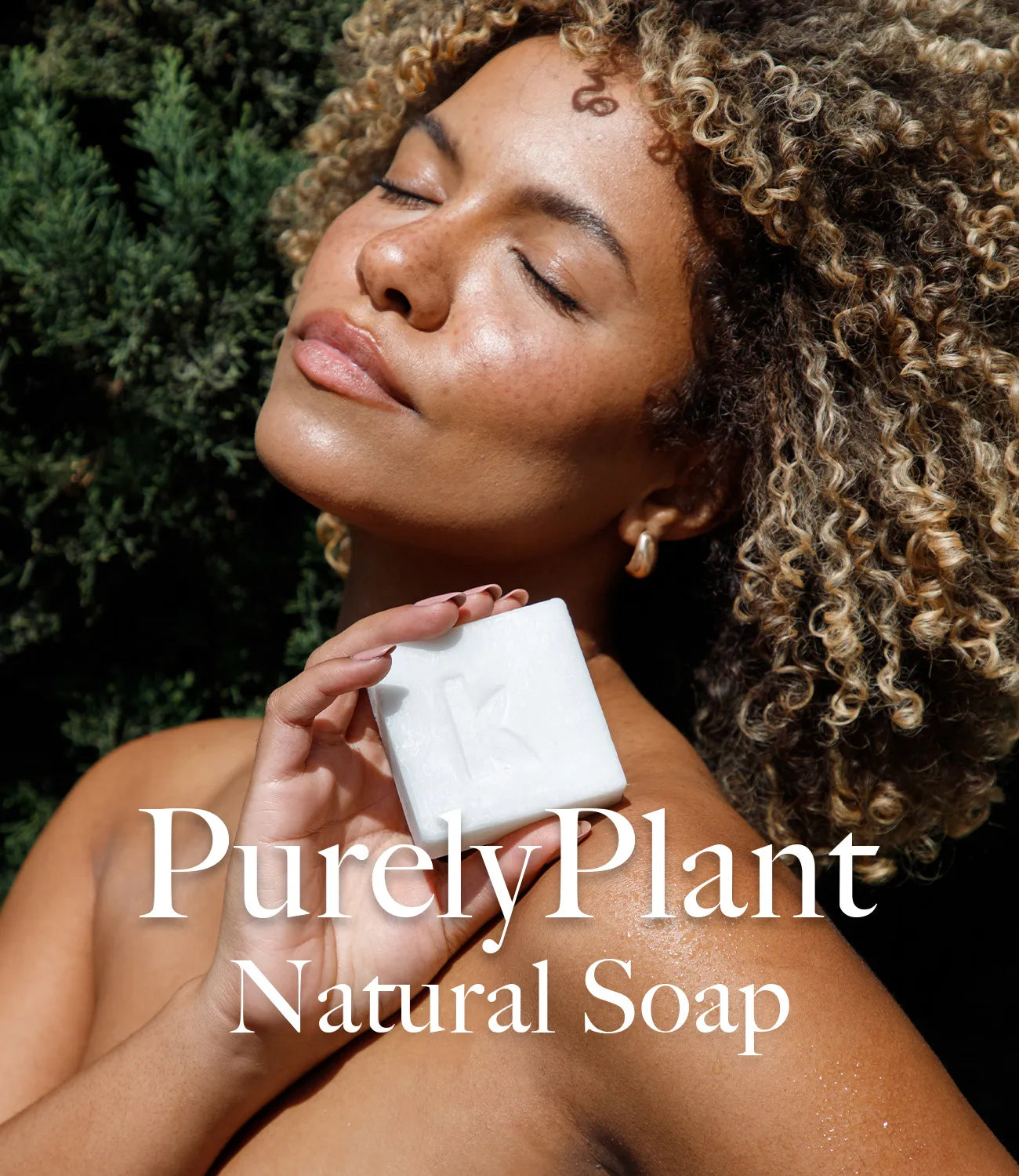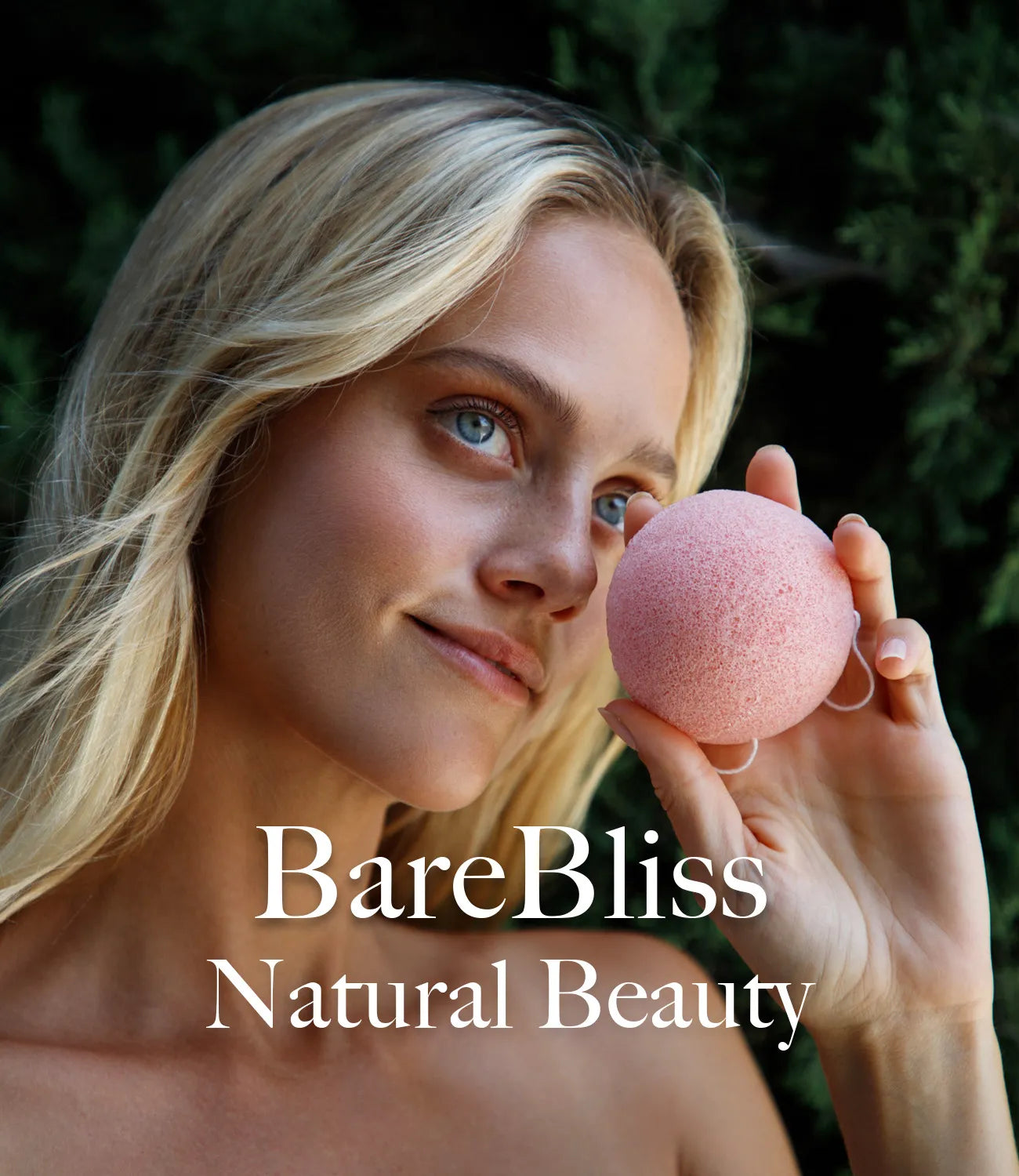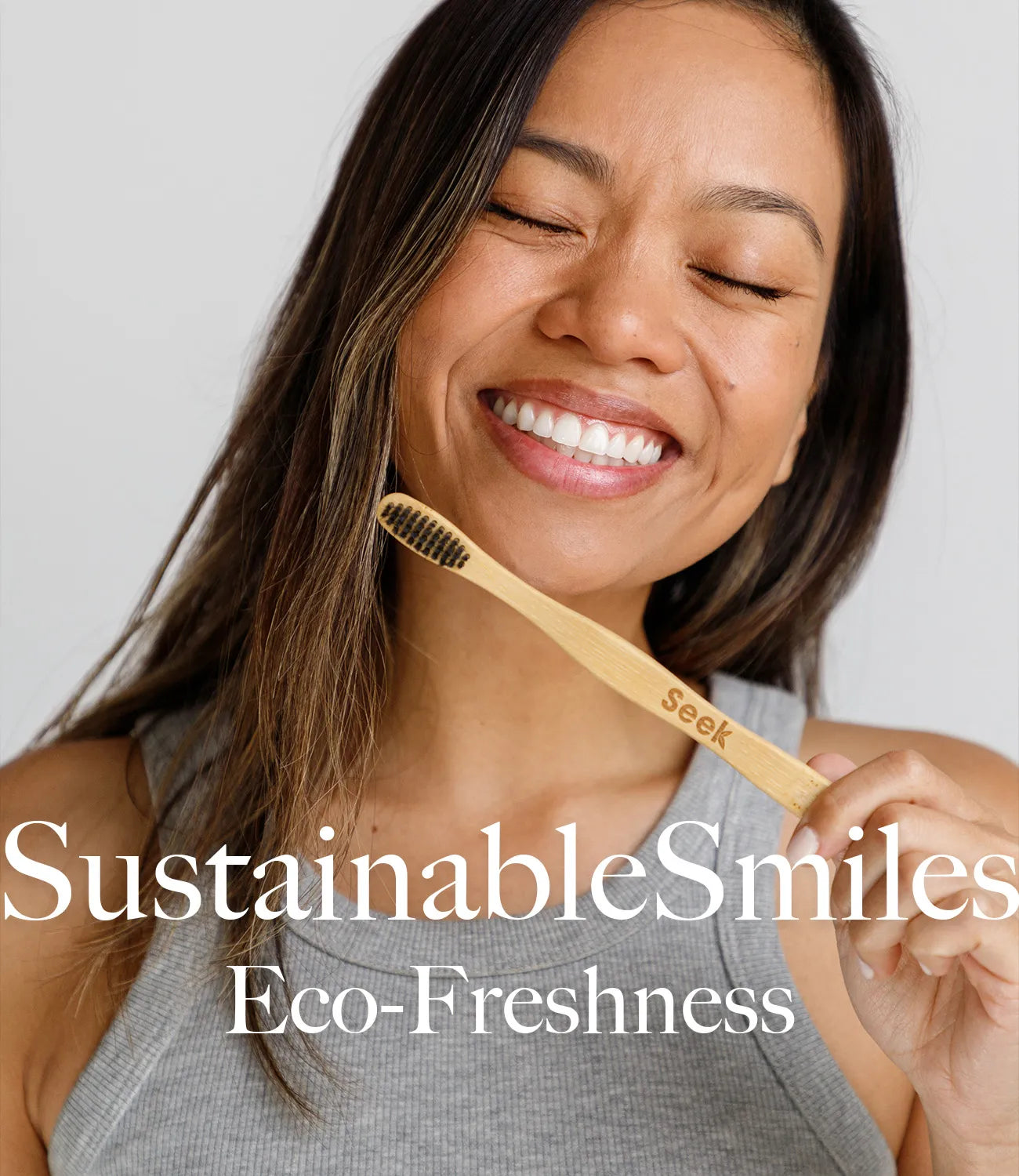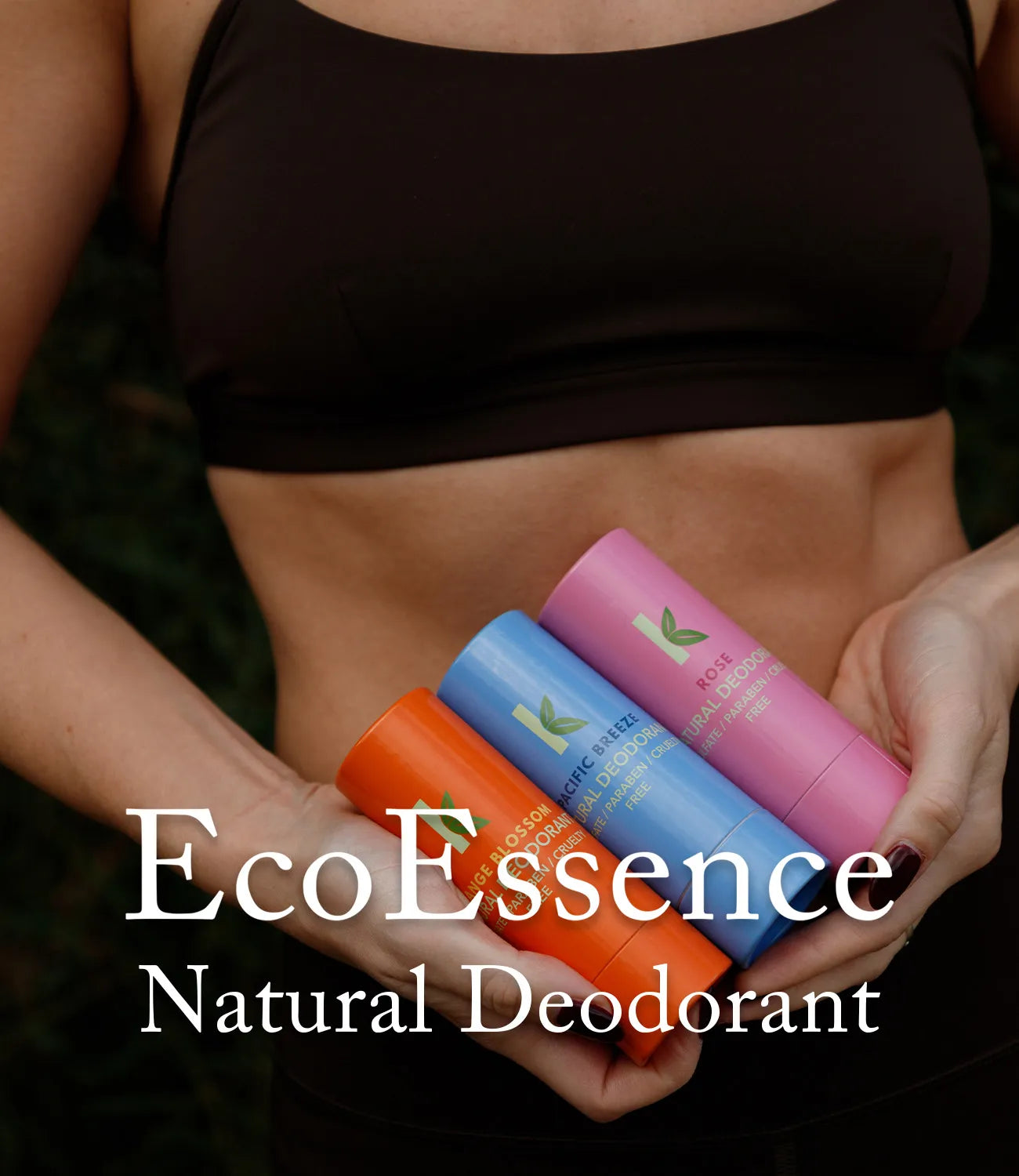Cocoa Butter vs. Shea Butter
When it comes to natural skincare, Cocoa Butter and Shea Butter are two of the most beloved ingredients. Both are prized for their nourishing properties, versatility, and ability to transform dry, damaged skin into something smooth and supple. But while they share many similarities, these two butters also have distinct differences that make each uniquely suited for specific needs.
In this blog, we’ll dive into the world of Cocoa Butter and Shea Butter, exploring their origins, benefits, and how they compare when it comes to skincare, hair care, and overall wellness. Whether you're looking to heal scars, moisturize dry skin, or enhance your DIY beauty recipes, understanding the strengths of each butter can help you make the best choice for your routine.
Let’s unravel the rich and creamy secrets of Cocoa Butter and Shea Butter!
Introduction to Cocoa Butter and Shea Butter
What Are They?
Cocoa Butter and Shea Butter are both natural fats derived from plants, celebrated for their remarkable moisturizing and healing properties.
- Cocoa Butter comes from the cocoa bean, which is the seed of the cacao tree (Theobroma cacao). Known for its velvety texture and subtle chocolatey scent, Cocoa Butter is a popular ingredient in skincare, hair care, and even food products like chocolate.
- Shea Butter is derived from the nuts of the shea tree (Vitellaria paradoxa), native to Africa. With a creamy consistency and a mild, nutty aroma, Shea Butter is a staple in natural skincare, renowned for its ability to deeply nourish and soothe the skin.
How Are They Extracted or Sourced?
- Cocoa Butter is extracted by fermenting, drying, and roasting cocoa beans. The beans are then pressed to separate the cocoa solids from the fat, leaving behind the rich butter.
- Shea Butter is traditionally made by hand. Shea nuts are harvested, boiled, and sun-dried before being crushed and ground into a paste. The paste is kneaded and heated to extract the oil, which solidifies into Shea Butter once cooled.
Modern methods have streamlined these processes for larger-scale production while maintaining the natural qualities of the butters.
Brief History or Traditional Uses
- Cocoa Butter has been used for centuries in Central and South America, where the cacao tree originates. Indigenous peoples valued it for its moisturizing properties and used it in traditional remedies for skin care and healing wounds. It also played a key role in ancient rituals and the production of chocolate.
- Shea Butter has deep roots in African culture, where it’s been used for thousands of years. Often referred to as "women's gold," Shea Butter has been a vital resource for skincare, cooking, and even as a protective balm against the sun. In many African communities, it’s still made using traditional methods passed down through generations.
Both butters carry rich cultural histories and remain highly valued in natural and modern beauty industries worldwide.
Composition and Properties
Fatty Acid Composition
The effectiveness of Cocoa Butter and Shea Butter in skincare lies in their fatty acid profiles, which determine their ability to moisturize, repair, and protect the skin.
- Cocoa Butter: High in saturated fats, especially stearic acid and palmitic acid, which provide a protective barrier on the skin, locking in moisture.
Contains oleic acid, a monounsaturated fat, which adds to its emollient properties.
- Shea Butter: Rich in oleic acid and stearic acid, making it deeply nourishing and easily absorbed by the skin.
Also contains linoleic acid, an omega-6 fatty acid that helps maintain the skin’s barrier function.
Nutrient Profile (Vitamins, Antioxidants)
Both butters are packed with beneficial nutrients that enhance skin and hair health:
- Cocoa Butter: Contains natural antioxidants like vitamin E, which help combat free radicals and prevent signs of aging.
High in phytochemicals, which promote skin elasticity and protect against environmental damage.
- Shea Butter: Abundant in vitamins A and E, which support skin regeneration and provide anti-inflammatory benefits.
Contains vitamin F, a combination of essential fatty acids that soothe and hydrate the skin.
Texture and Consistency Comparison
- Cocoa Butter: Firm at room temperature and melts at body temperature, giving it a luxurious feel. Its smooth texture makes it ideal for balms and creams.
- Shea Butter: Soft and creamy, with a whipped consistency that spreads easily on the skin. It’s perfect for applications requiring quick absorption and a non-greasy finish.
Ideal for use in lotions and conditioners due to its pliability.
While Cocoa Butter is prized for its velvety richness and ability to form a protective layer, Shea Butter stands out for its lightweight texture and superior hydration properties. Choosing between the two often depends on personal preference and specific skincare needs.
Skin Benefits
Moisturizing Properties
Both Cocoa Butter and Shea Butter are excellent moisturizers, but they achieve hydration in slightly different ways:
- Cocoa Butter forms a protective barrier on the skin, sealing in moisture and preventing water loss. Its high concentration of saturated fats ensures long-lasting hydration, making it ideal for extremely dry or flaky skin.
- Shea Butter penetrates deeply into the skin, thanks to its blend of fatty acids and vitamins. It not only hydrates but also nourishes the skin from within, leaving it soft and supple without feeling greasy.
Effectiveness for Dry or Sensitive Skin
Both butters are suitable for dry and sensitive skin, but their unique properties make them more effective for specific concerns:
- Cocoa Butter is ideal for individuals dealing with chapped or extremely dehydrated skin. Its emollient nature soothes irritation and leaves the skin feeling smooth. However, its richness may feel heavy for sensitive or acne-prone skin.
- Shea Butter is a gentler option for sensitive skin types, including those prone to eczema or rosacea. Its anti-inflammatory properties help calm redness and irritation while restoring the skin’s natural balance.
Benefits for Stretch Marks, Scars, and Anti-Aging
One of the standout qualities of both Cocoa Butter and Shea Butter is their ability to address common skin concerns like stretch marks, scars, and signs of aging.
Cocoa Butter: Known for its effectiveness in reducing the appearance of stretch marks, especially during pregnancy or weight fluctuations.
Its antioxidants, including vitamin E, help improve skin elasticity and fade scars over time.
Regular use can enhance skin tone and texture, making it look smoother and more youthful.
- Shea Butter: Contains natural healing properties that are effective for reducing scars, blemishes, and hyperpigmentation.
Its high vitamin A content promotes skin cell regeneration, which is beneficial for fading stretch marks.
The anti-aging effects of Shea Butter come from its ability to stimulate collagen production, reducing the appearance of fine lines and wrinkles.
While Cocoa Butter excels in forming a protective barrier and is a go-to for preventing and minimizing stretch marks, Shea Butter’s versatility and regenerative properties make it a powerful ally in healing and rejuvenating the skin.
Hair Benefits
How Each Butter Can Be Used for Hair Care
Both Cocoa Butter and Shea Butter can be used to nourish and protect hair, though their applications differ slightly:
Cocoa Butter: Works as a sealing butter, helping to lock in moisture after washing or conditioning.
Often used in hair masks and deep conditioners to add shine and smoothness to hair strands.
Helps tame frizz and protect hair from environmental damage.
- Shea Butter: A lightweight moisturizer that can be applied directly to the scalp to soothe dryness and reduce dandruff.
Ideal as a leave-in conditioner or pre-shampoo treatment to repair and hydrate hair.
Blends well with oils for DIY hair care products like serums and sprays.
Benefits for Dry or Damaged Hair
Both butters are highly effective in treating dryness and damage, though their strengths differ:
Cocoa Butter: Its emollient properties coat the hair shaft, providing protection from breakage and split ends.
Enhances hair elasticity, making it less prone to snapping under tension.
Great for restoring shine to dull, lifeless hair.
- Shea Butter: Penetrates deeply into the hair and scalp, delivering nutrients that repair damaged strands.
Contains vitamins A and E, which strengthen hair from the root and promote healthy growth.
Its lightweight texture makes it suitable for regular use without weighing hair down.
Usage in Curly Hair Routines
Curly hair thrives on moisture and protection, making both Cocoa Butter and Shea Butter excellent choices:
Cocoa Butter: Helps define curls and reduce frizz by creating a protective layer around each strand.
Can be used as a styling butter to enhance shine and hold in humidity-prone environments.
Ideal for thicker or coarser curl patterns that need heavier moisturization.
- Shea Butter: Perfect for detangling curls and minimizing breakage during styling.
Works as a curl cream when mixed with lightweight oils, leaving curls bouncy and hydrated.
Suitable for all curl types, from wavy to coily, due to its lightweight yet nourishing properties.
Whether you need protection and shine from Cocoa Butter or deep hydration and repair from Shea Butter, incorporating these natural ingredients into your hair care routine can make a significant difference. Choosing the right one depends on your hair type and specific needs.
Choosing the Right Butter for Your Needs
Cocoa Butter and Shea Butter are both incredible natural ingredients with unique benefits for skin and hair. Whether you’re looking to lock in moisture, soothe sensitive skin, or repair damaged hair, one or both butters can be a game-changer in your beauty routine. The best choice depends on your individual needs, but why not enjoy the benefits of both in a balanced approach?
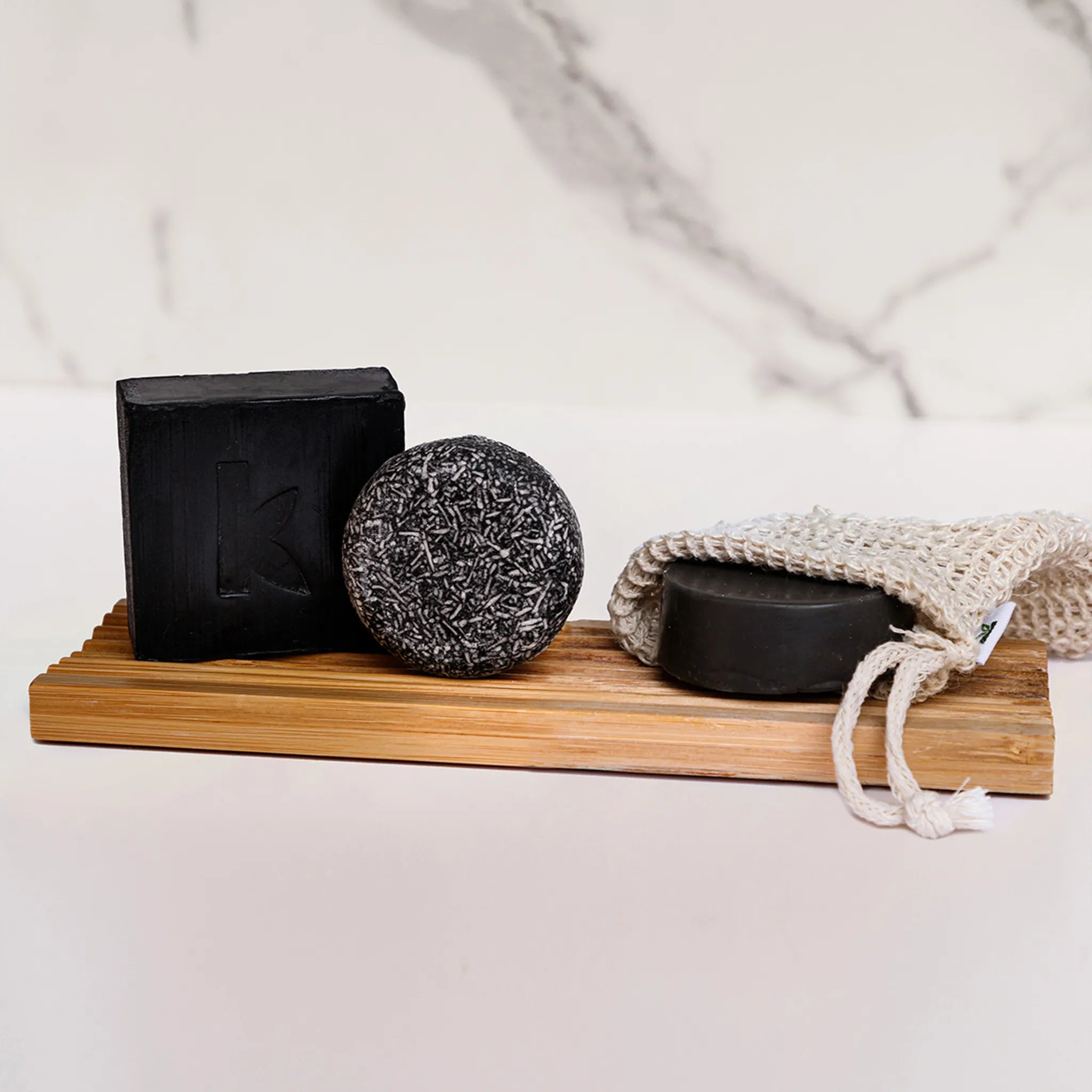
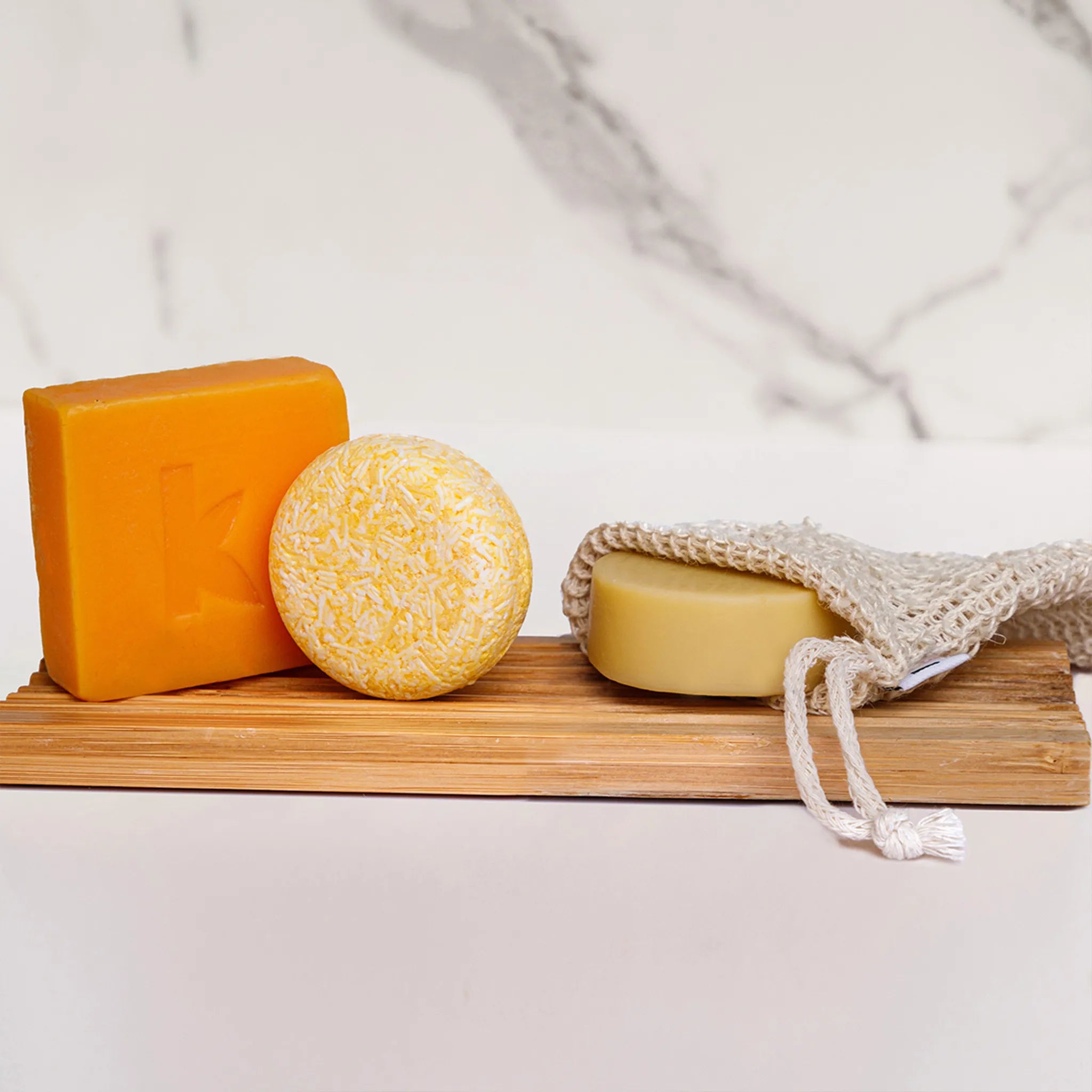
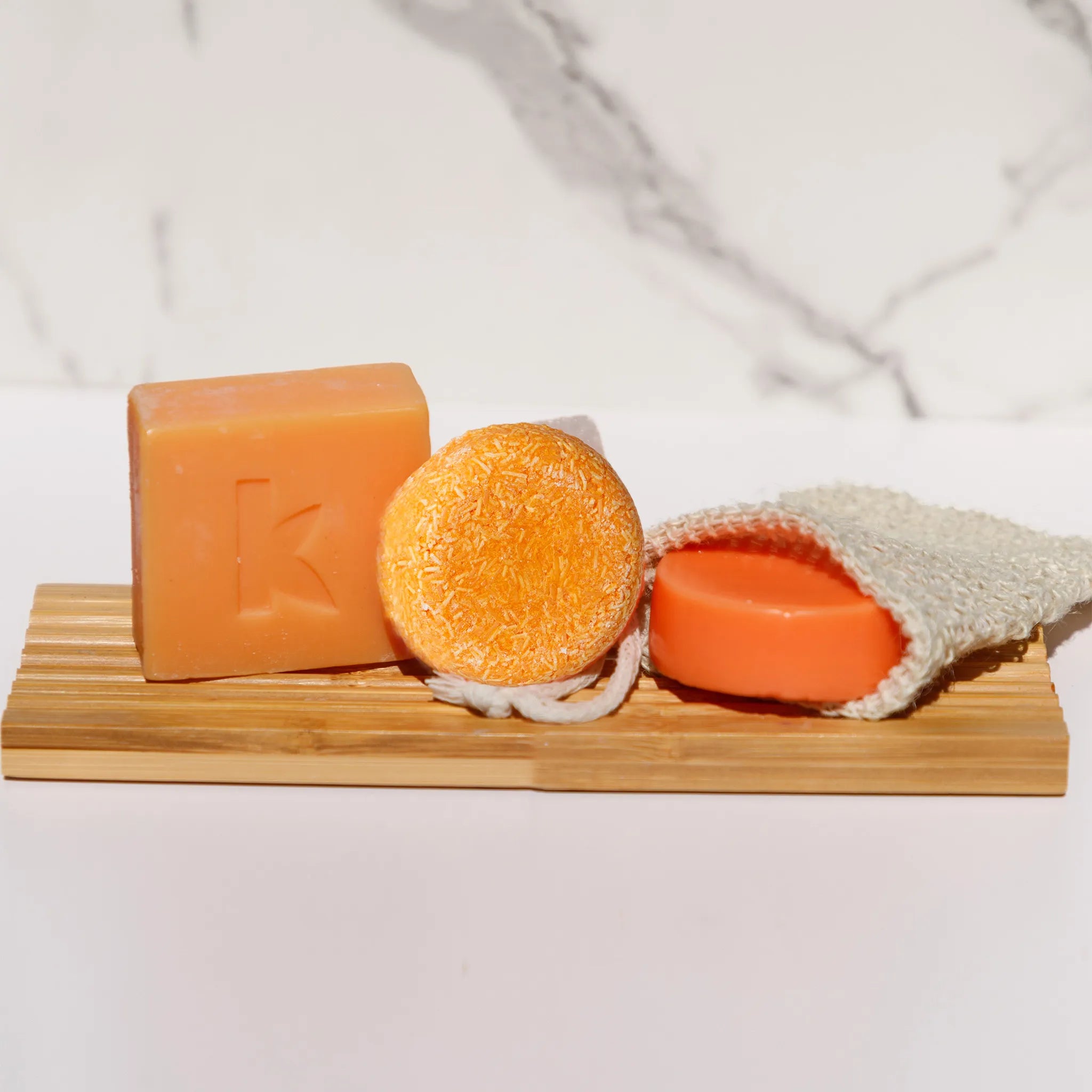
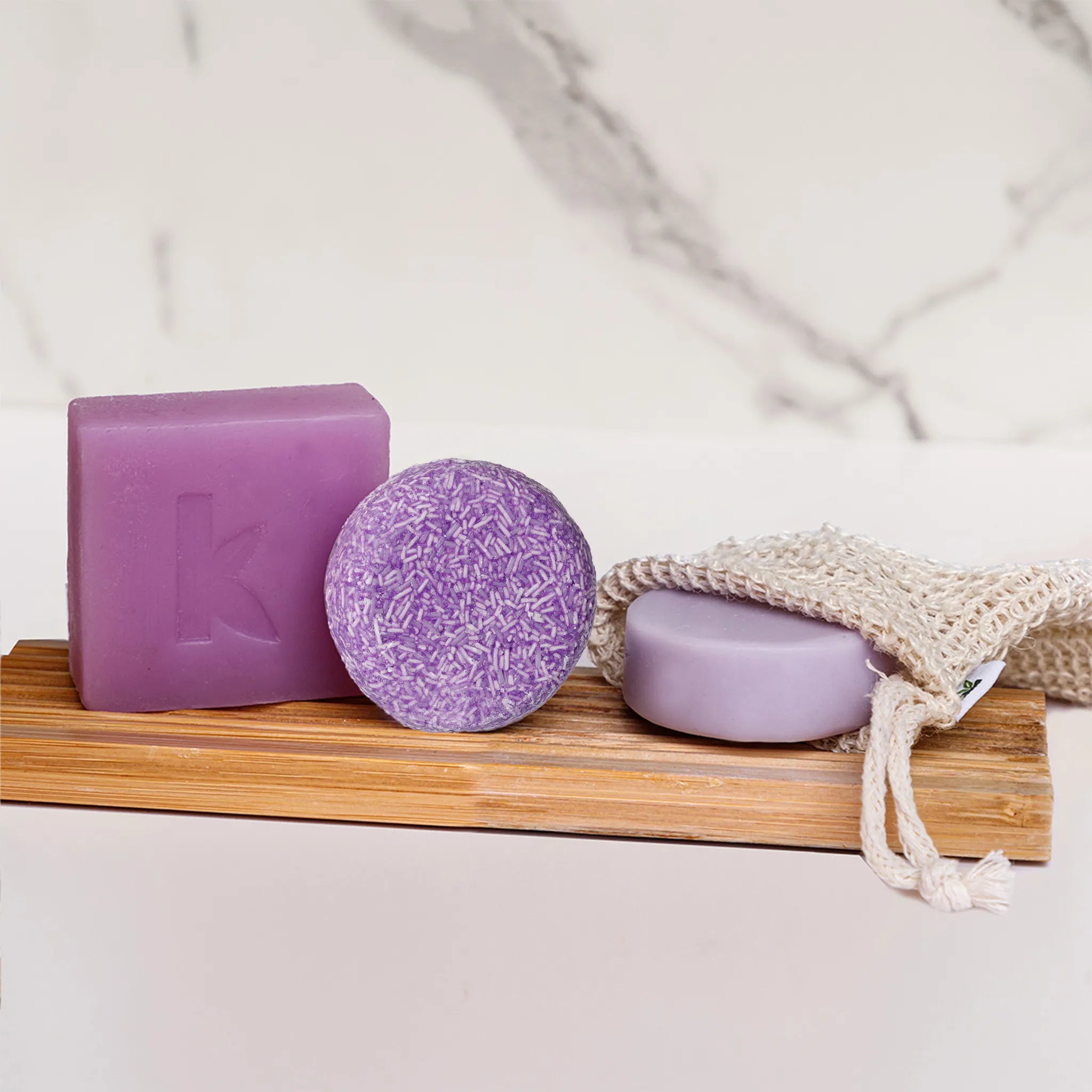
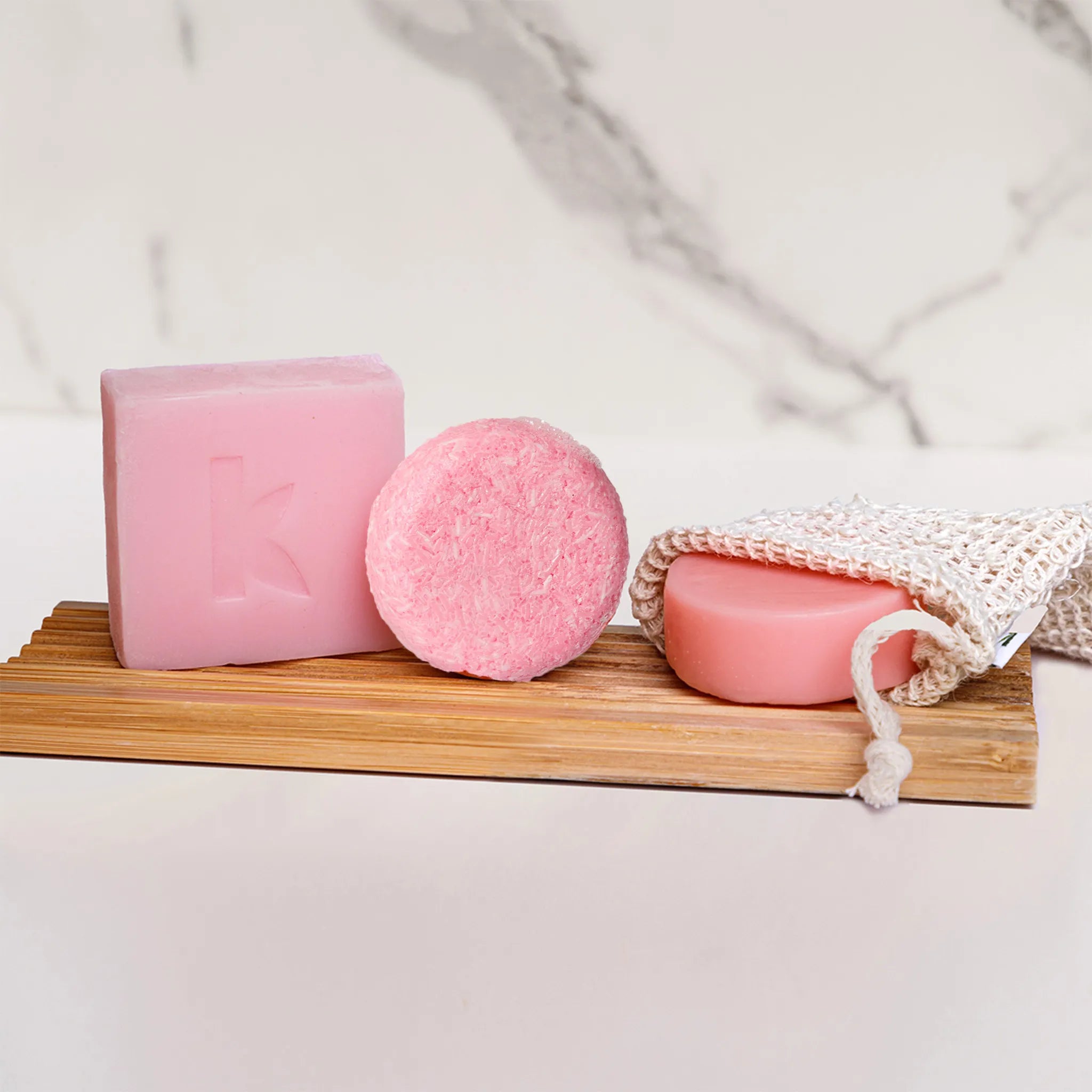
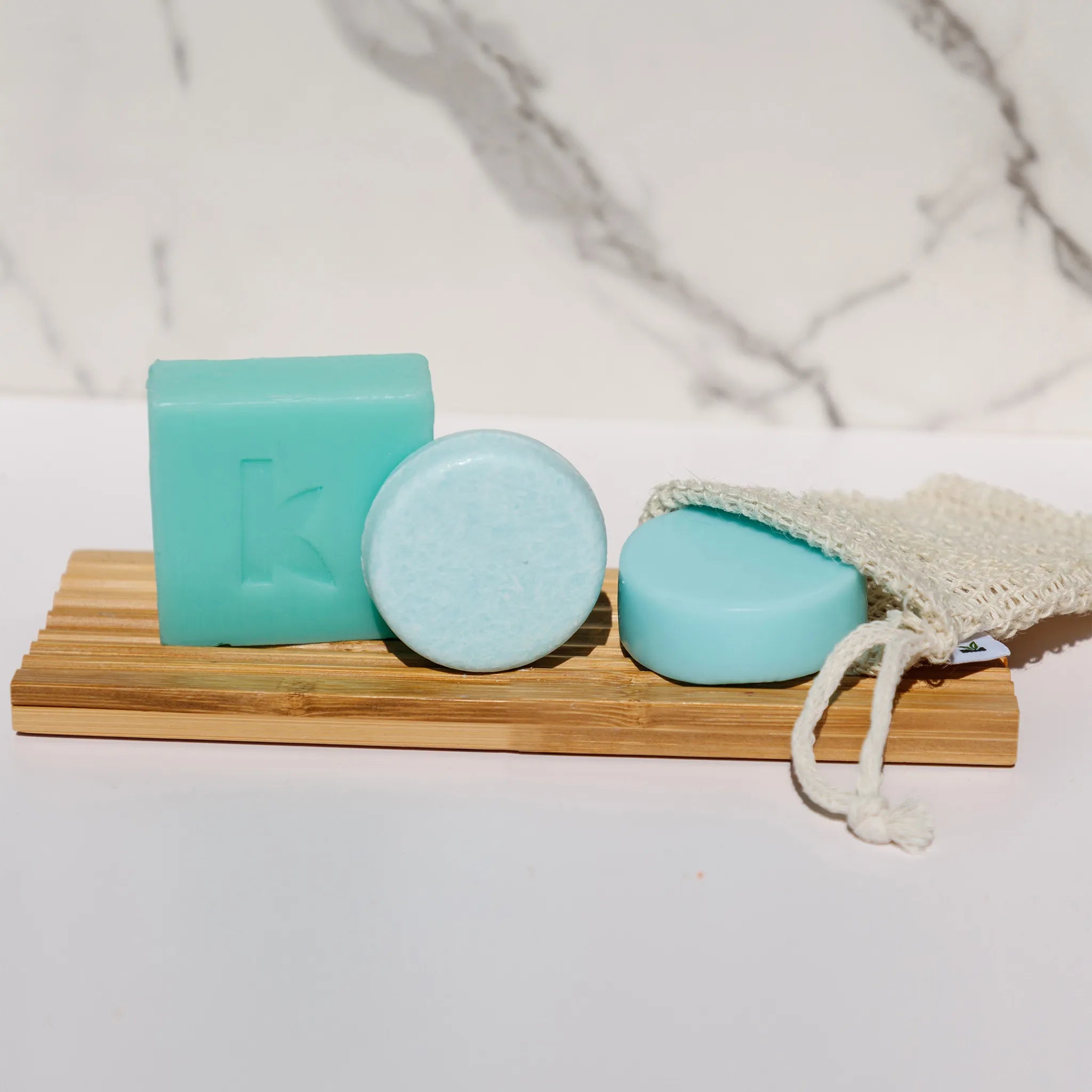
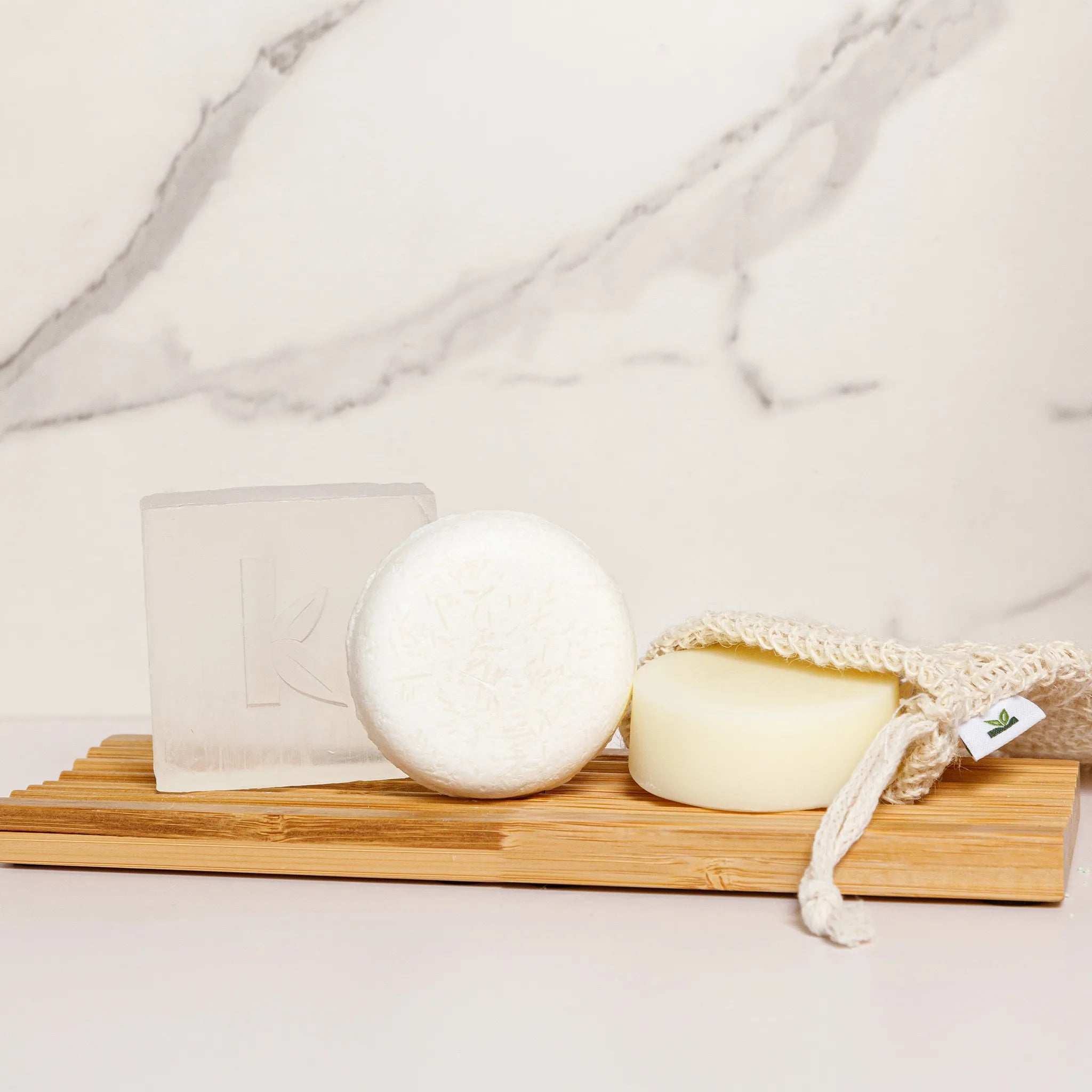
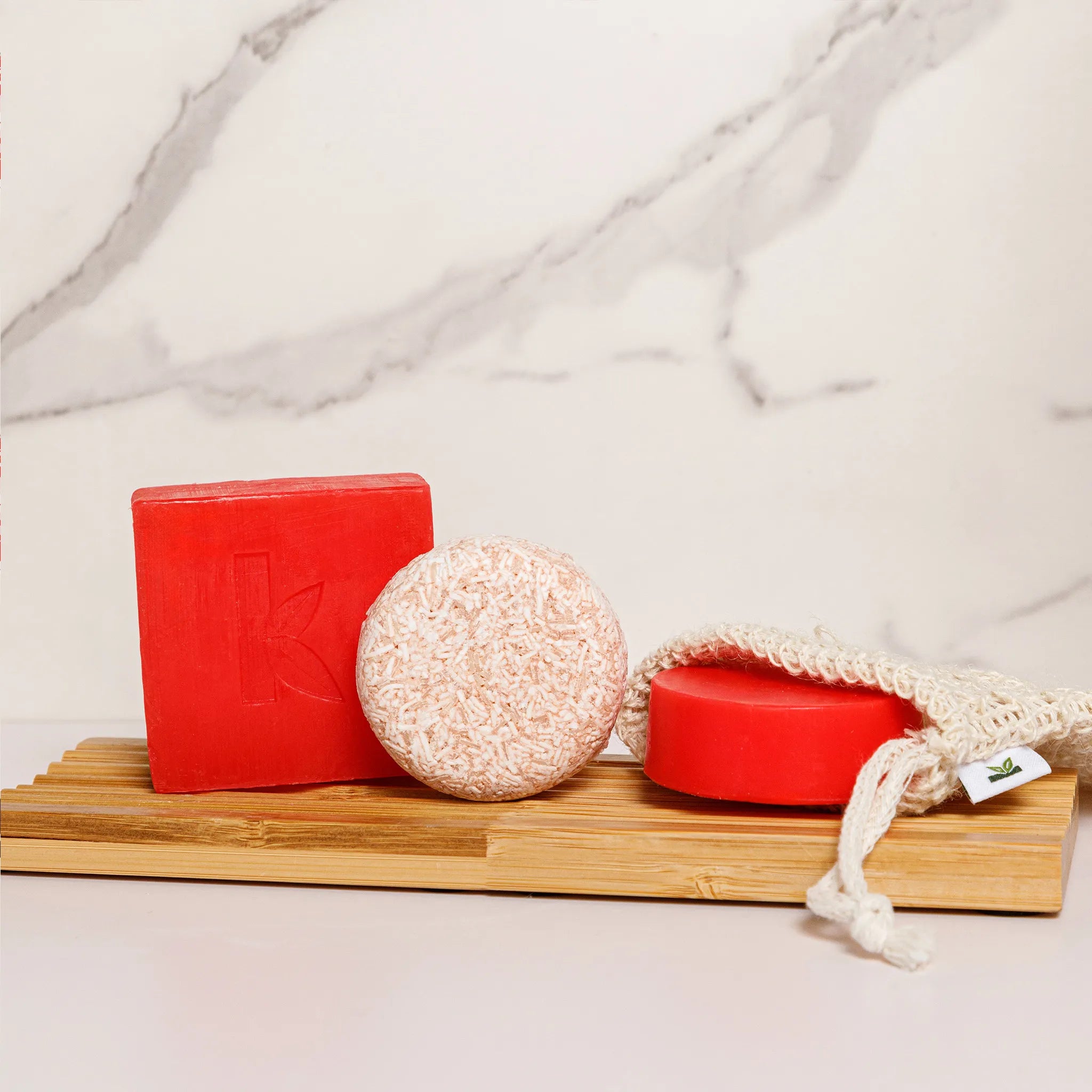
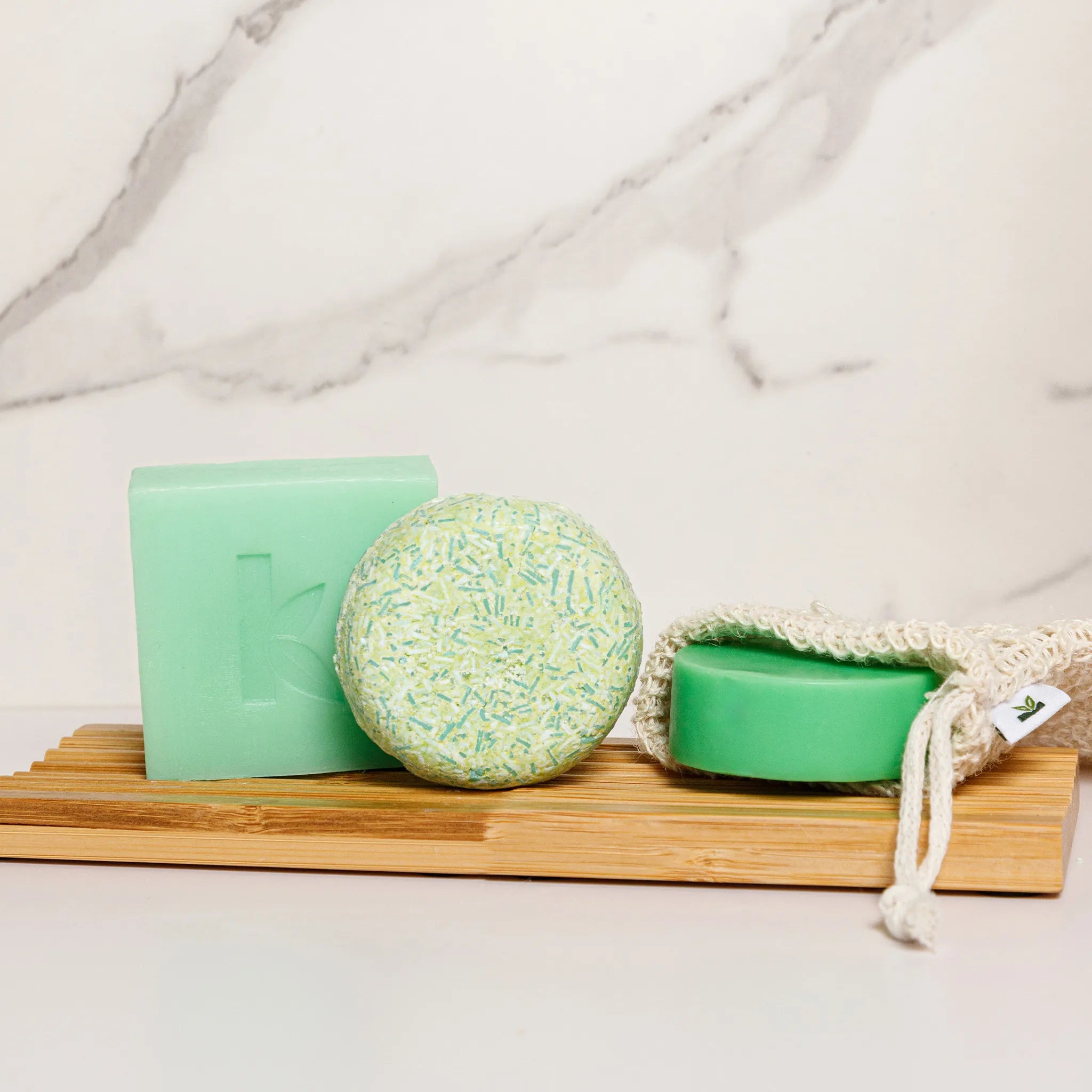
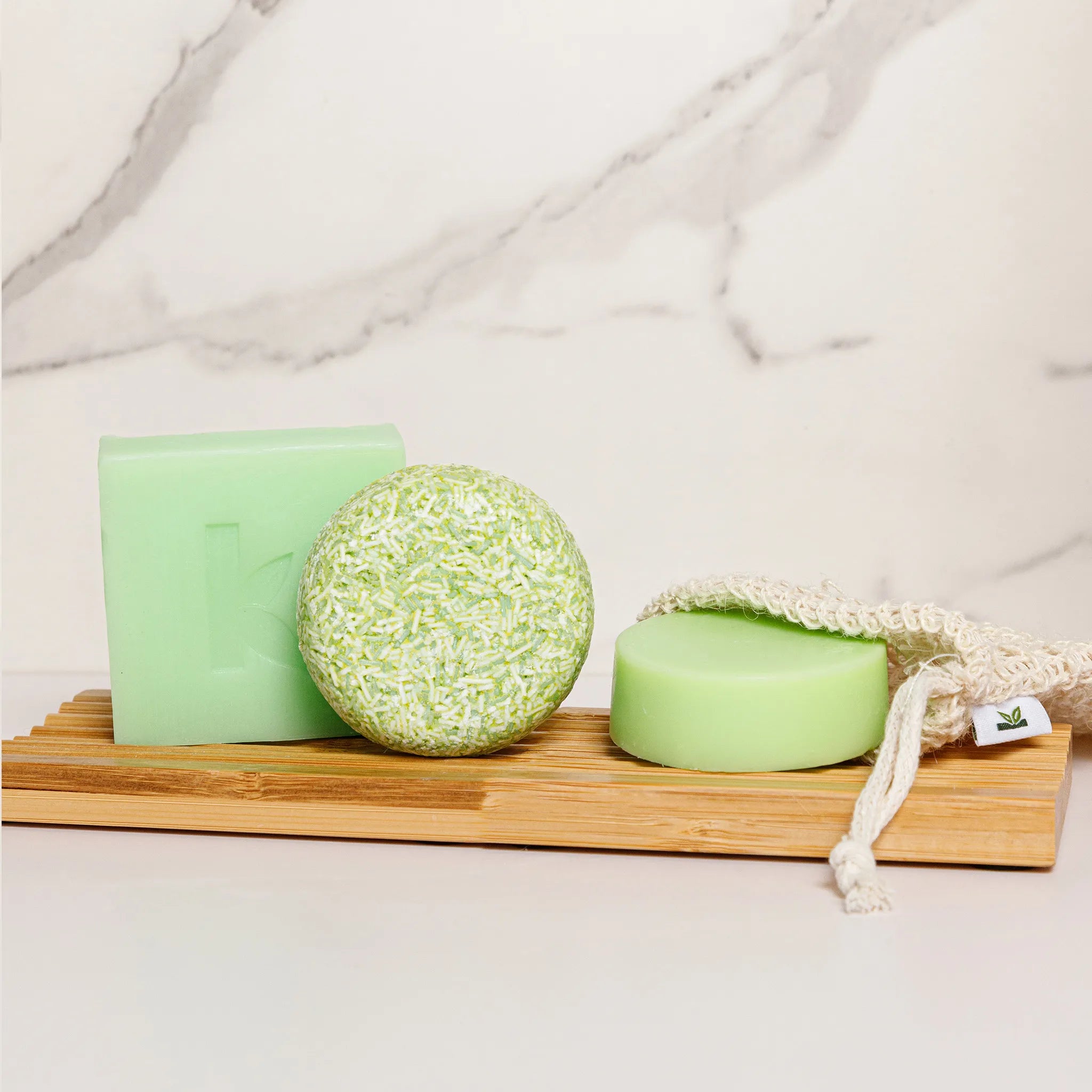
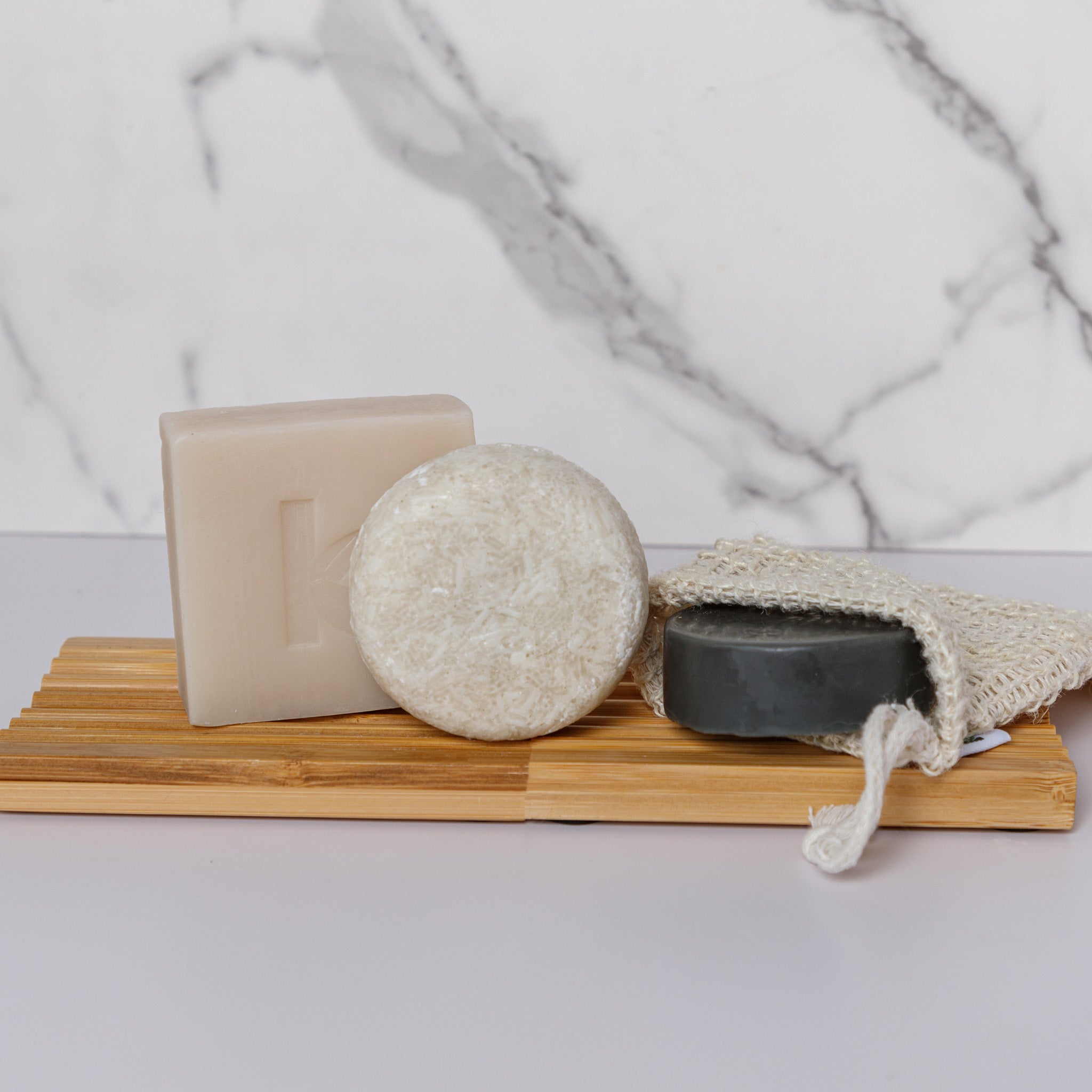
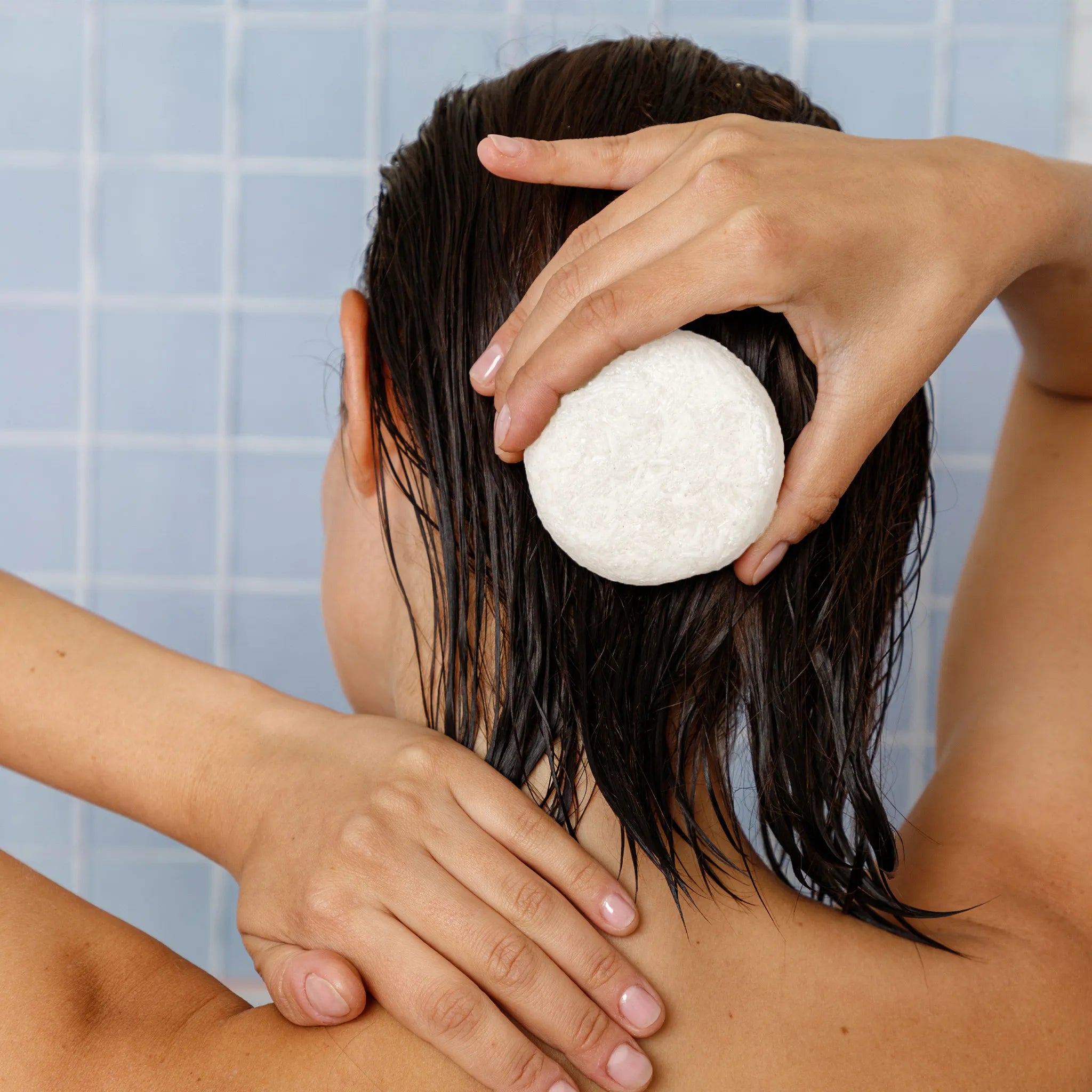
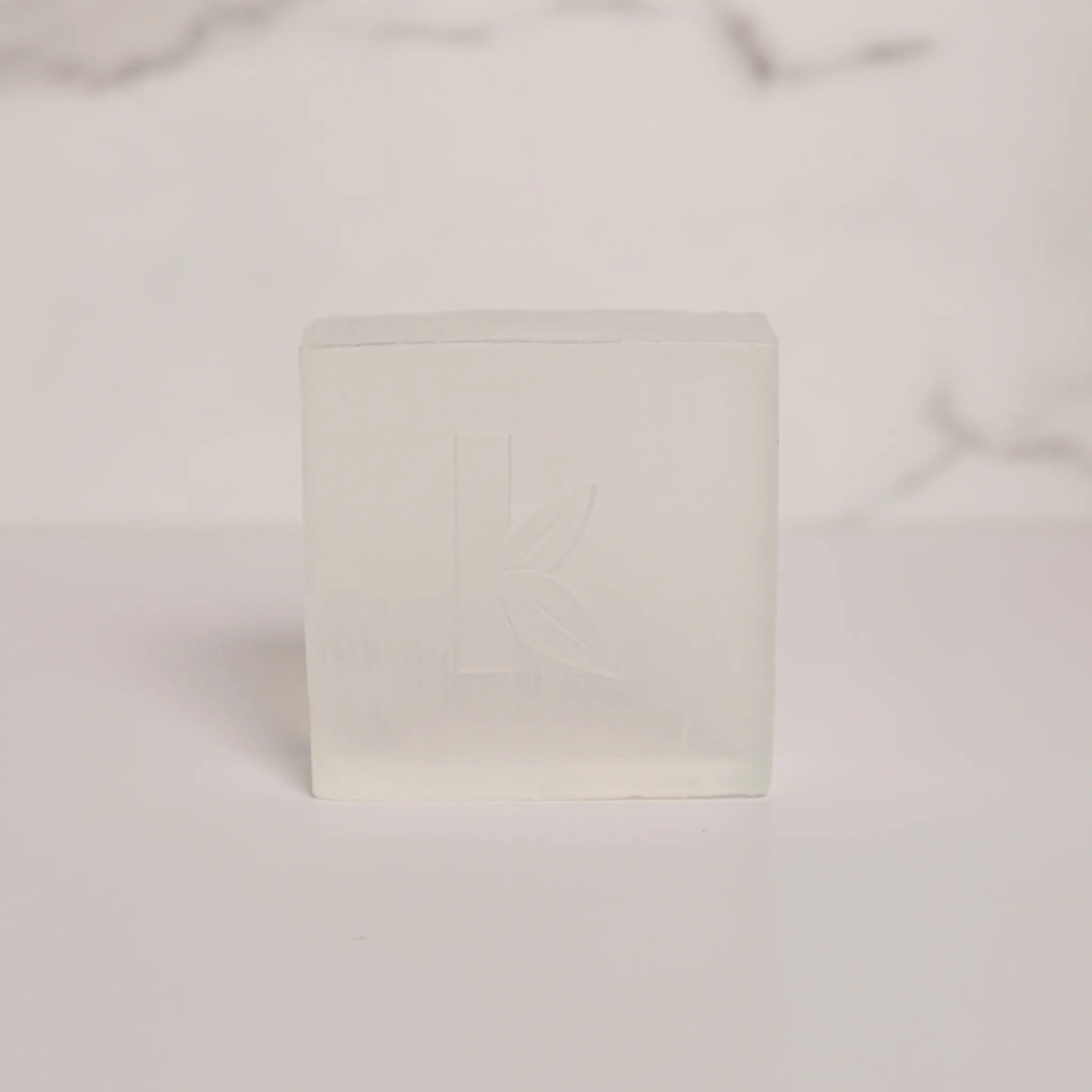
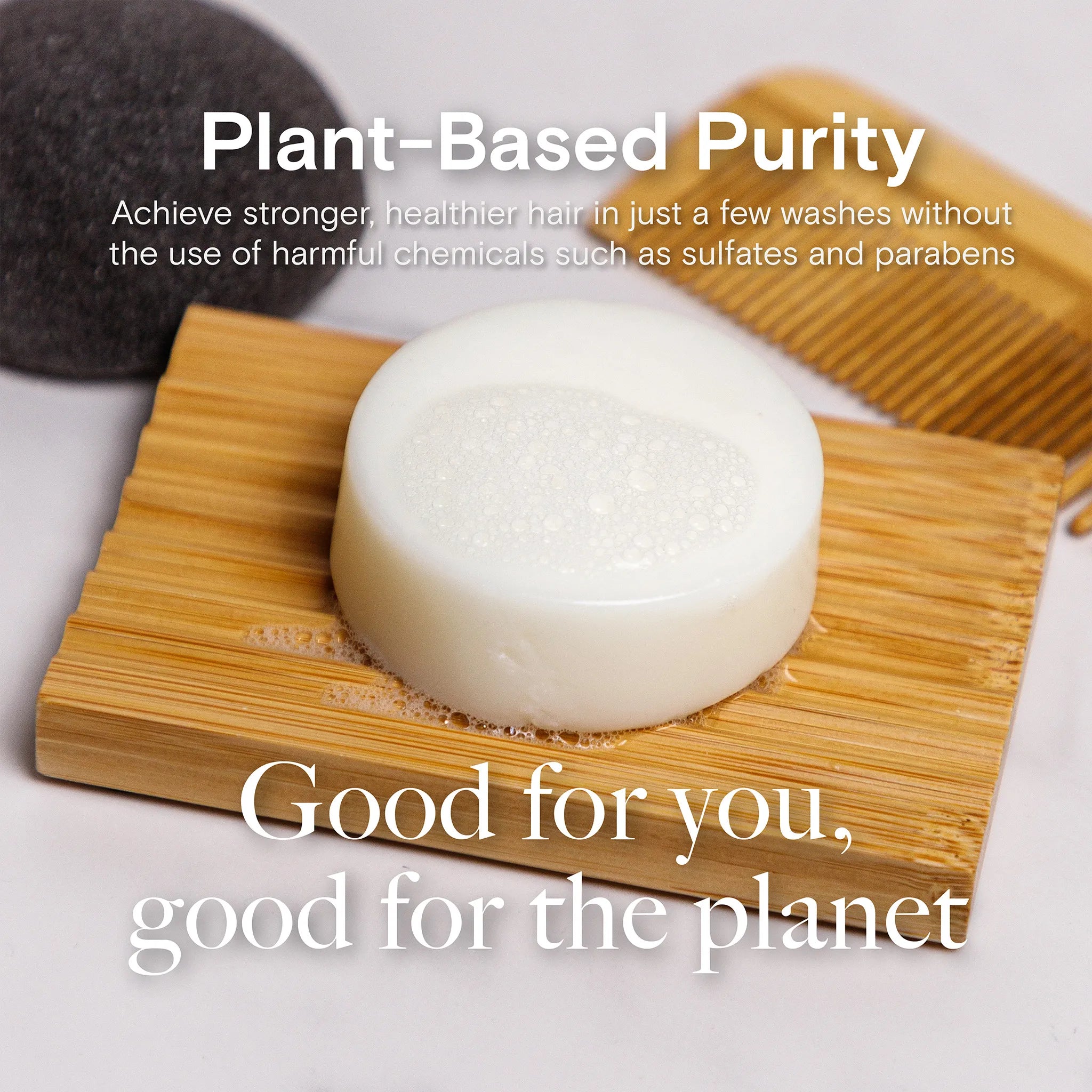
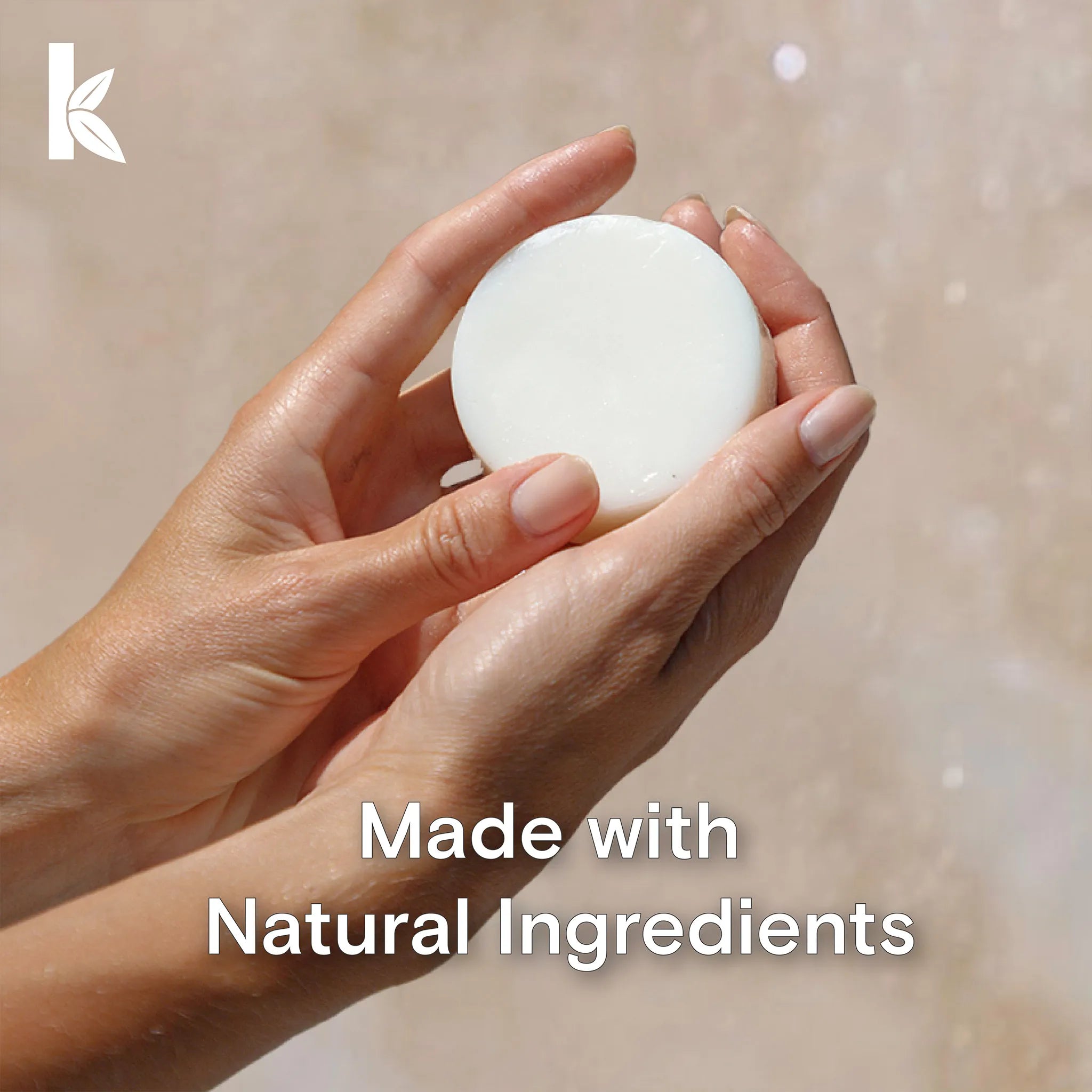

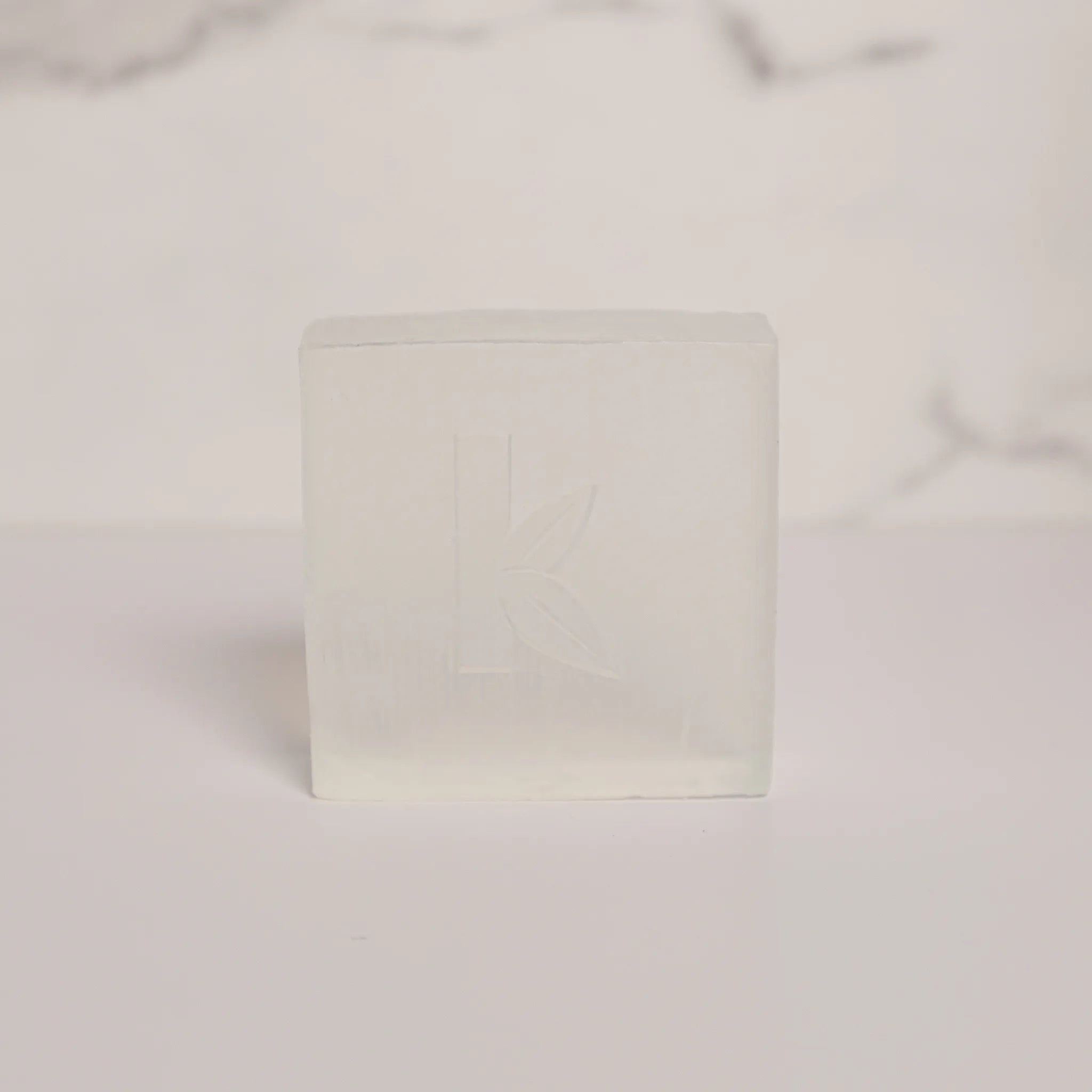
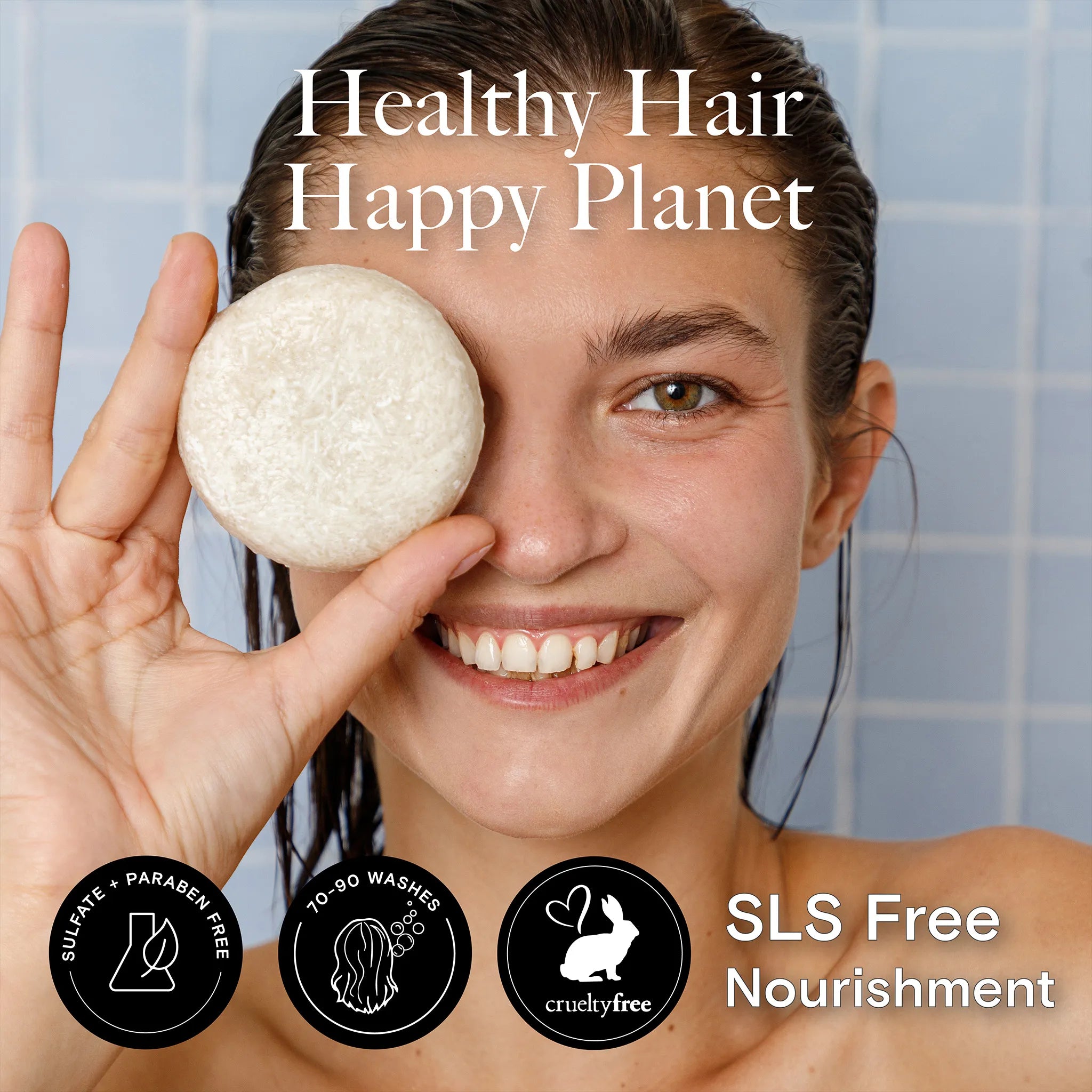
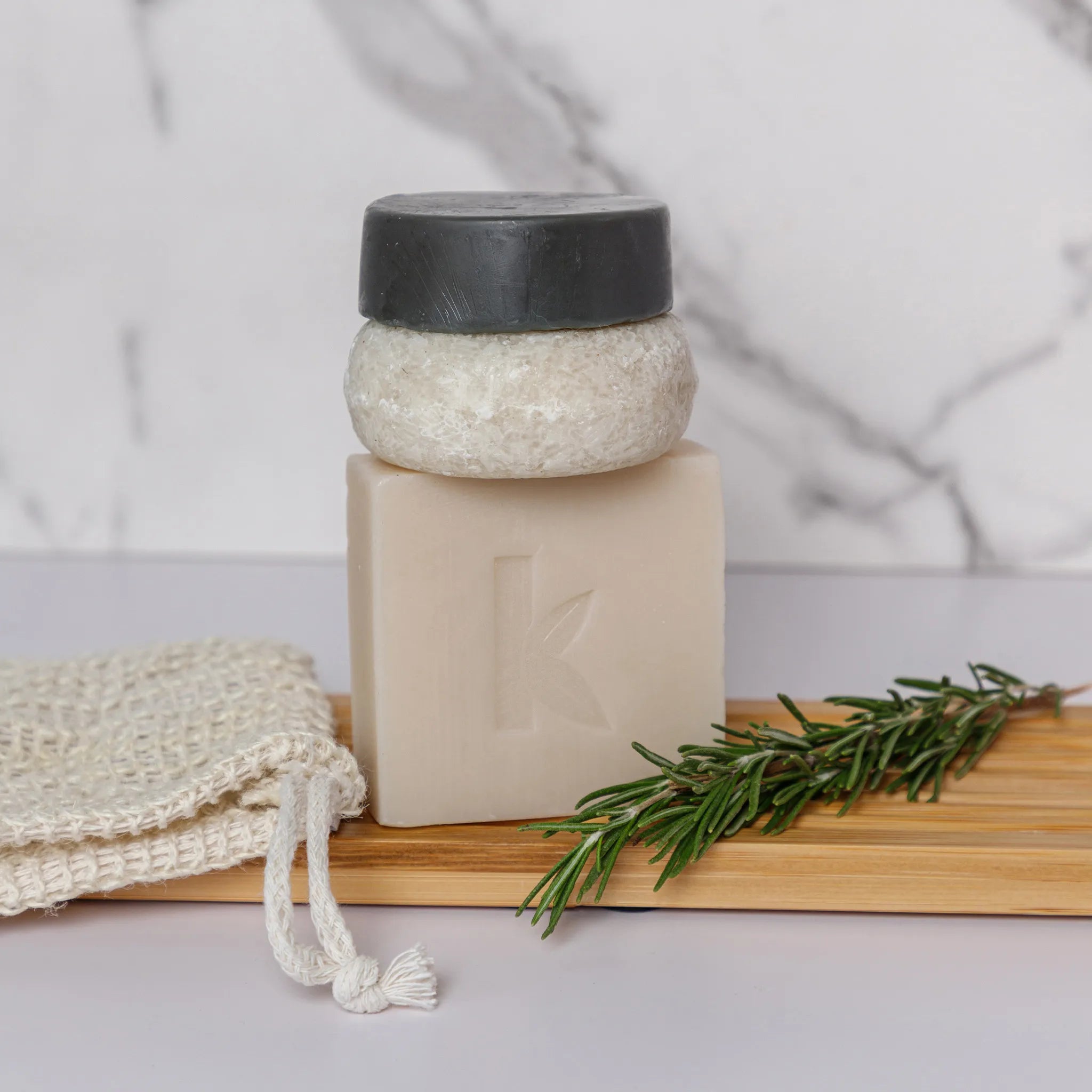
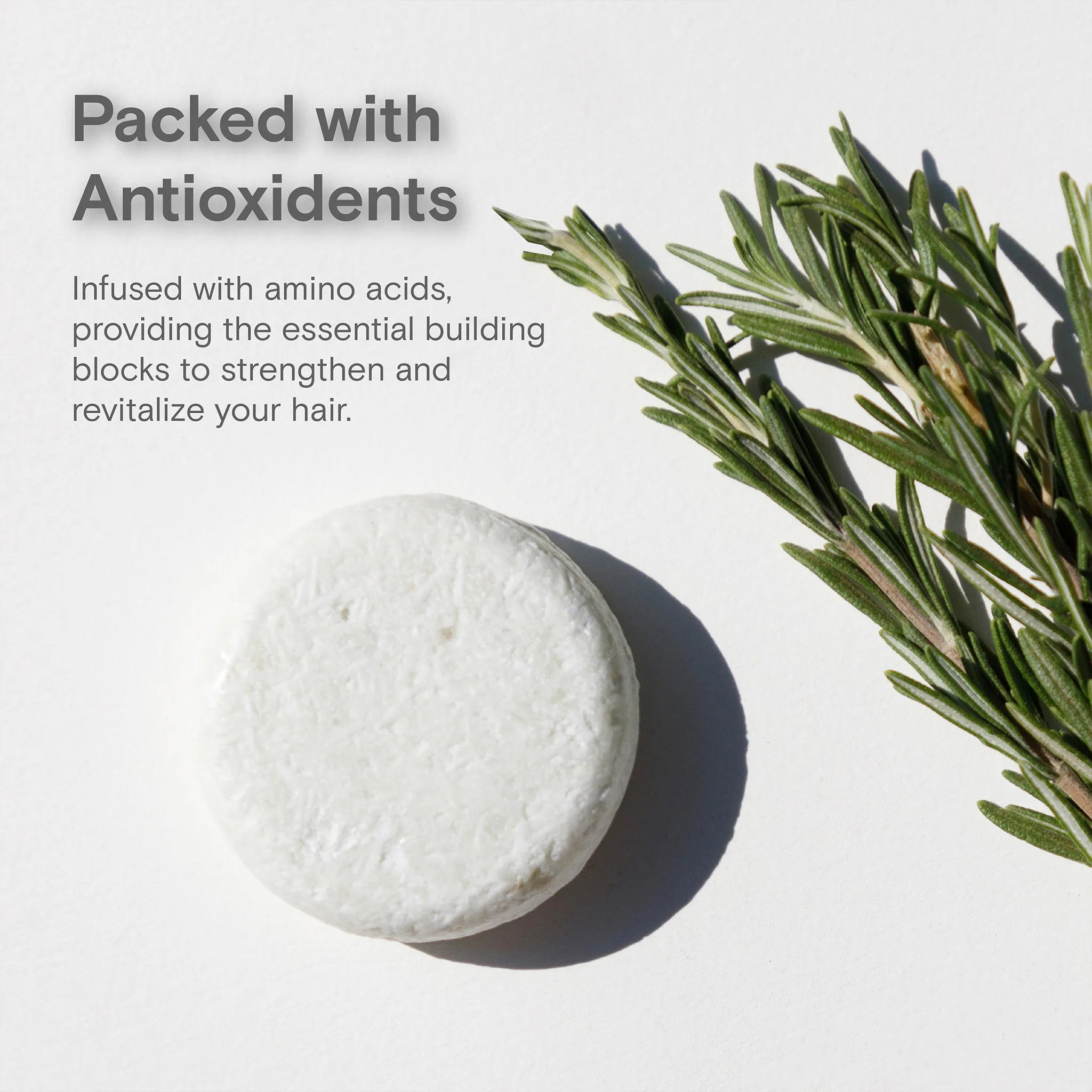
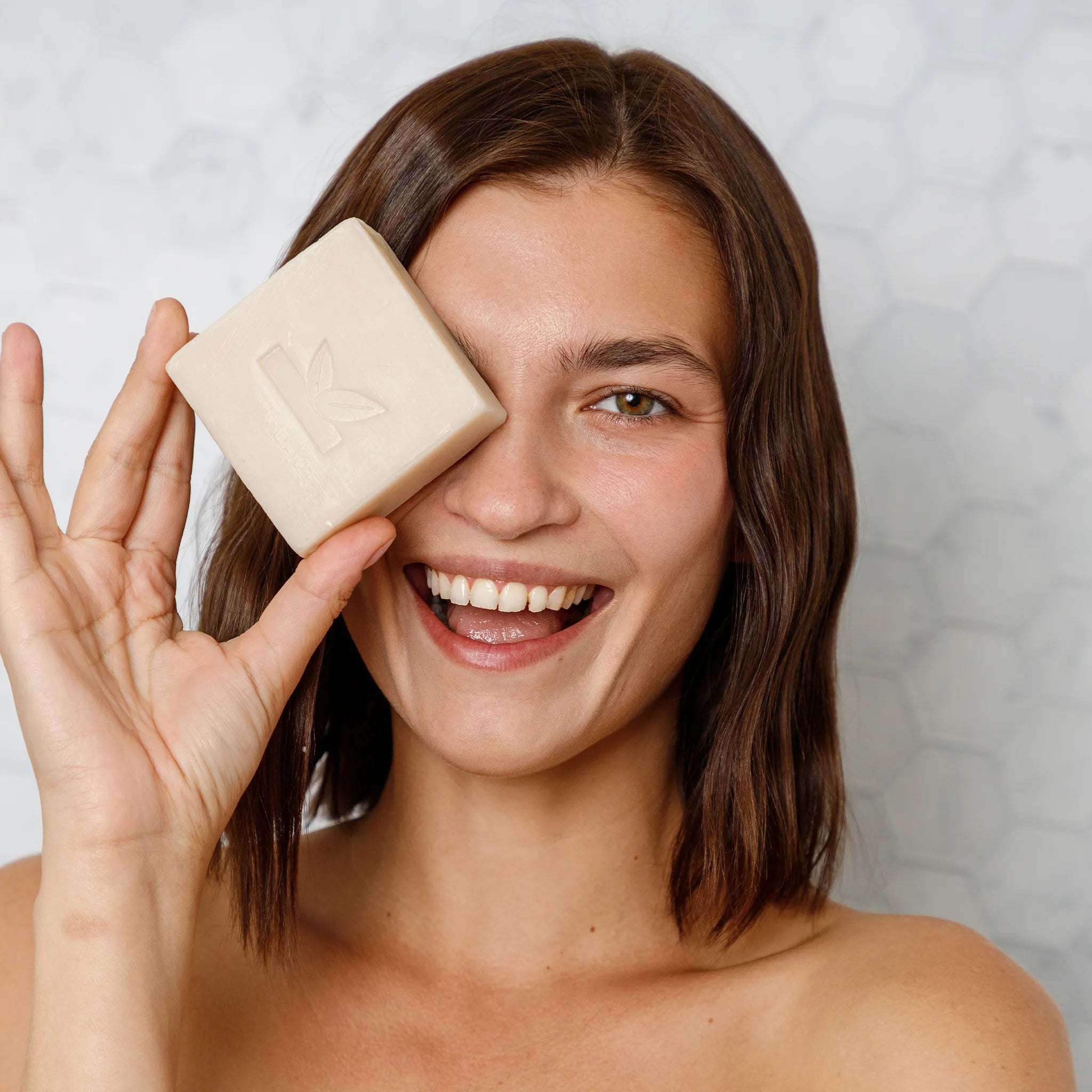
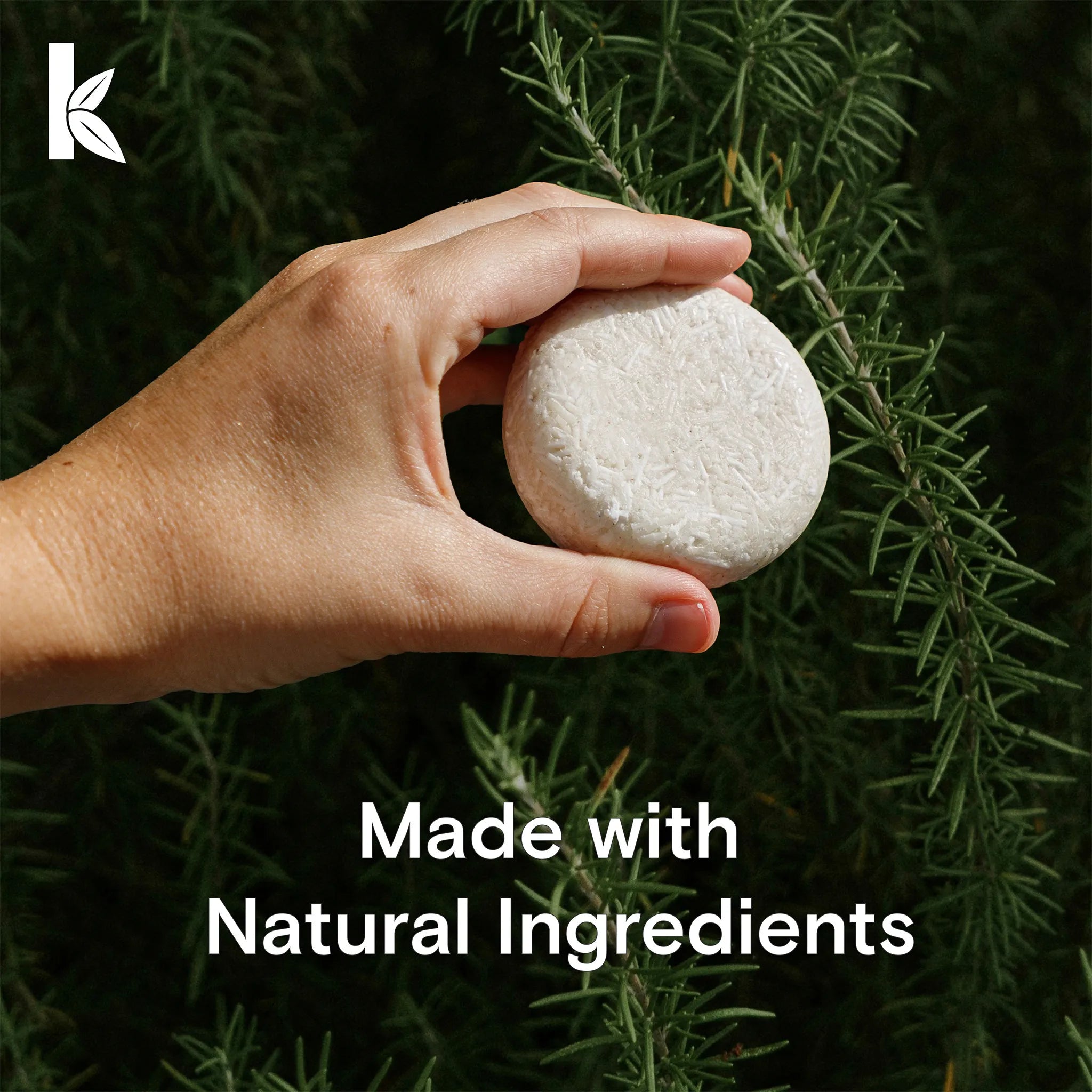
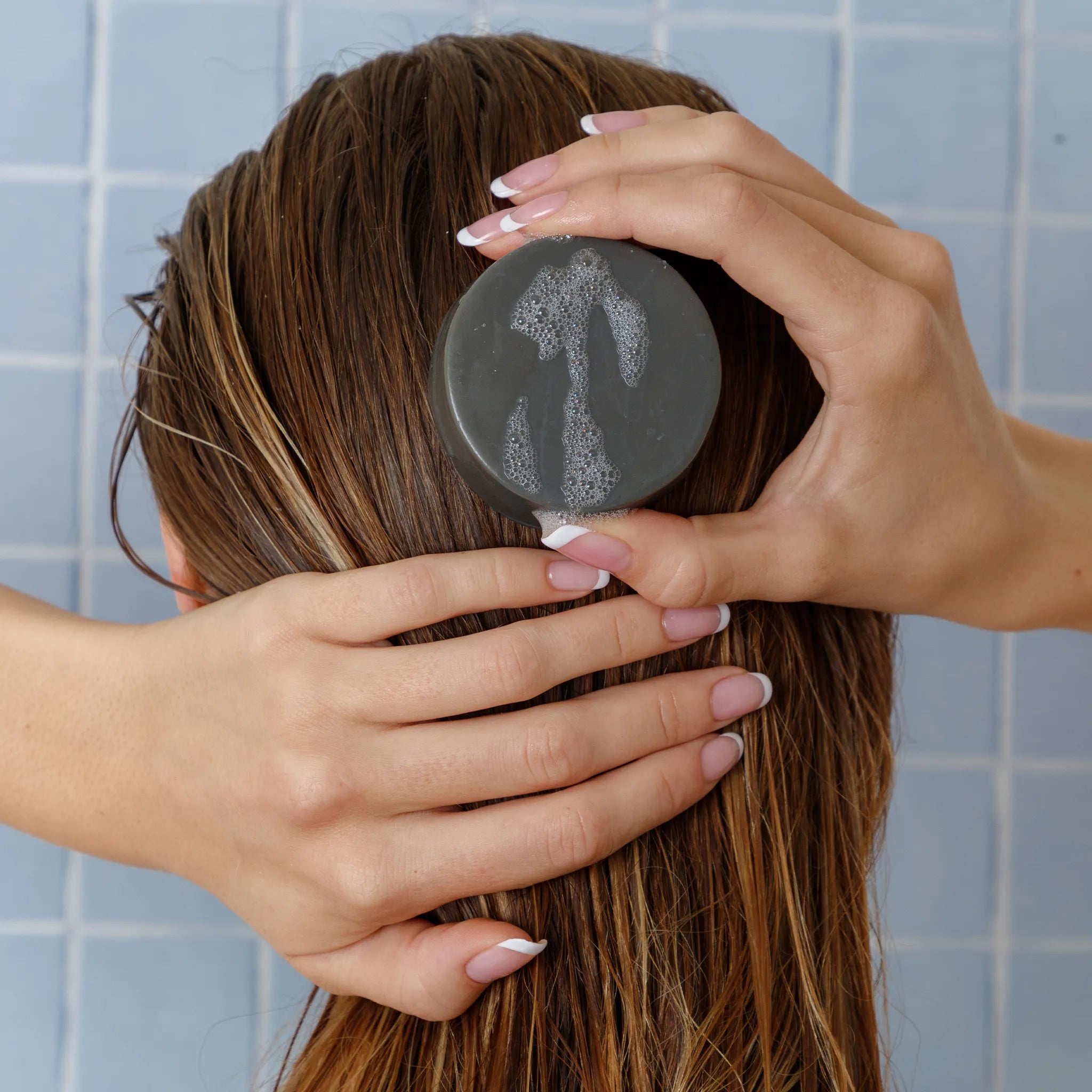
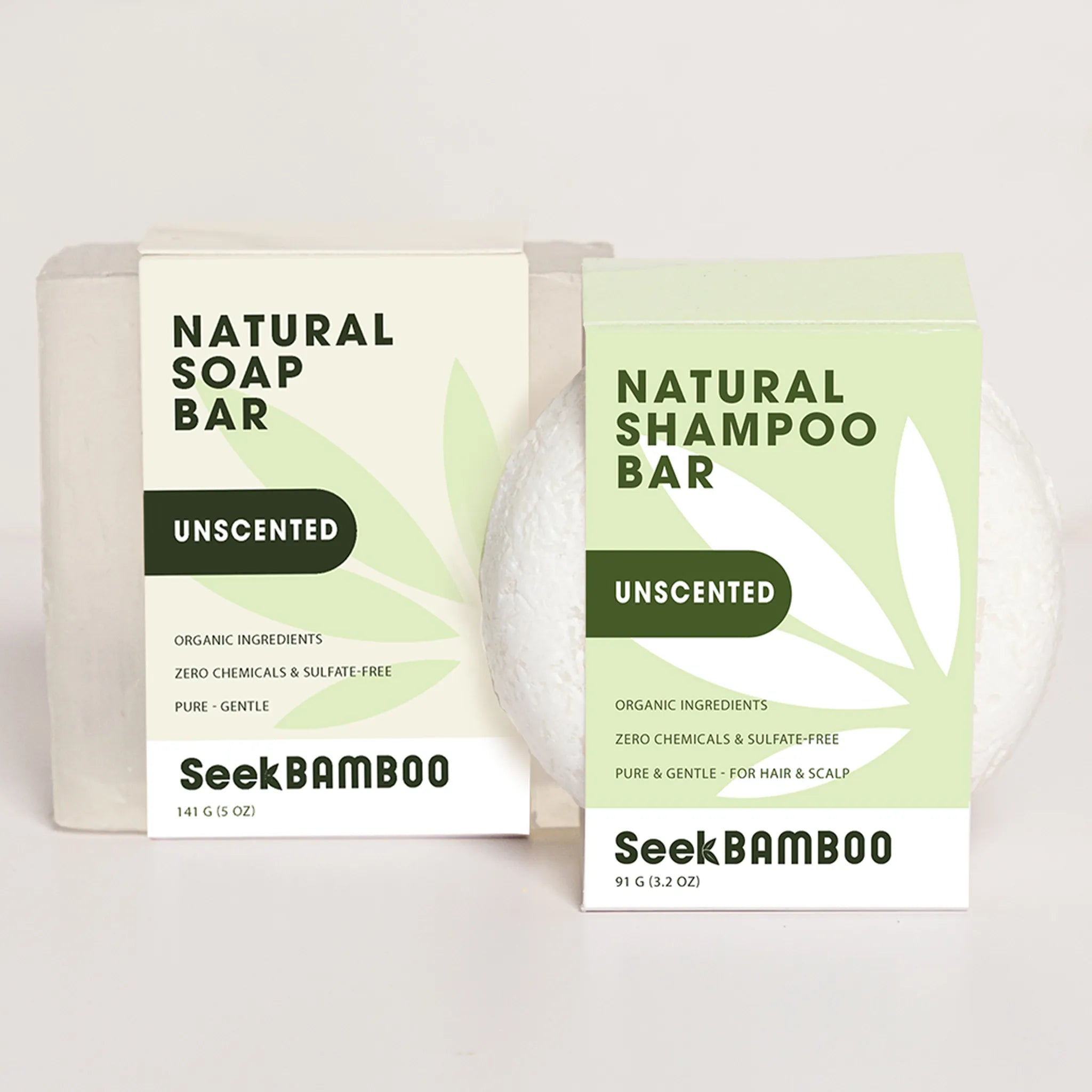
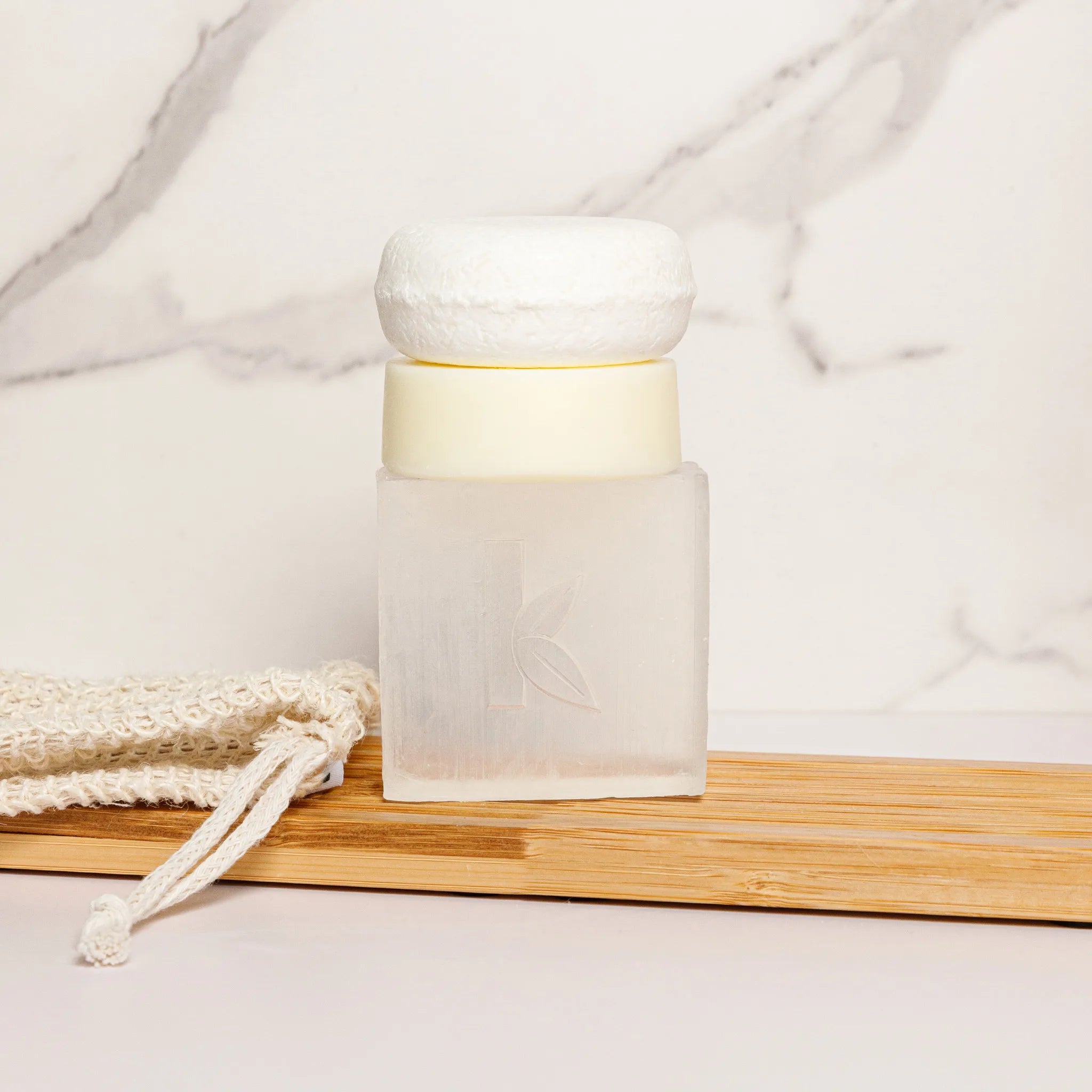
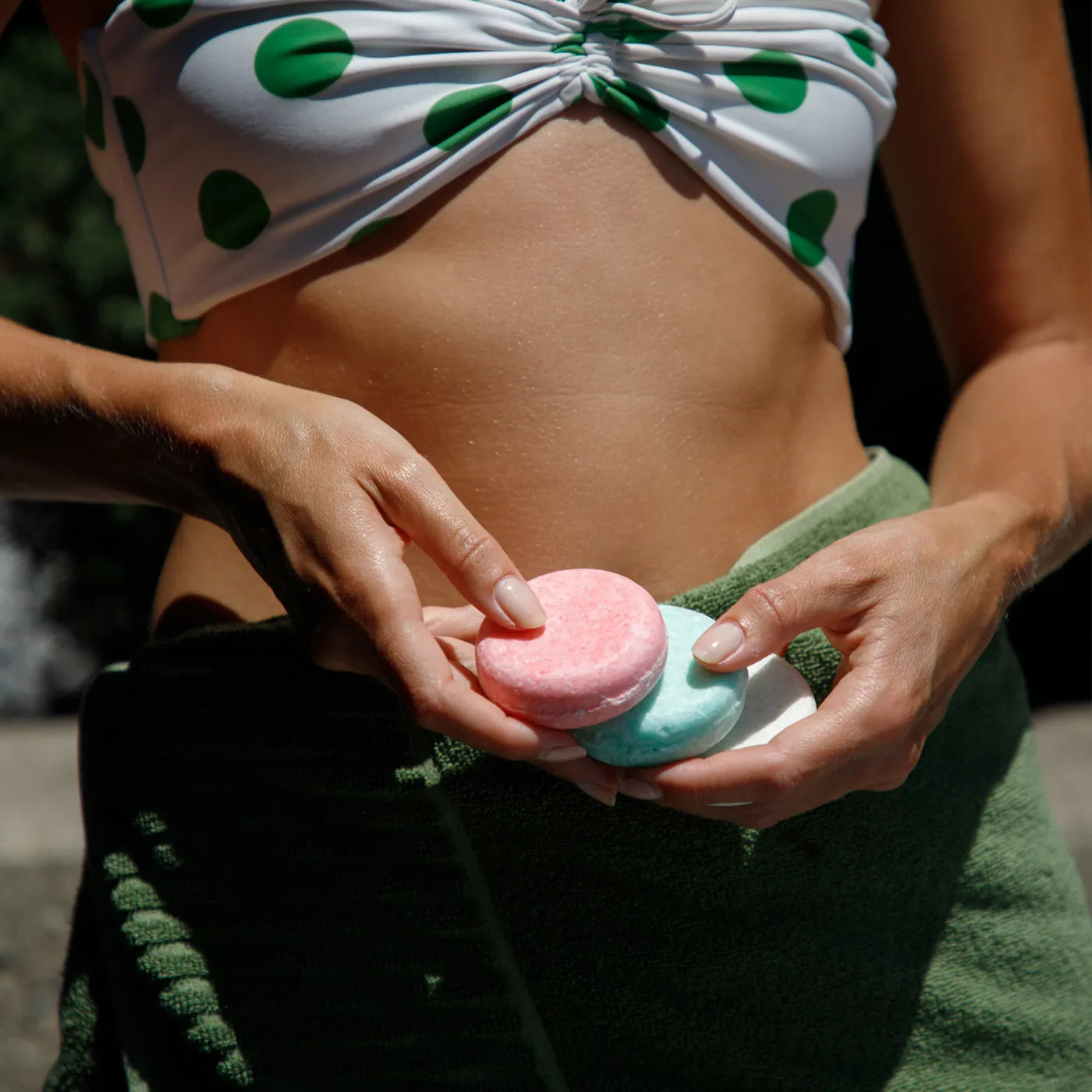
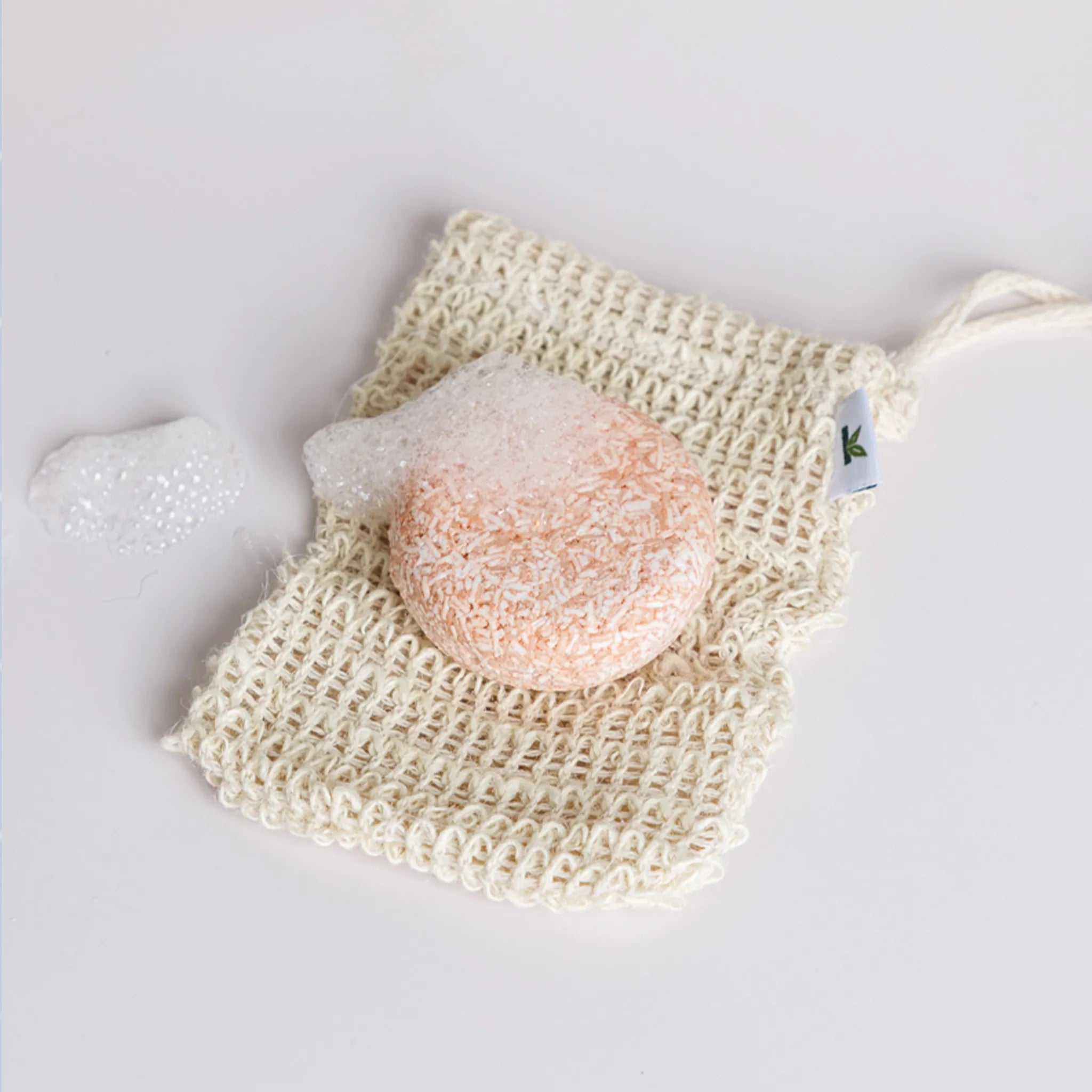


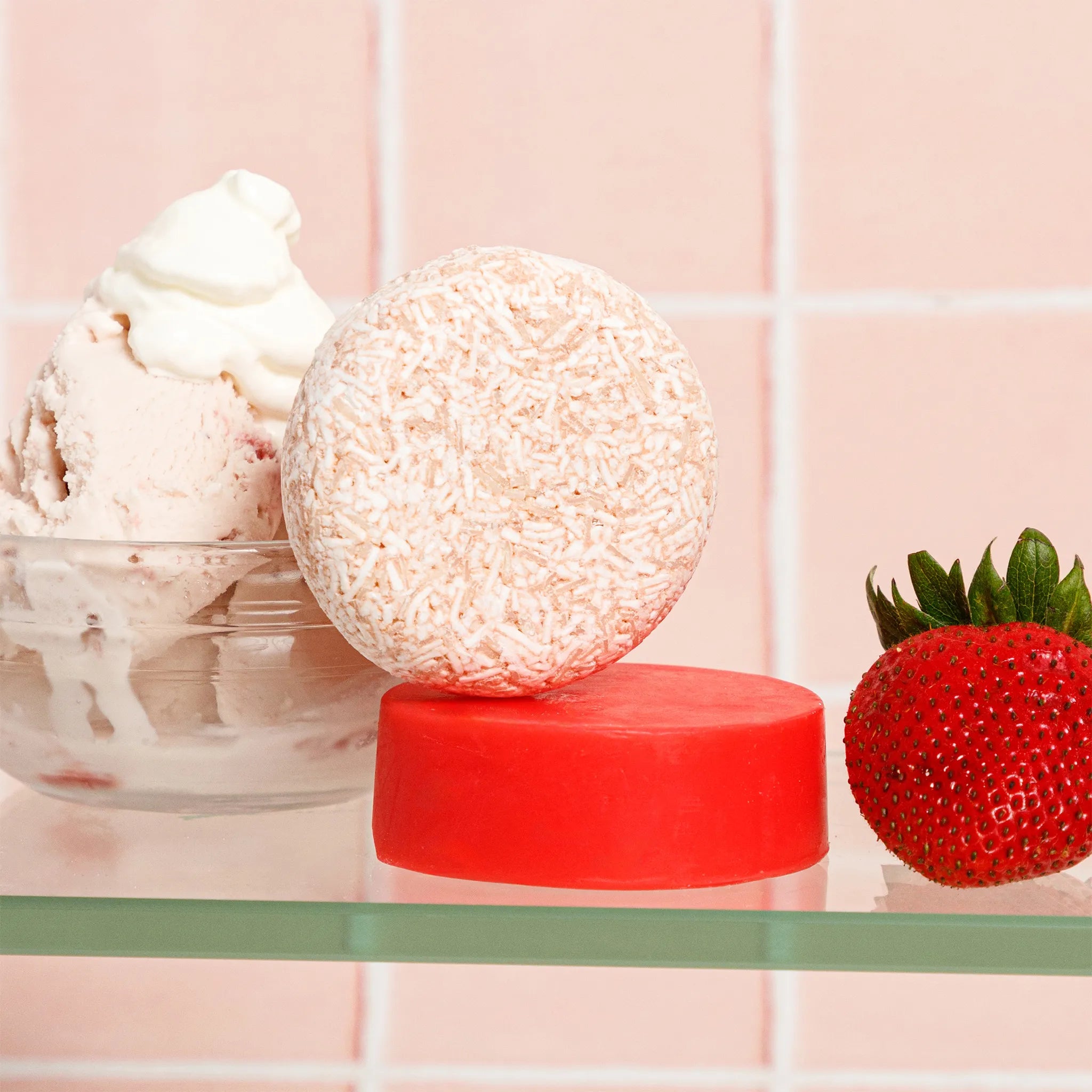

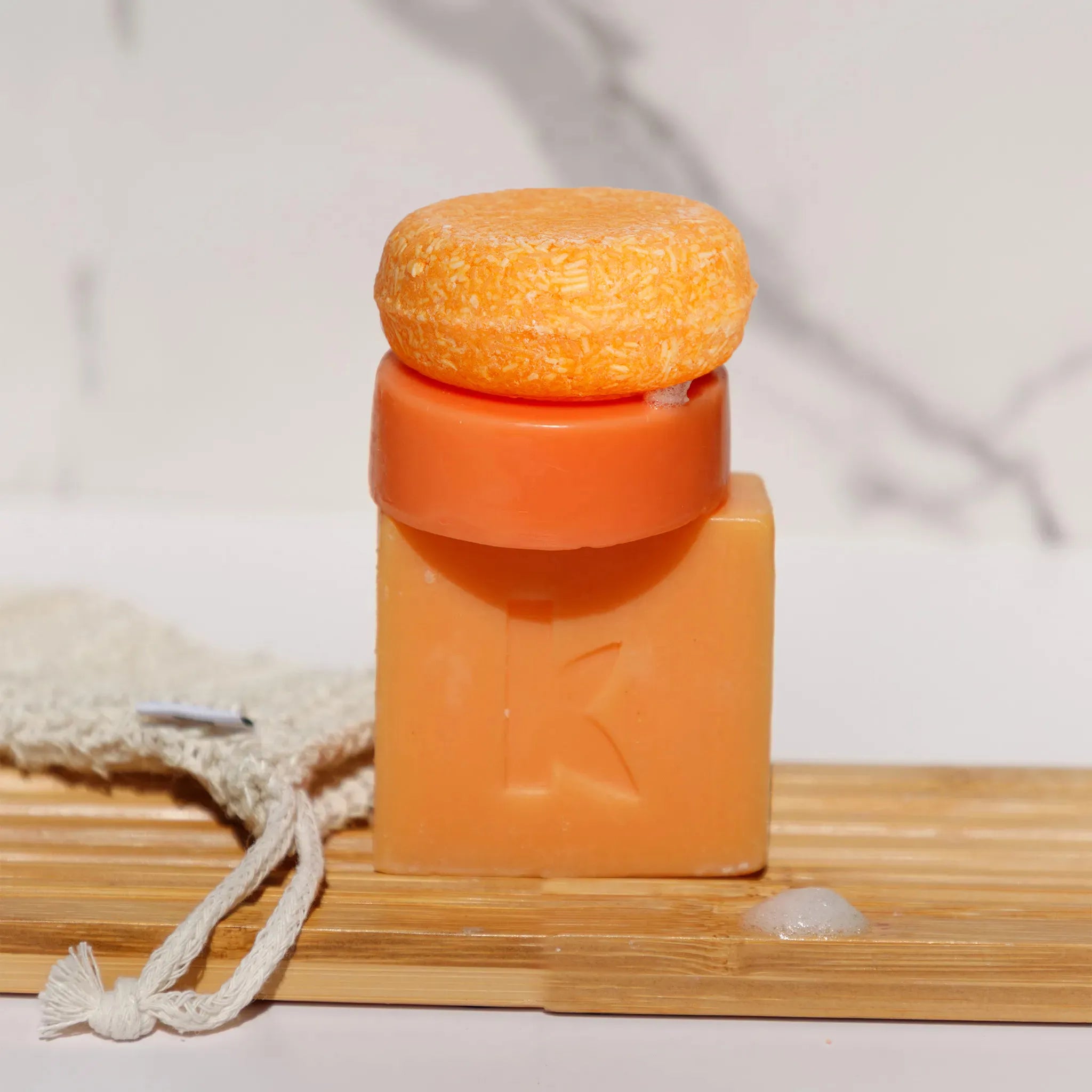
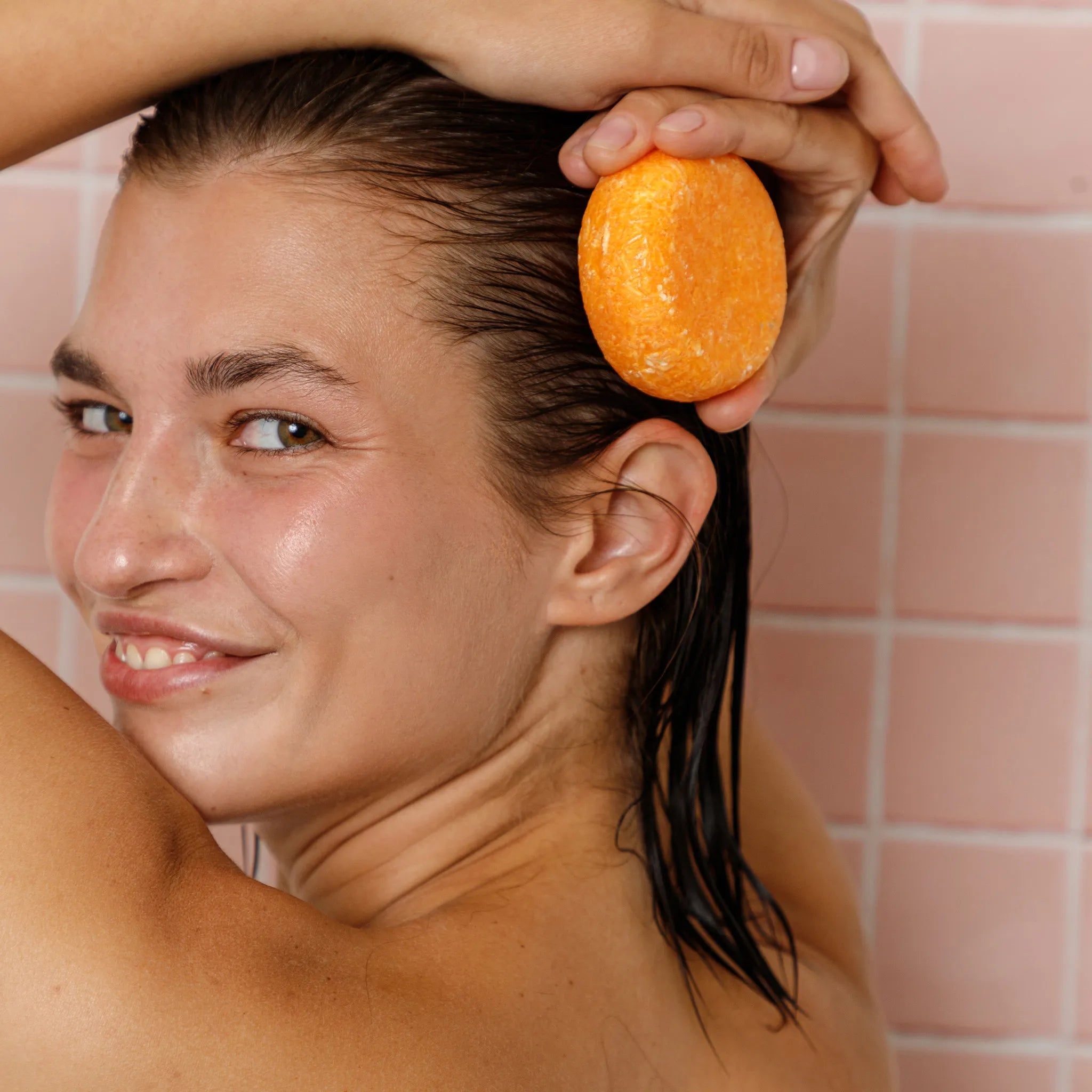
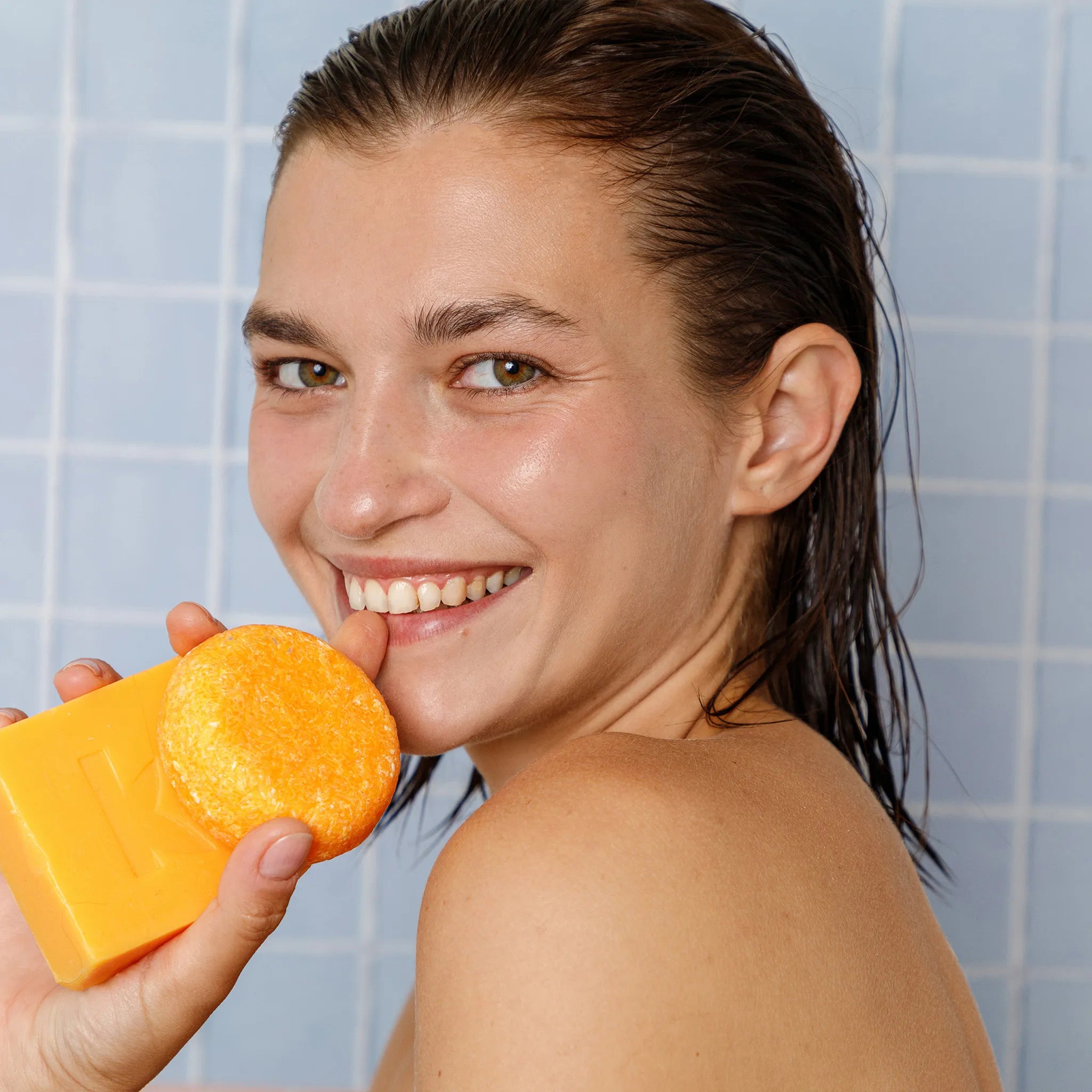
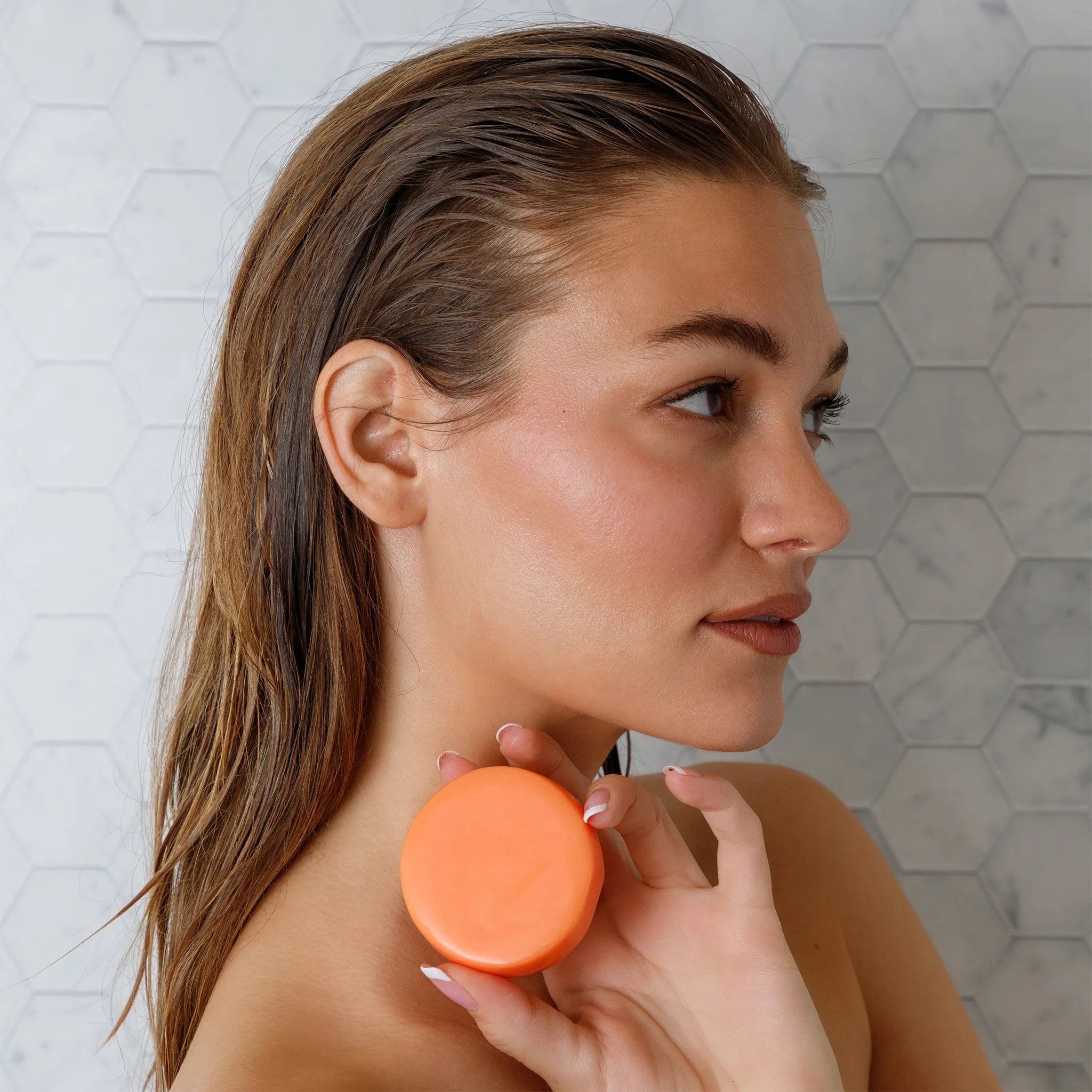
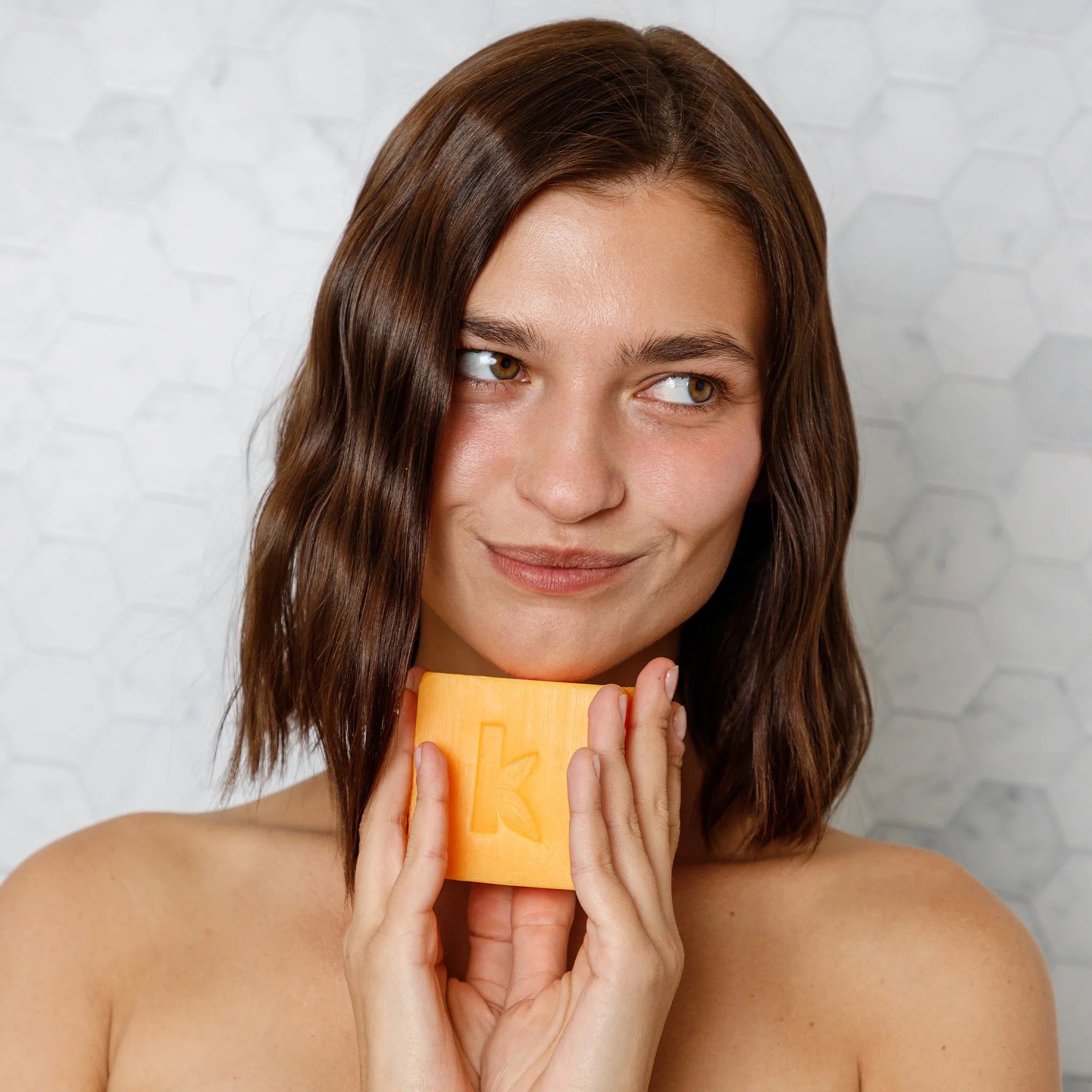
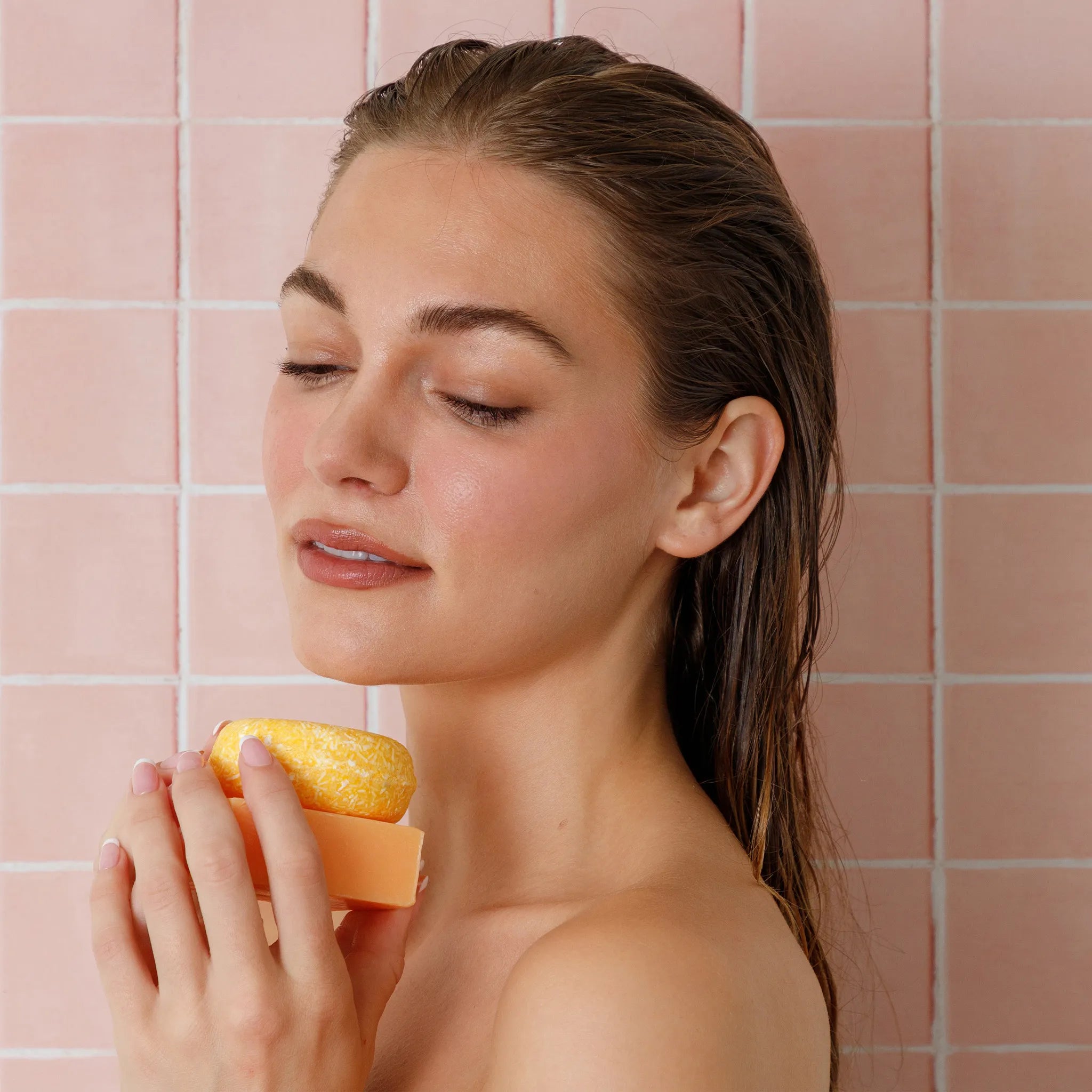
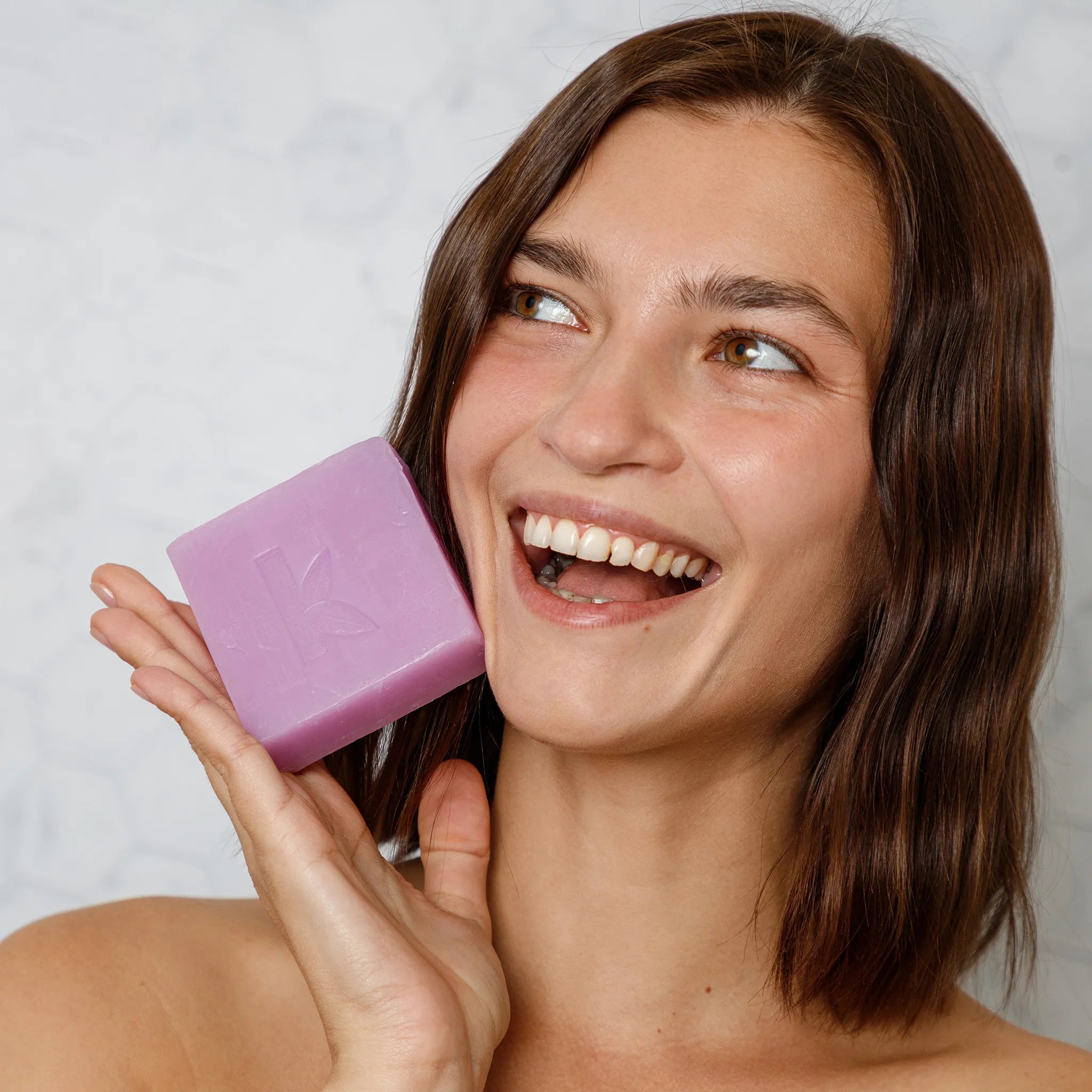
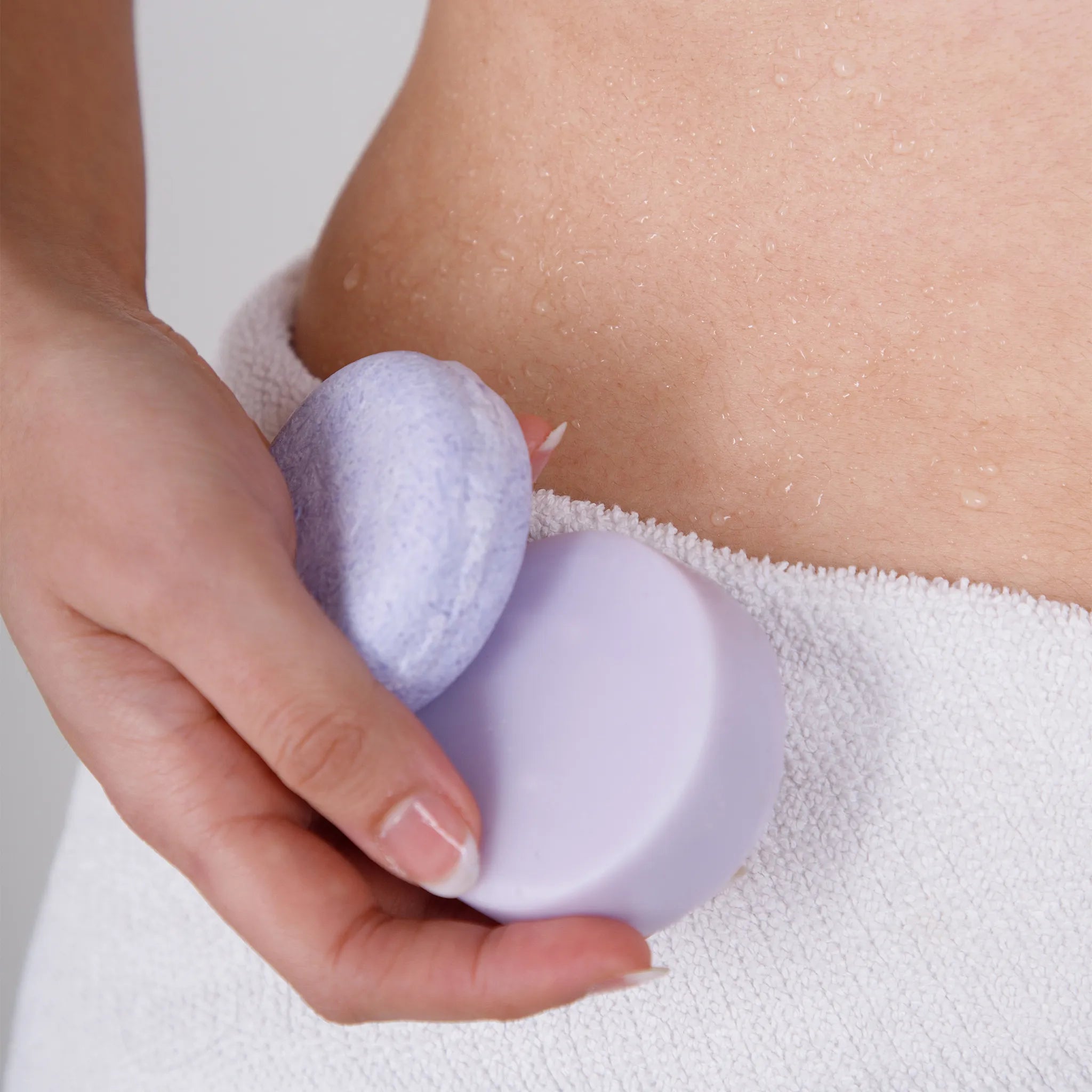
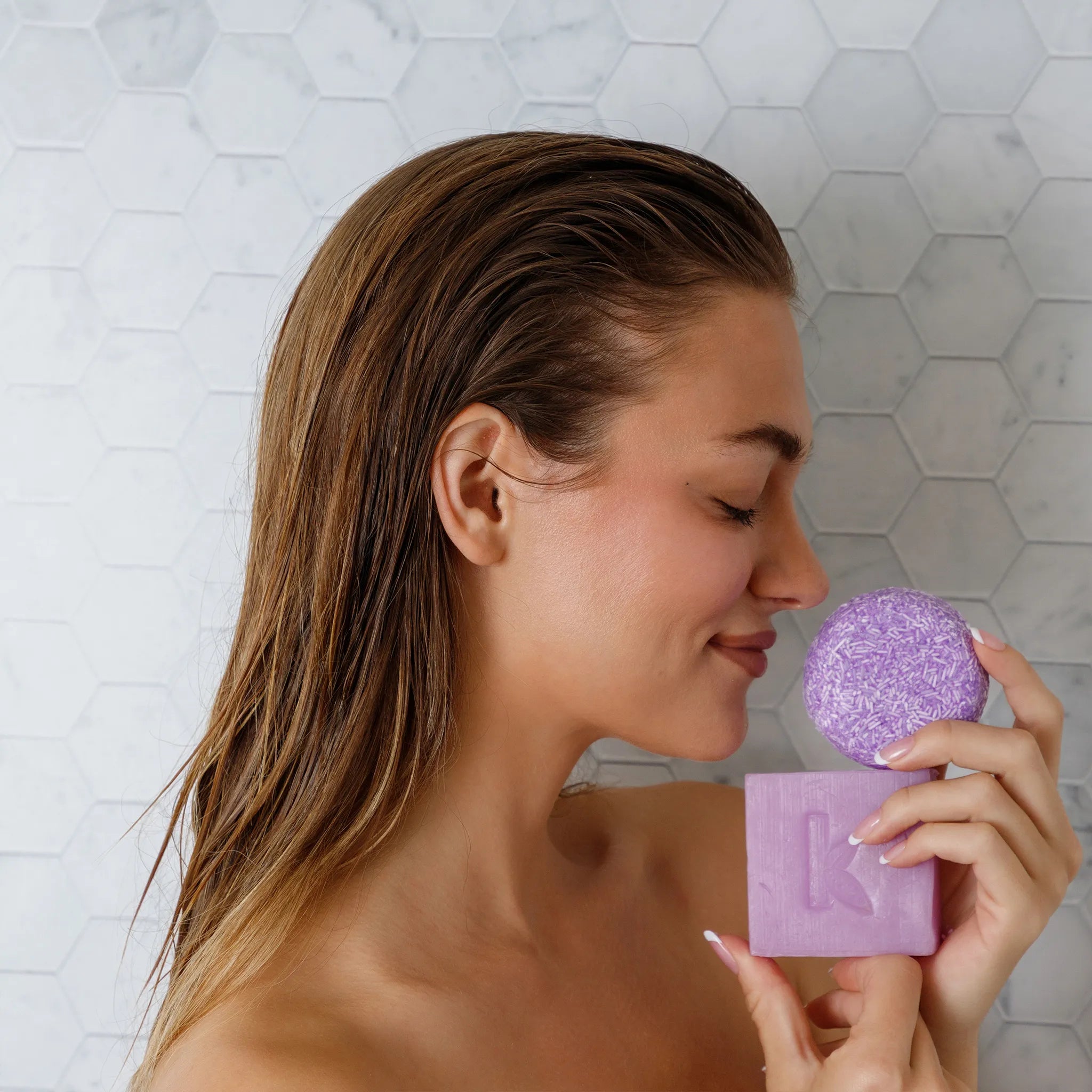
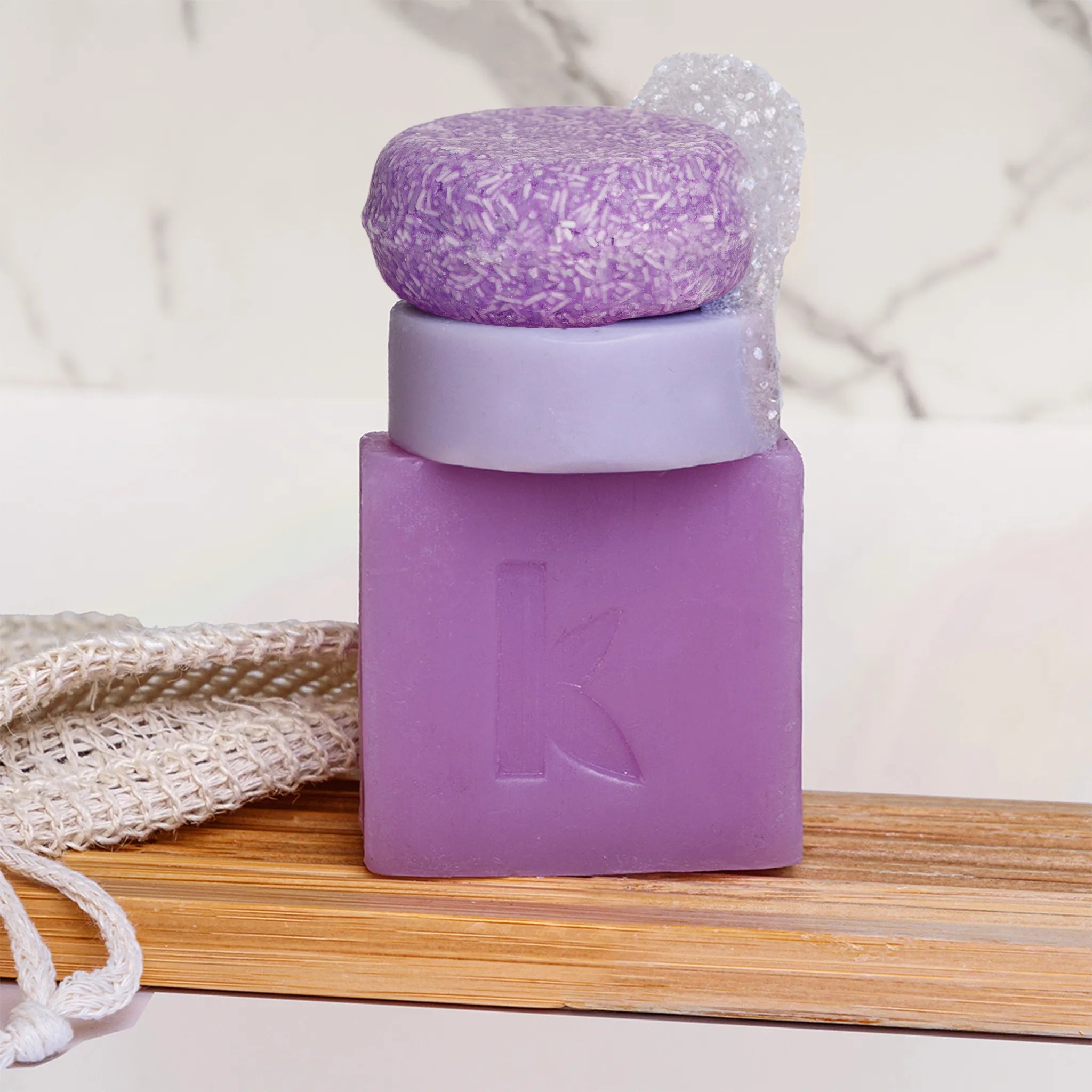
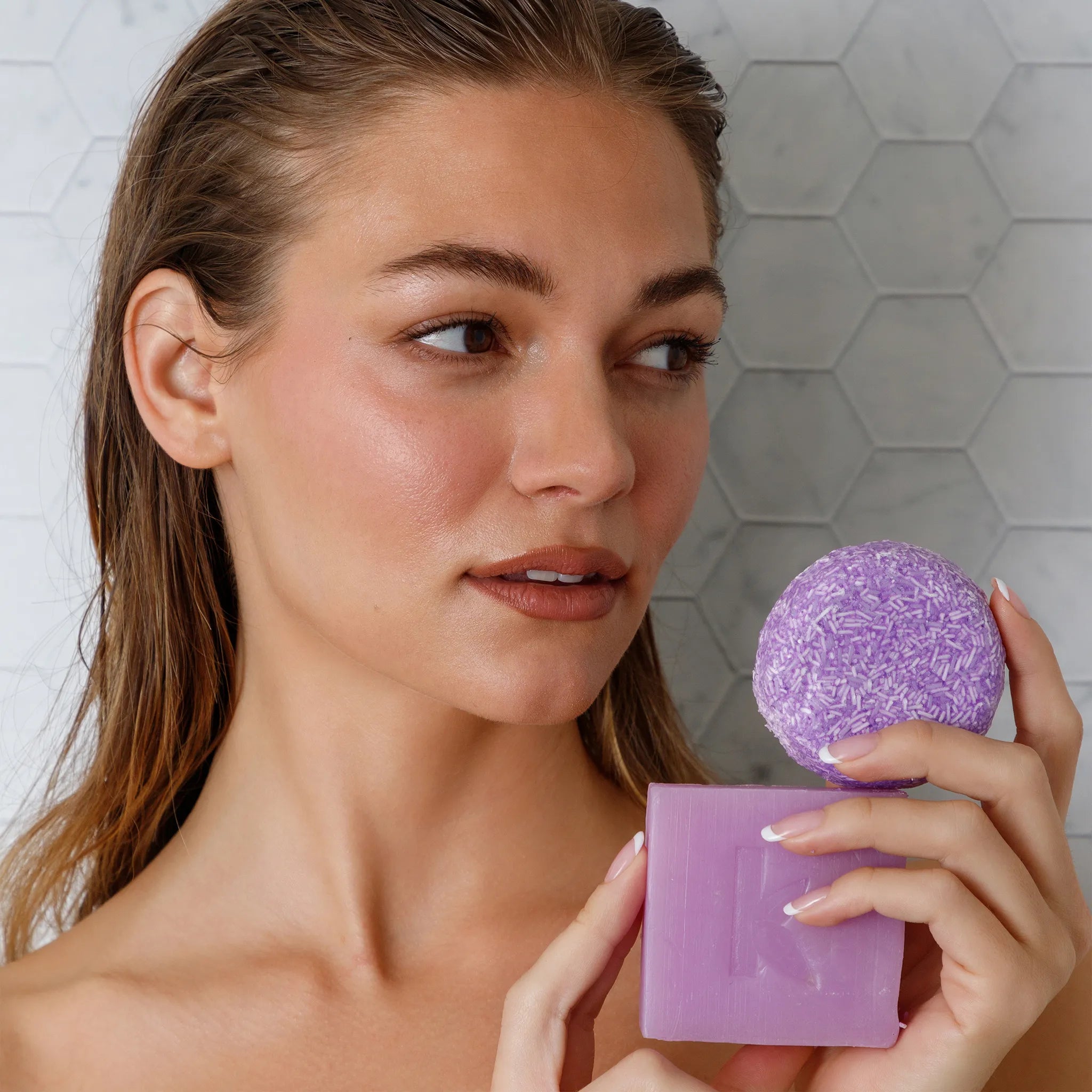
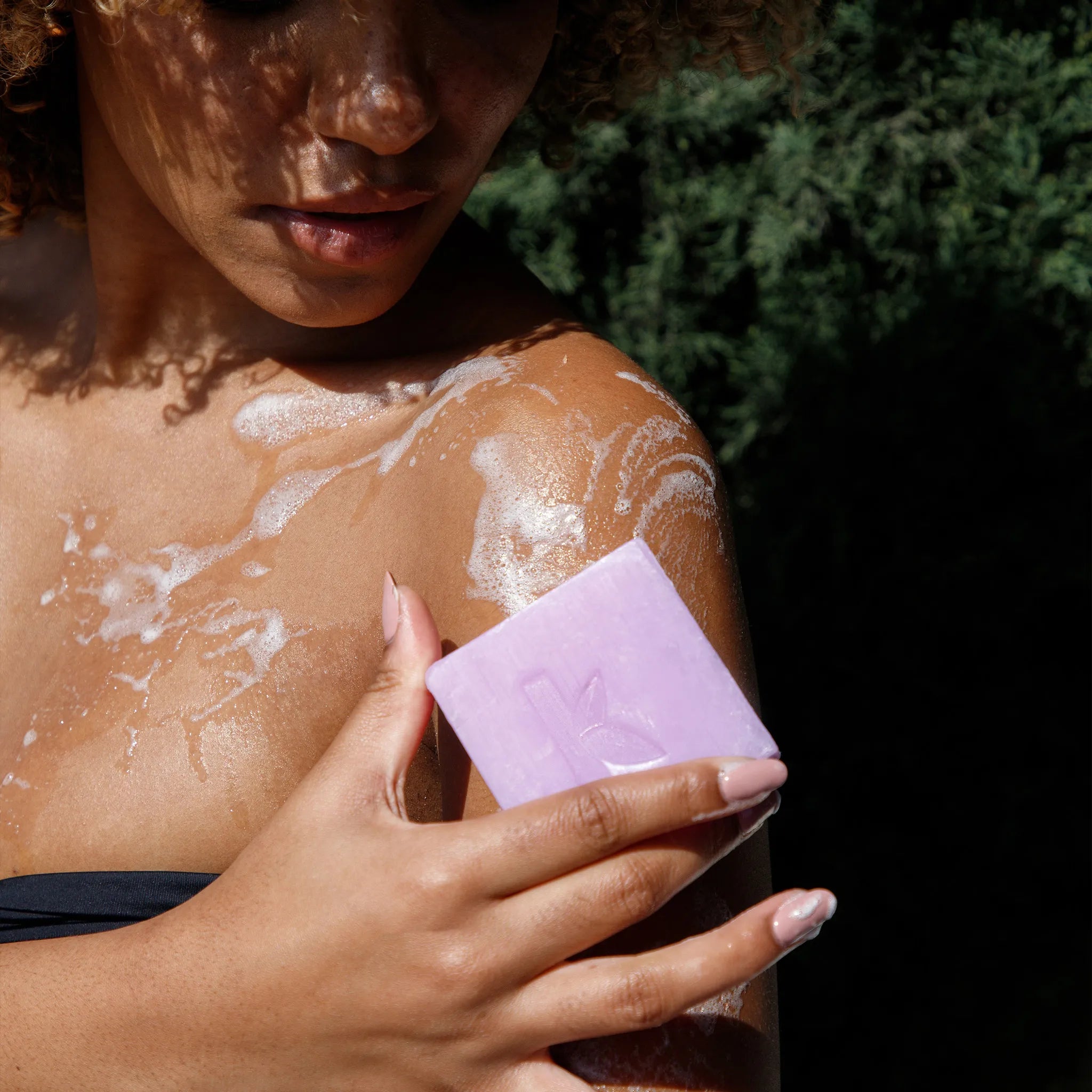
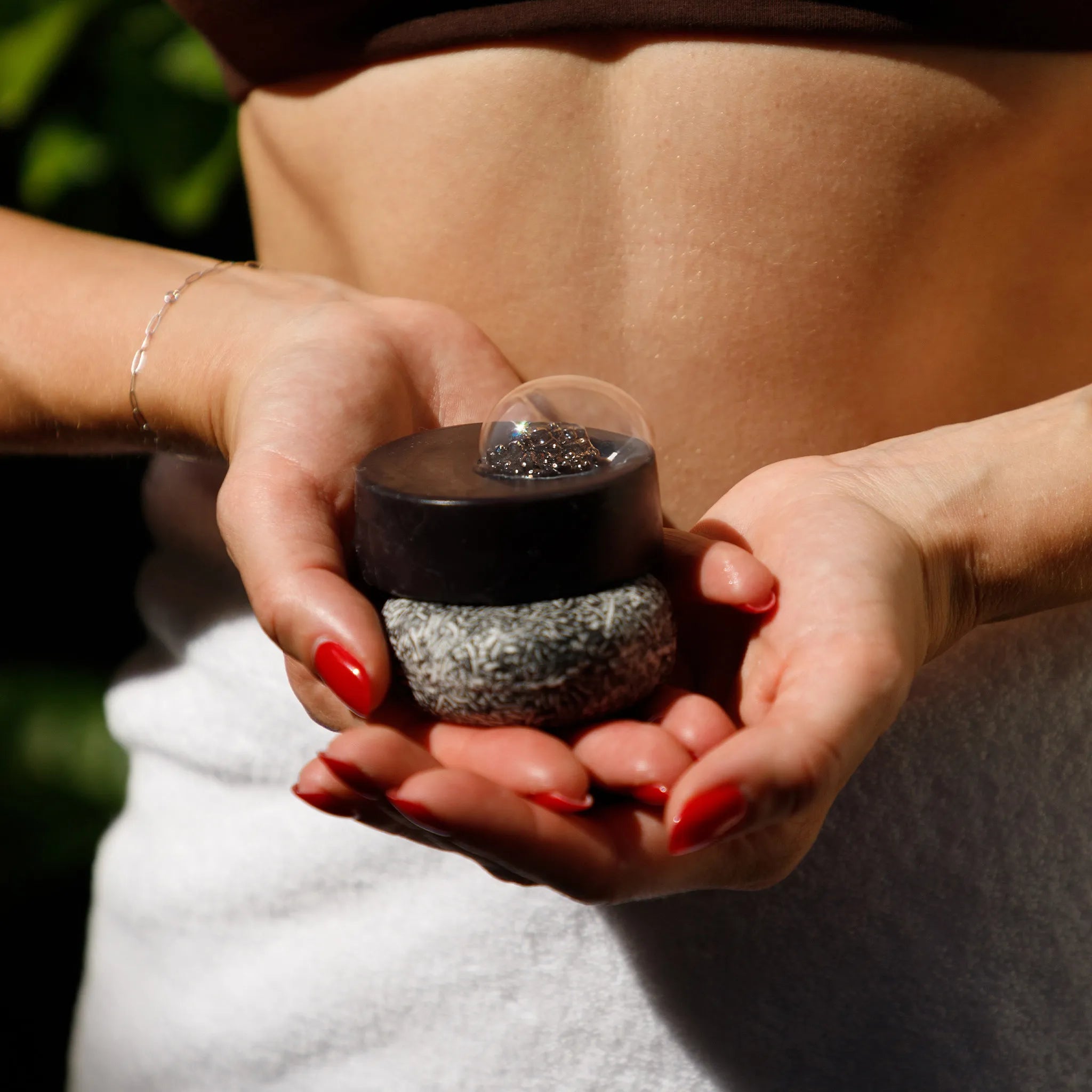
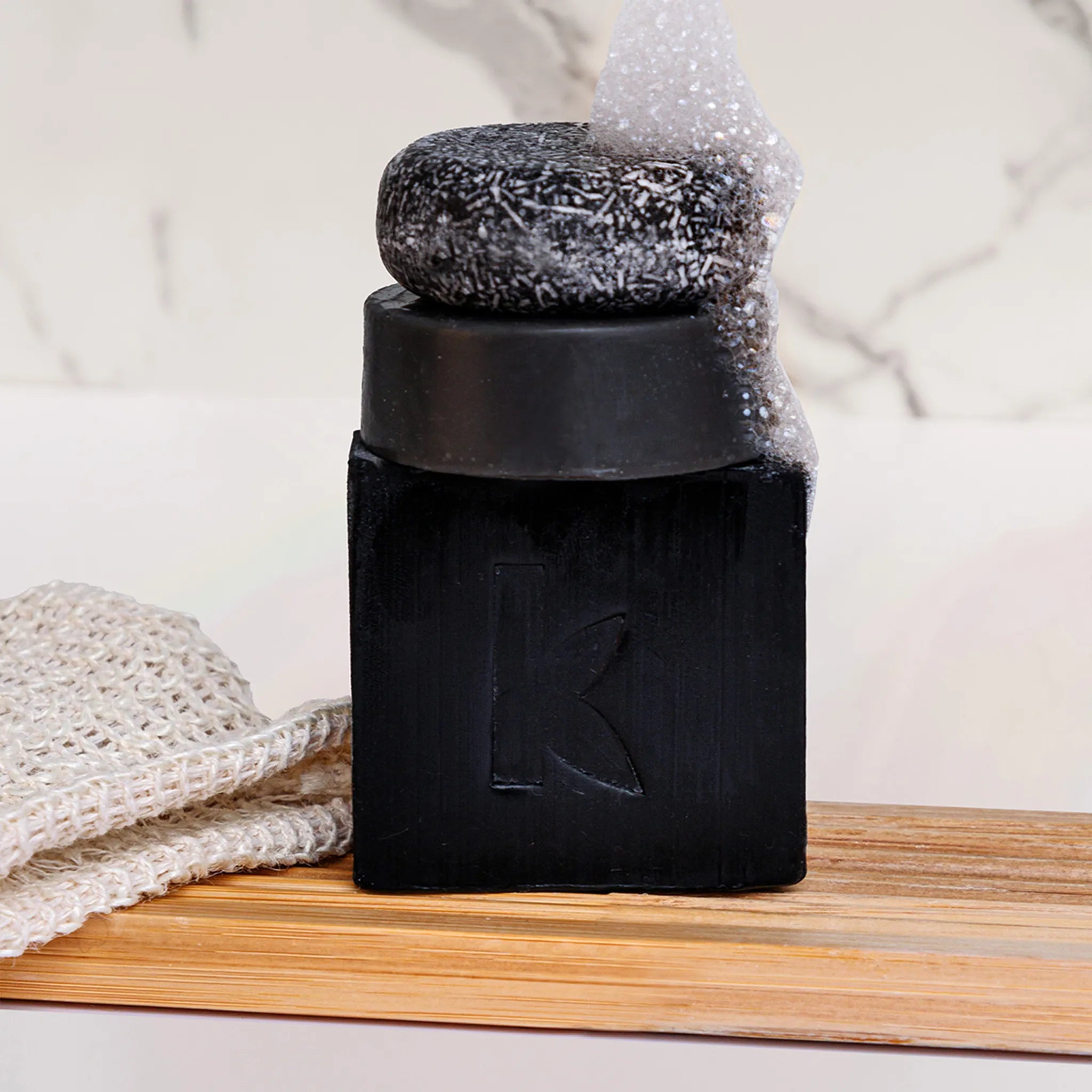
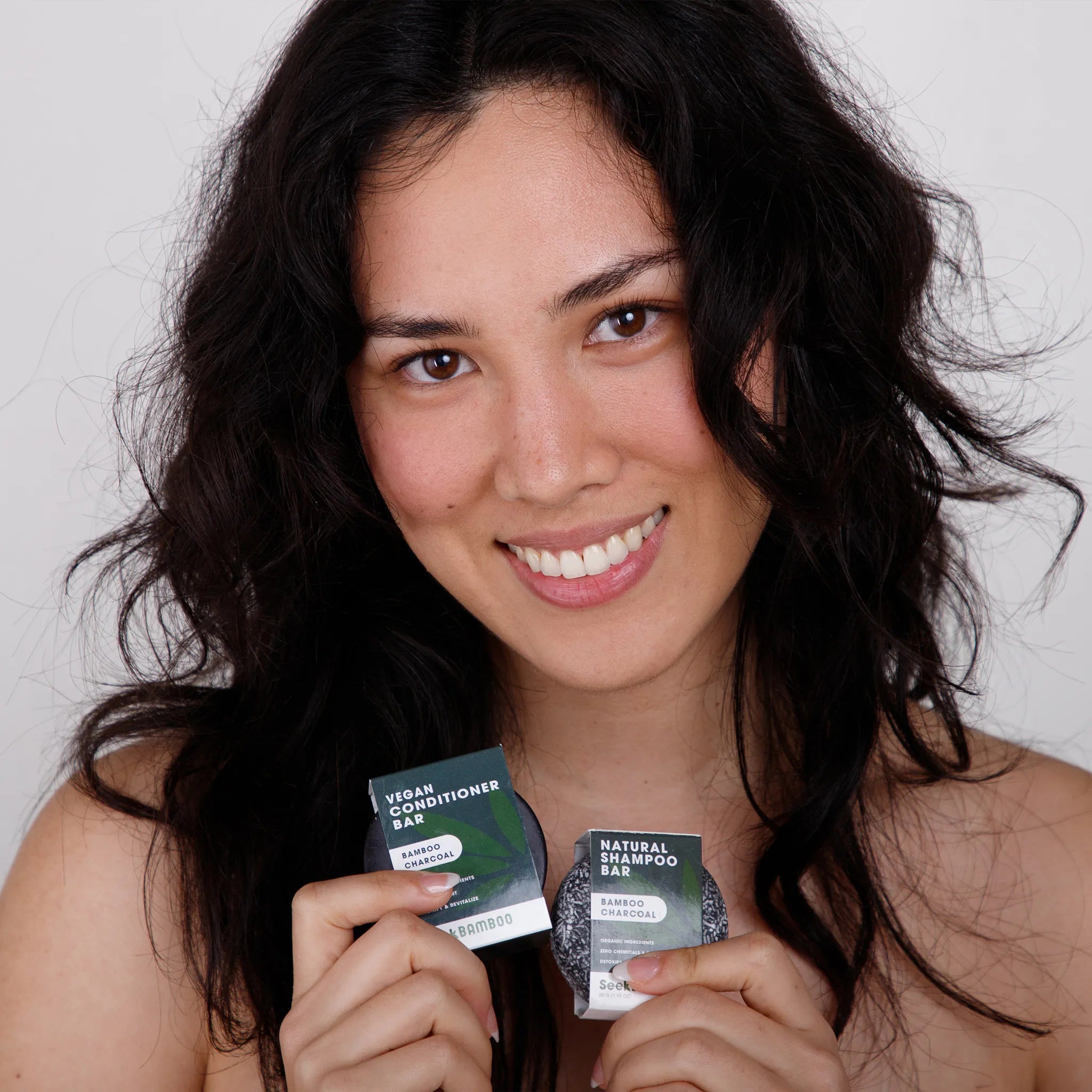
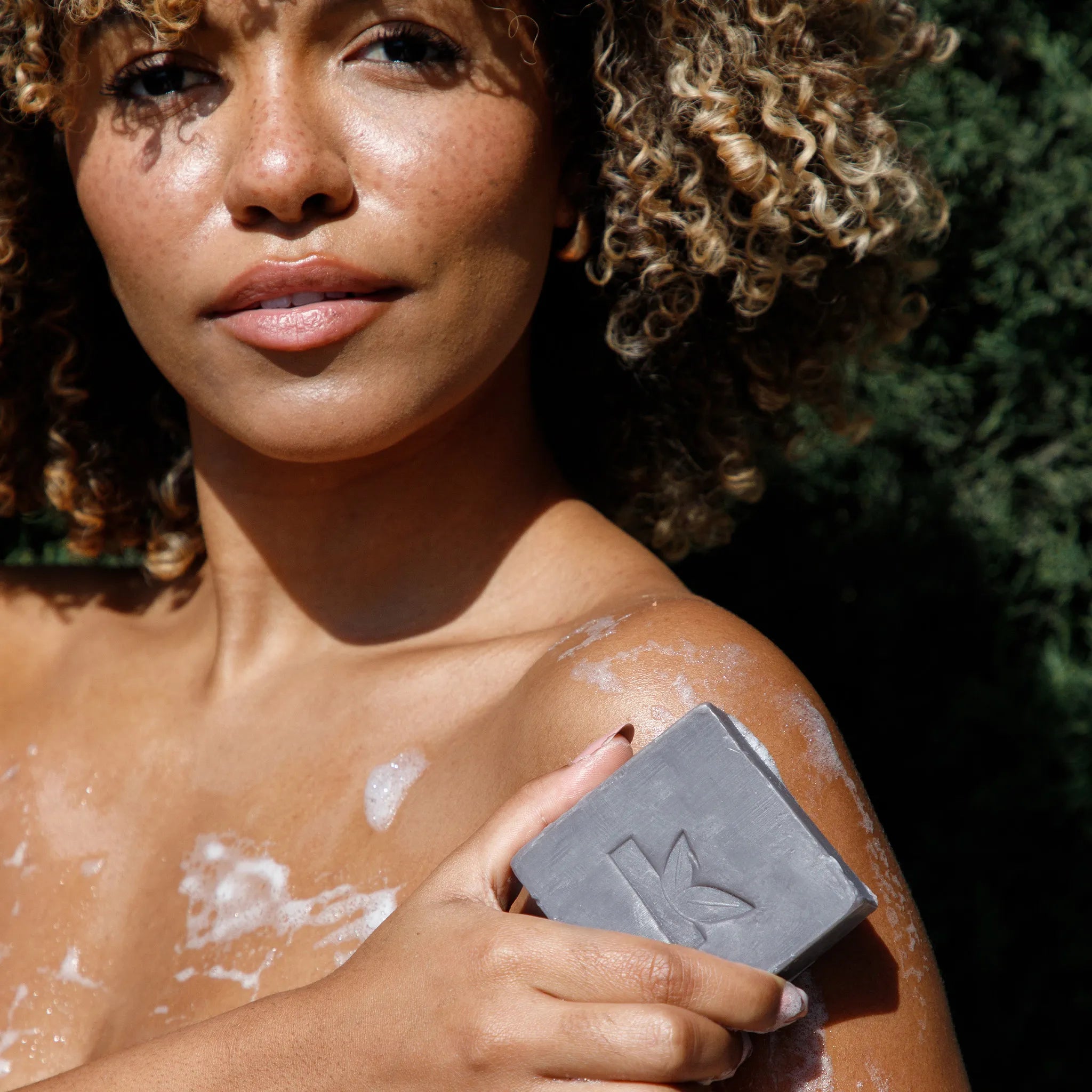
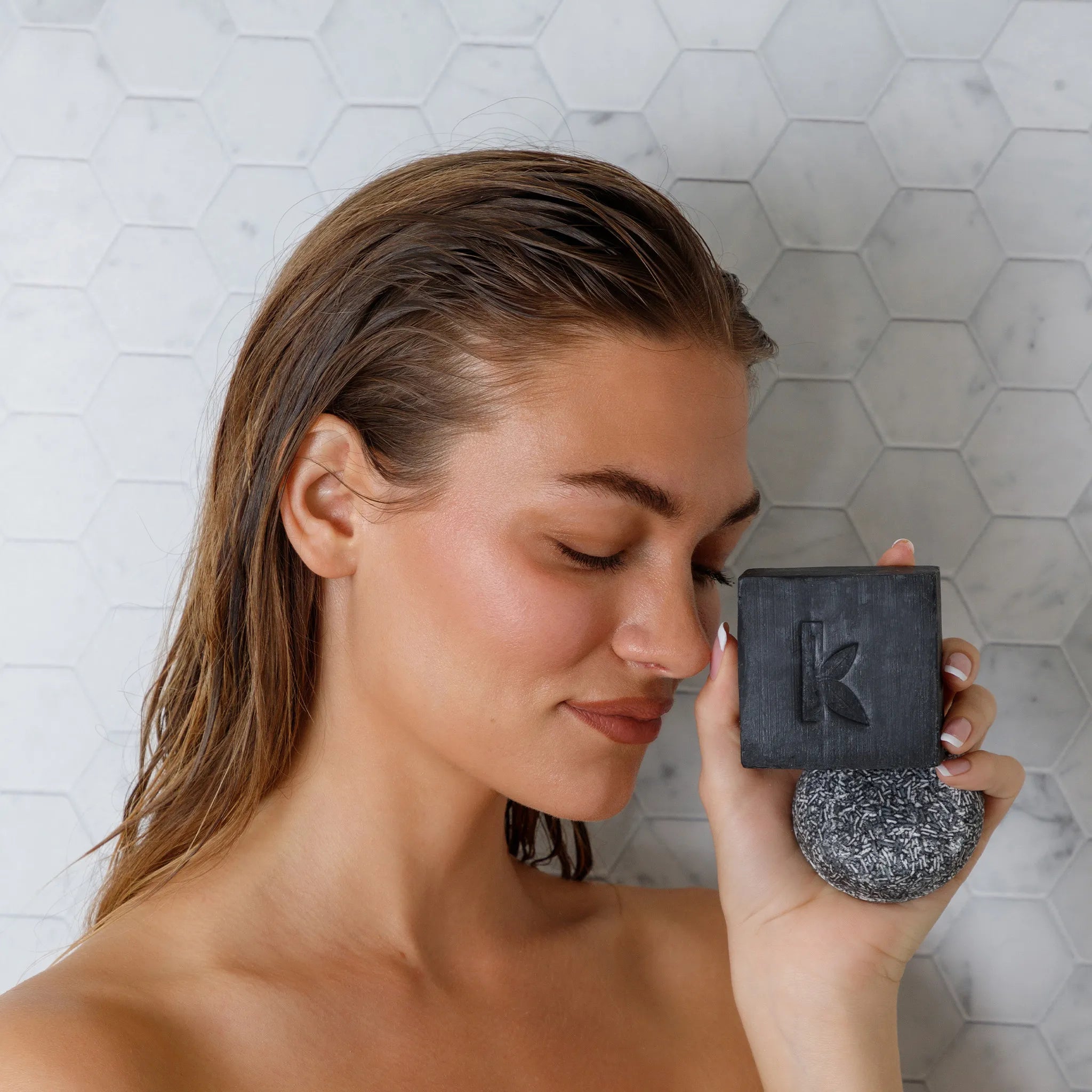
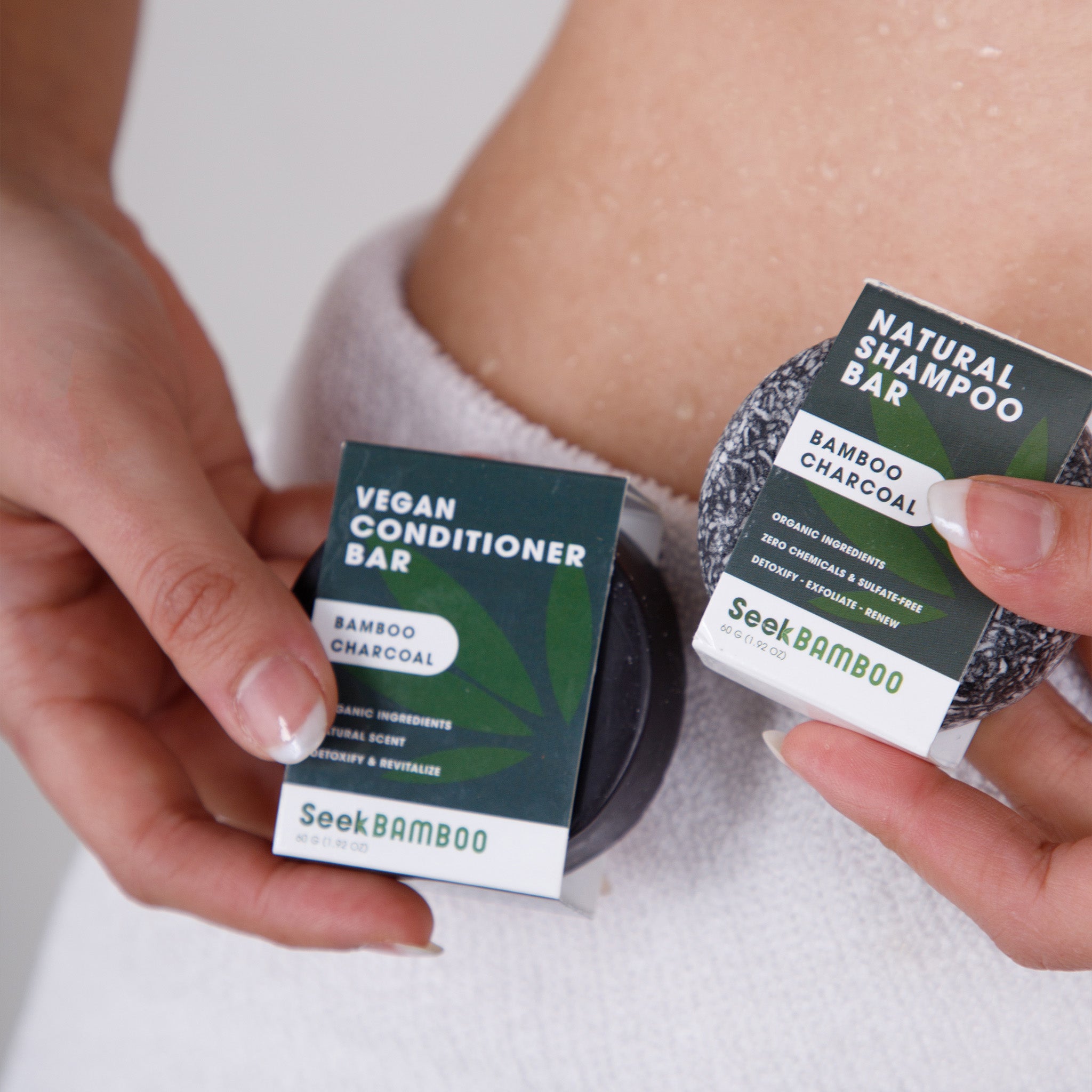
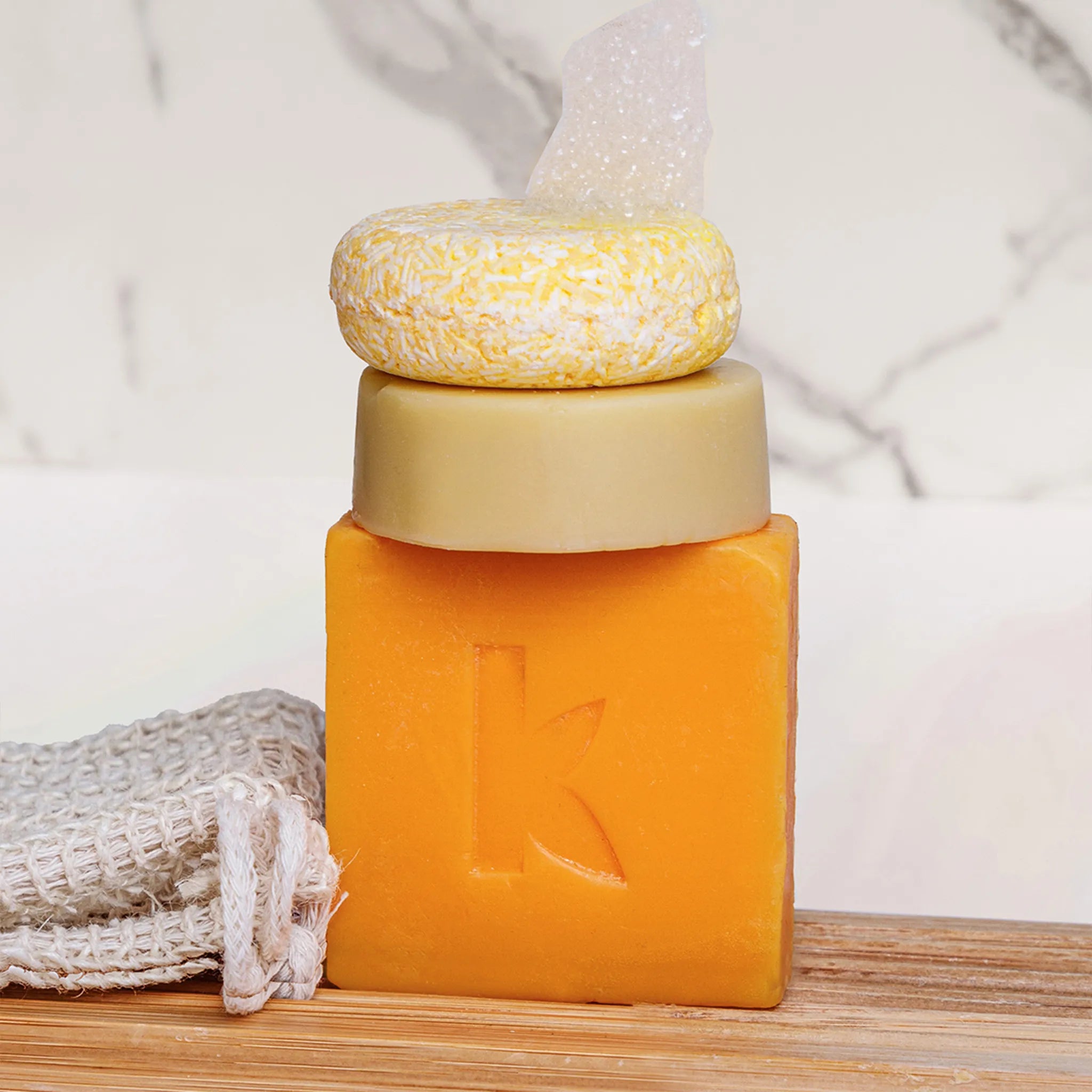
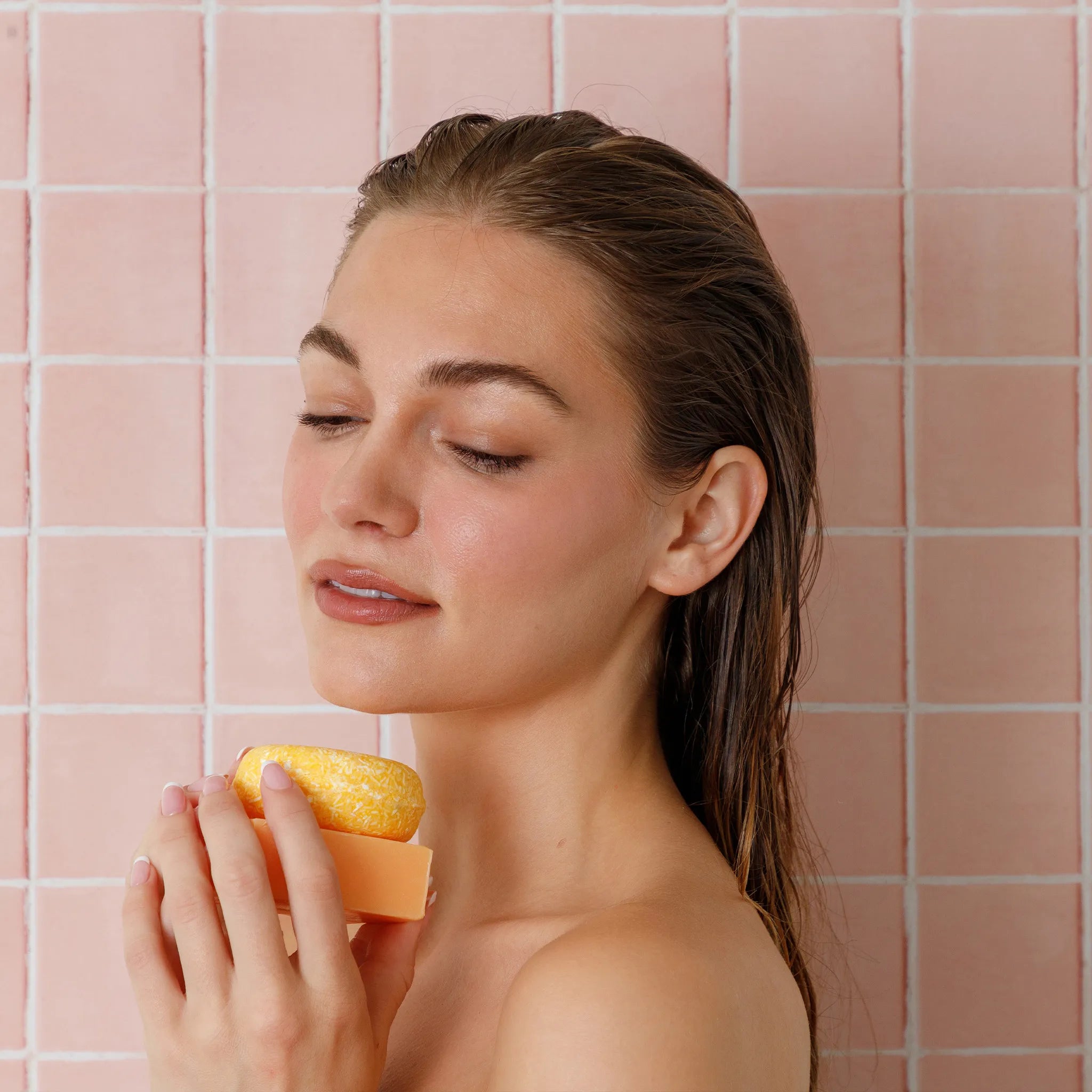
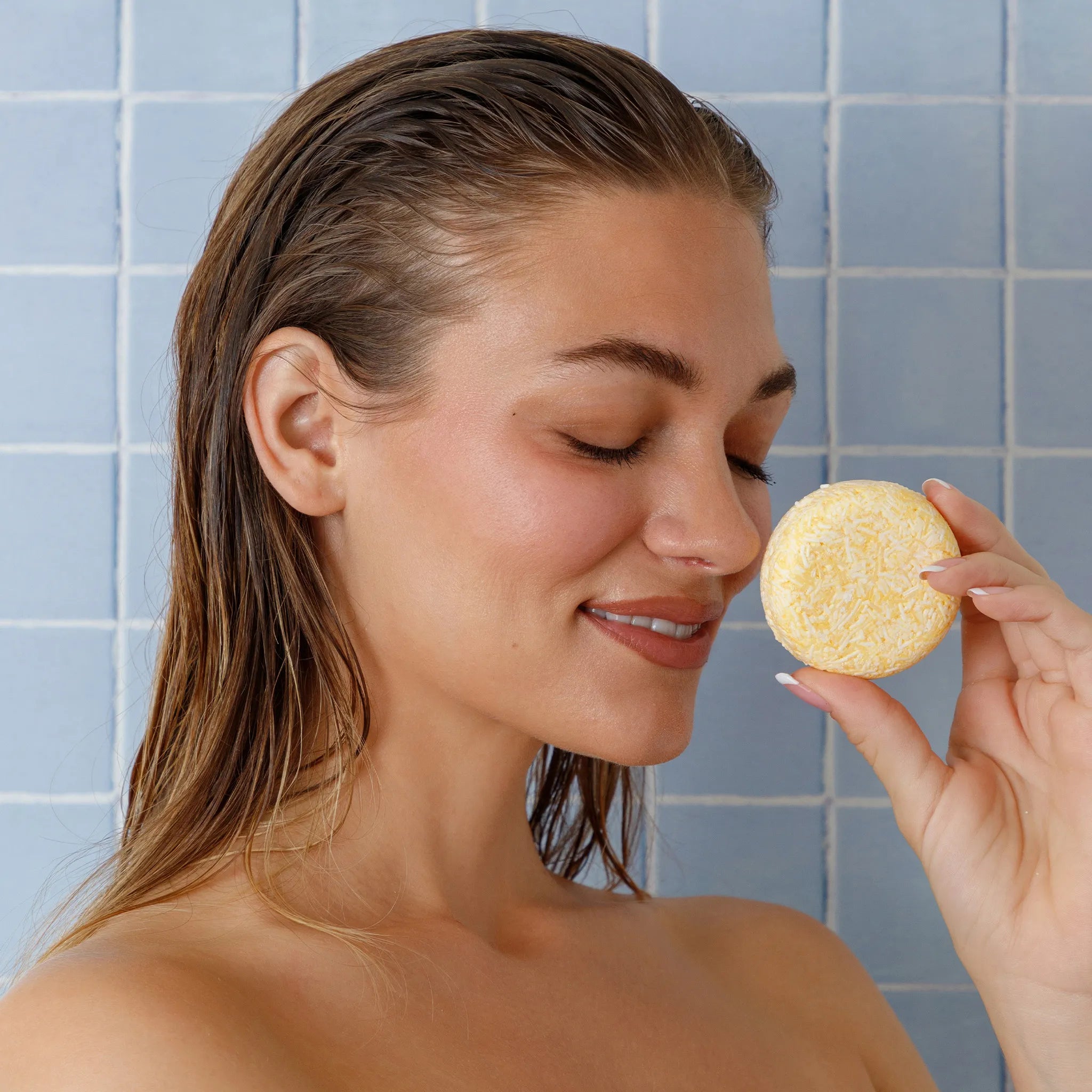
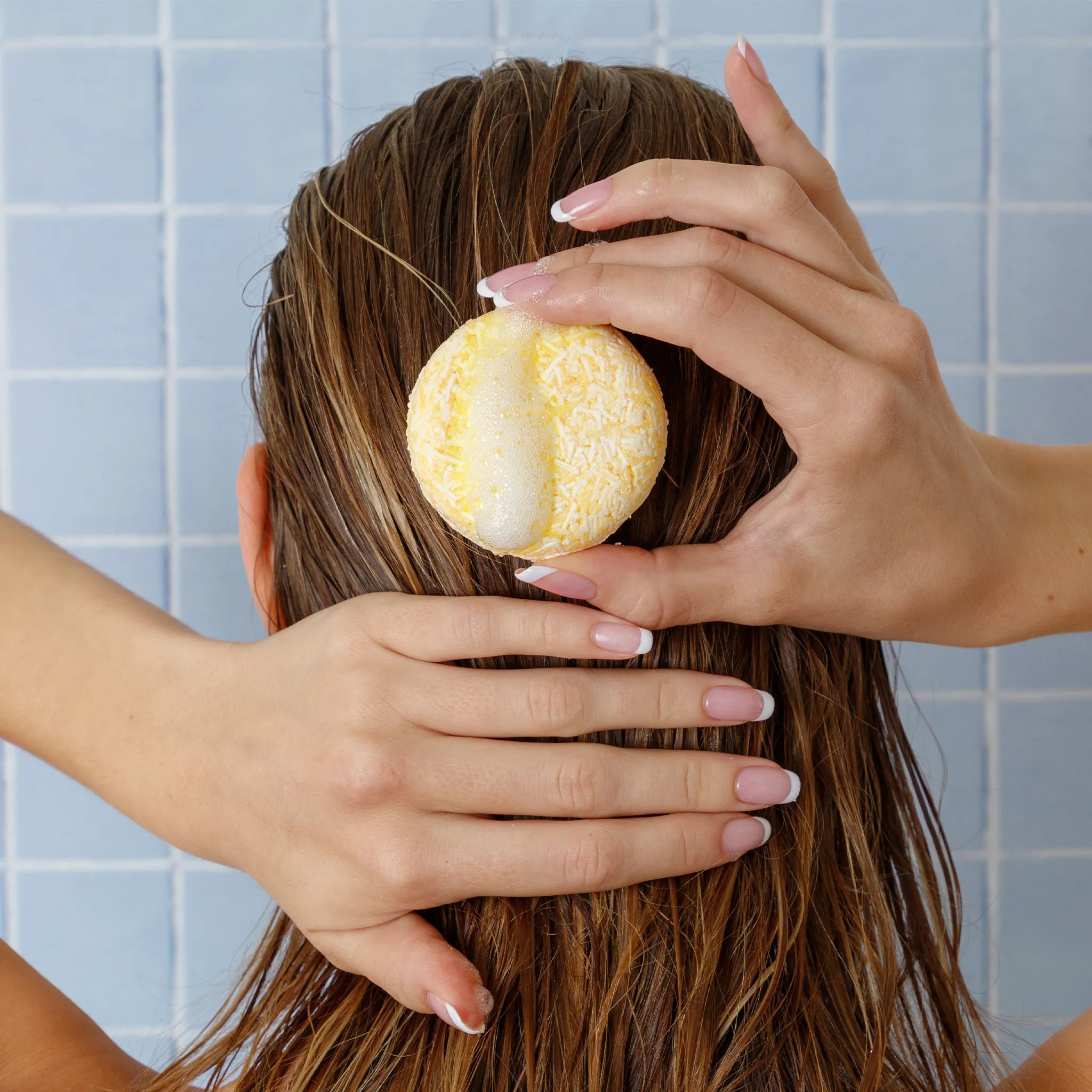
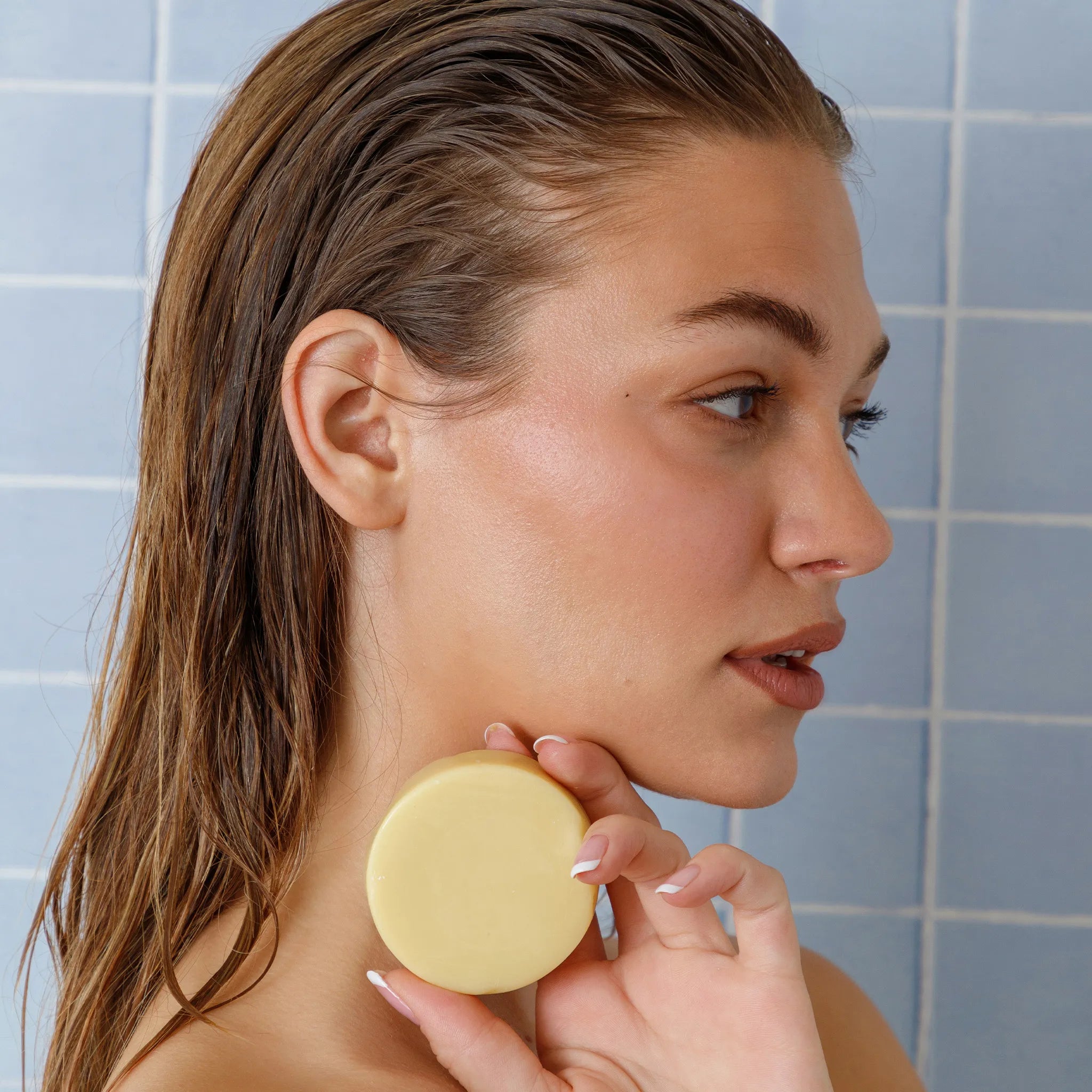
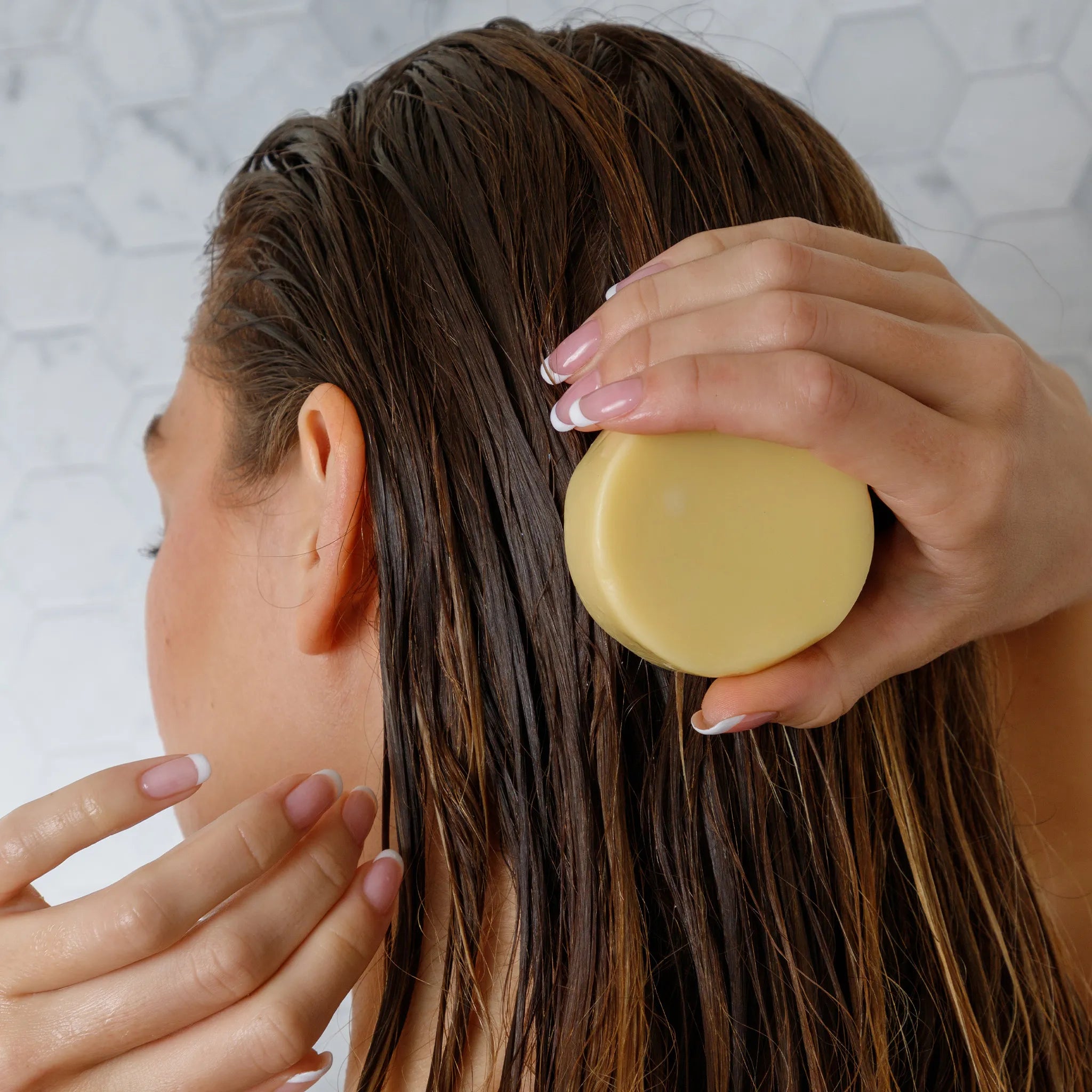
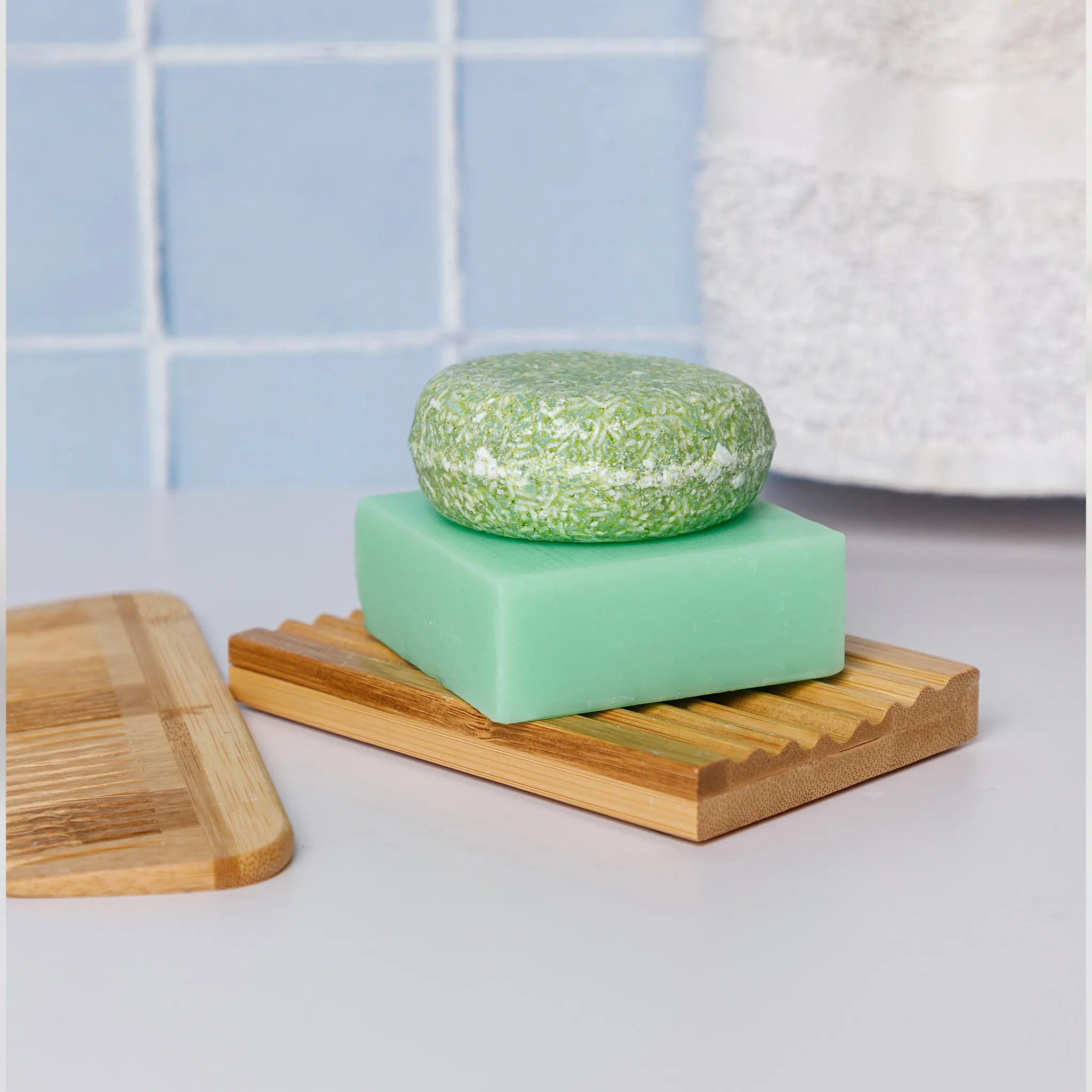
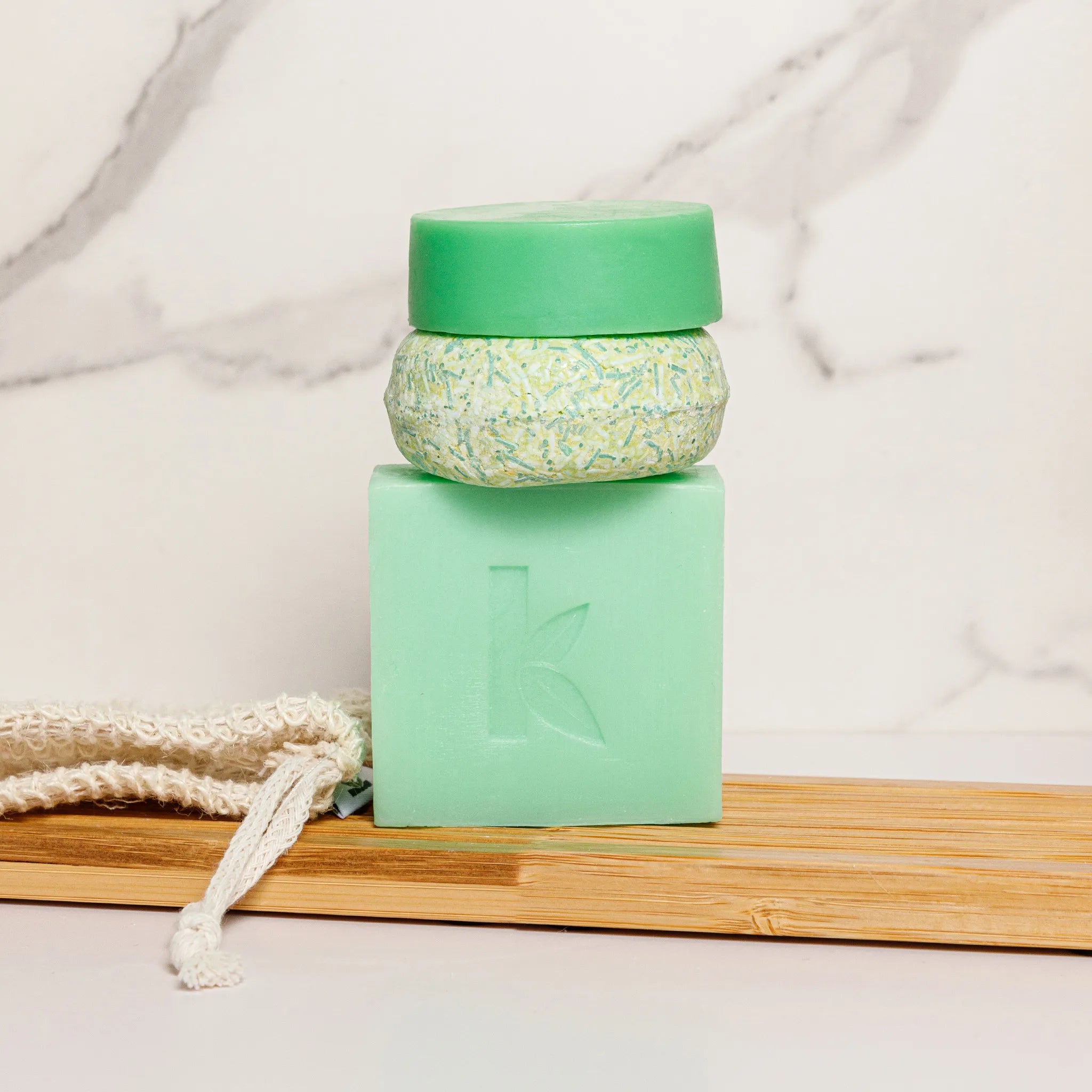
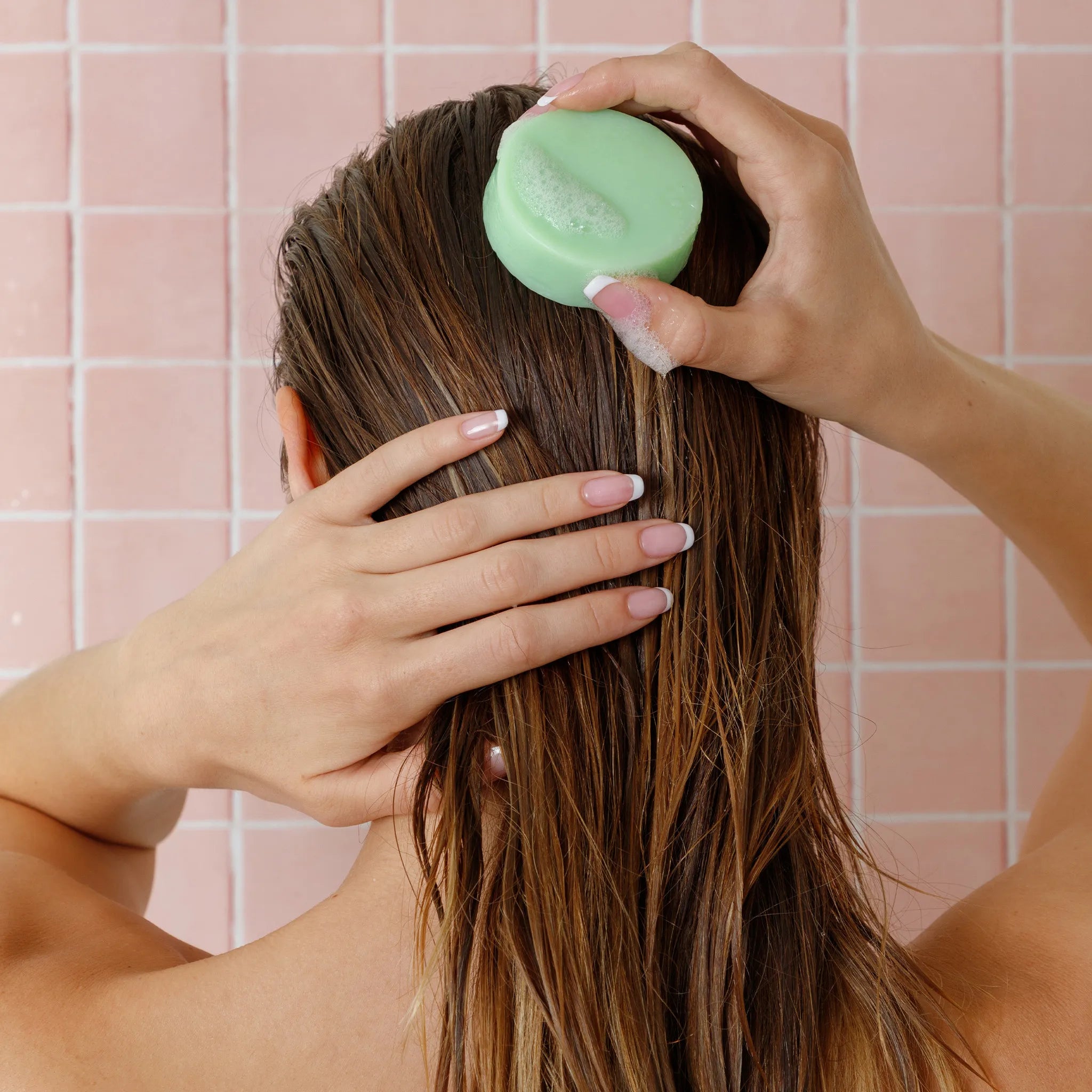
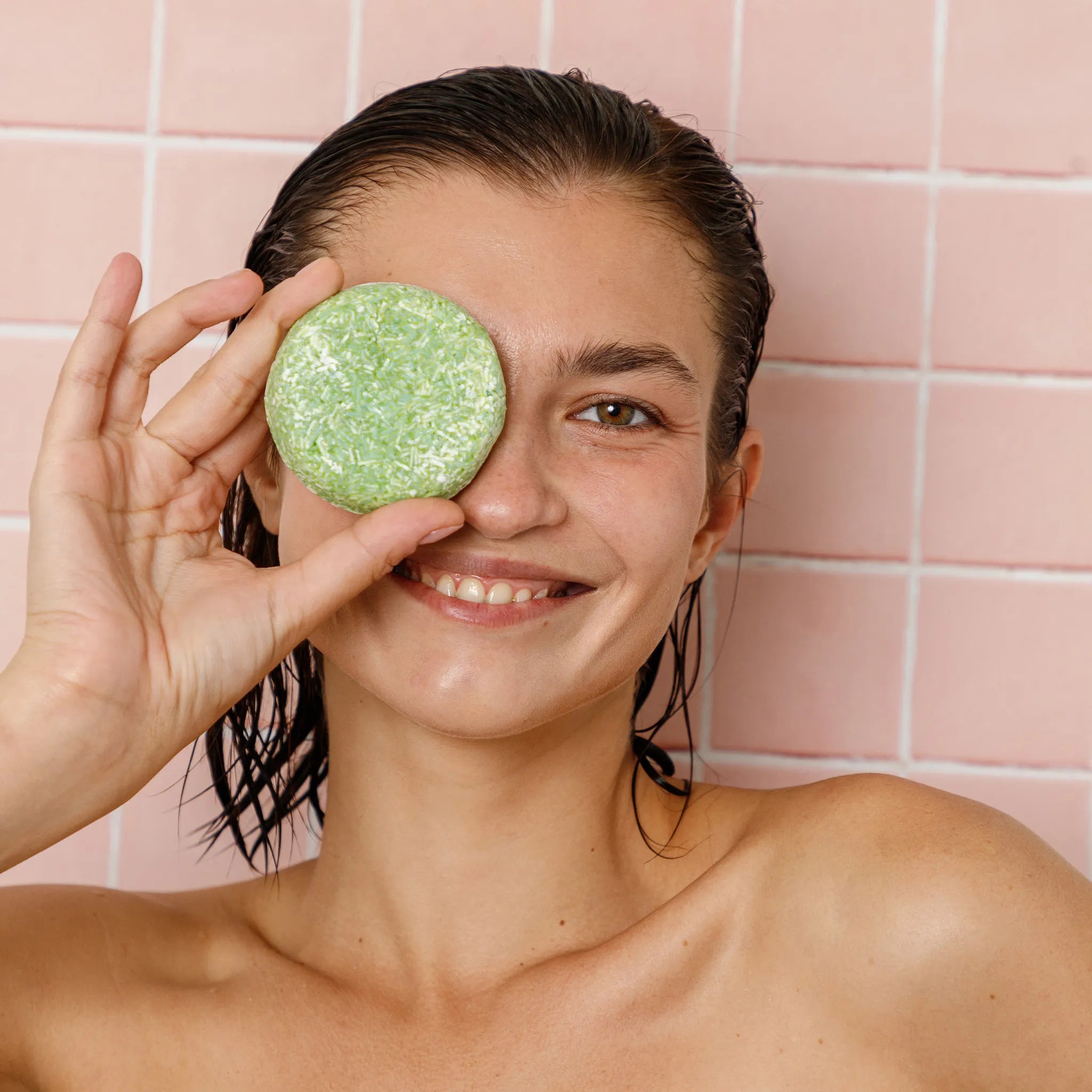
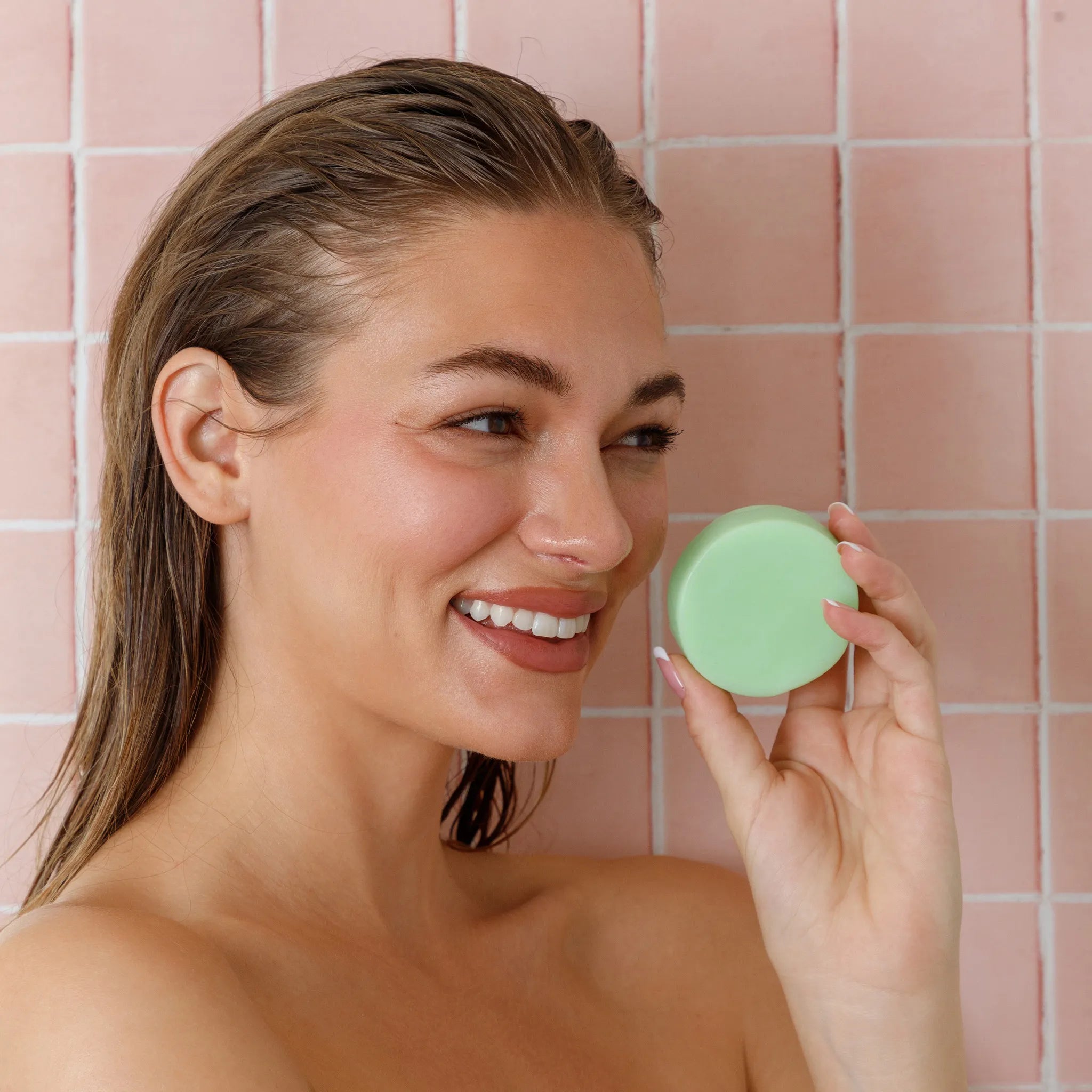
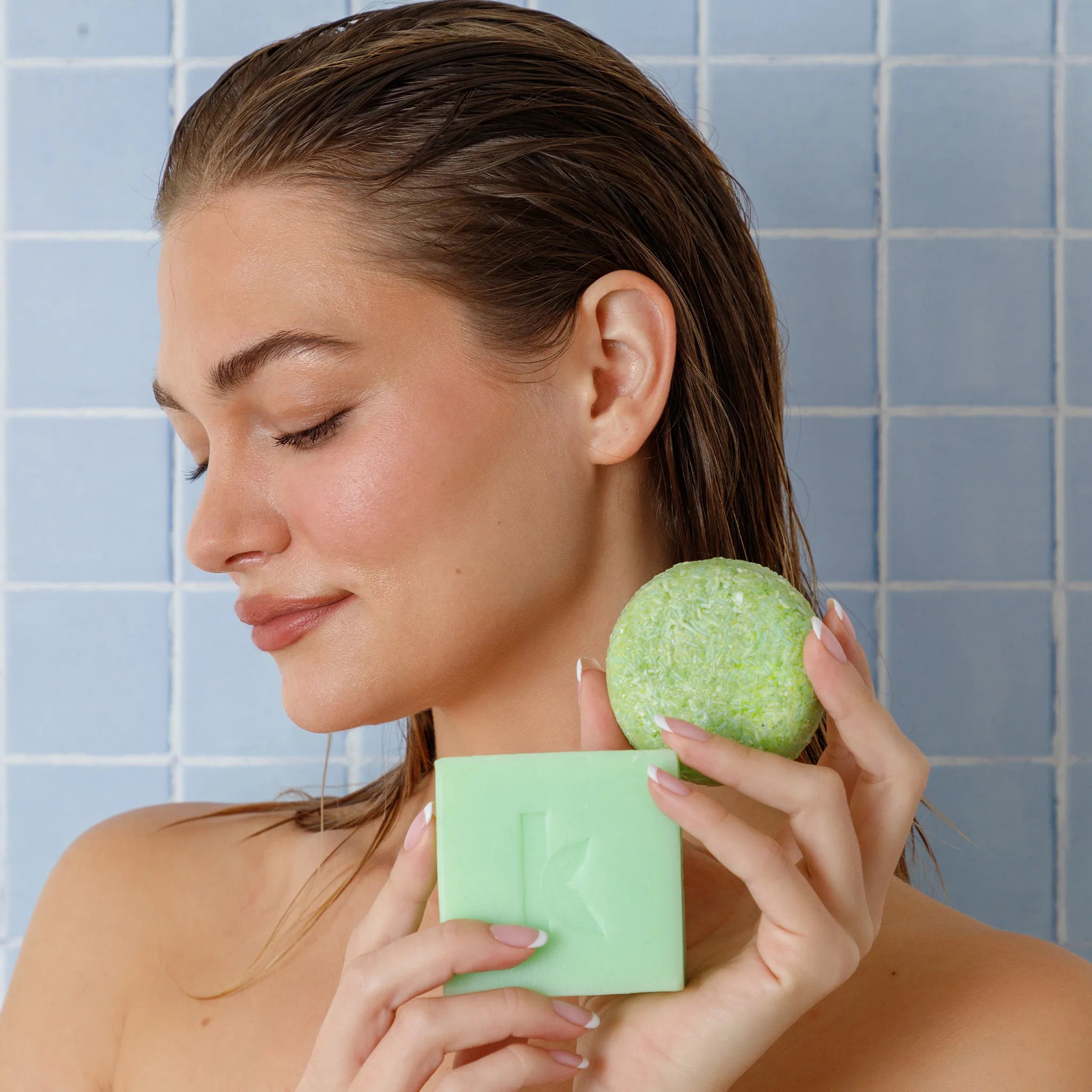
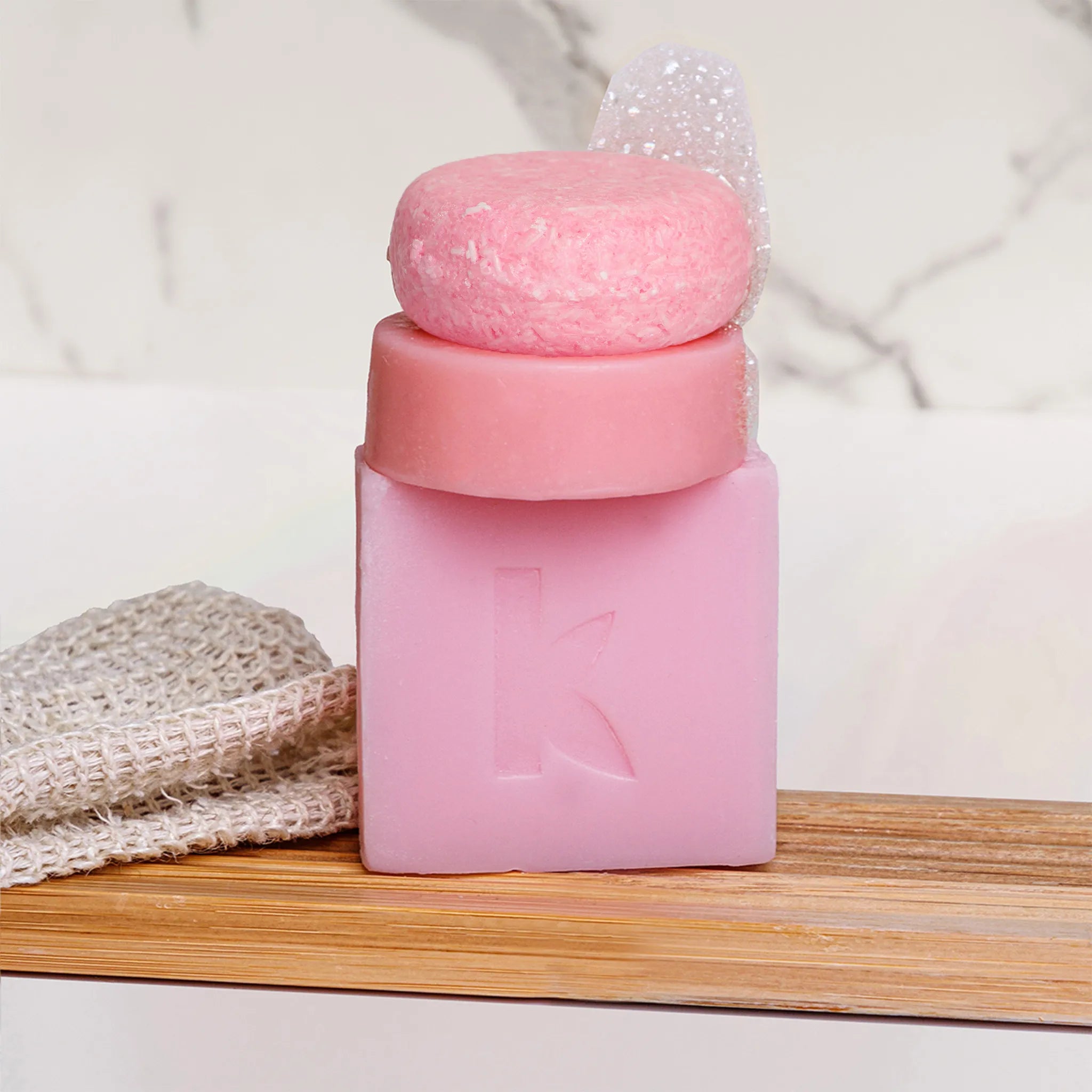
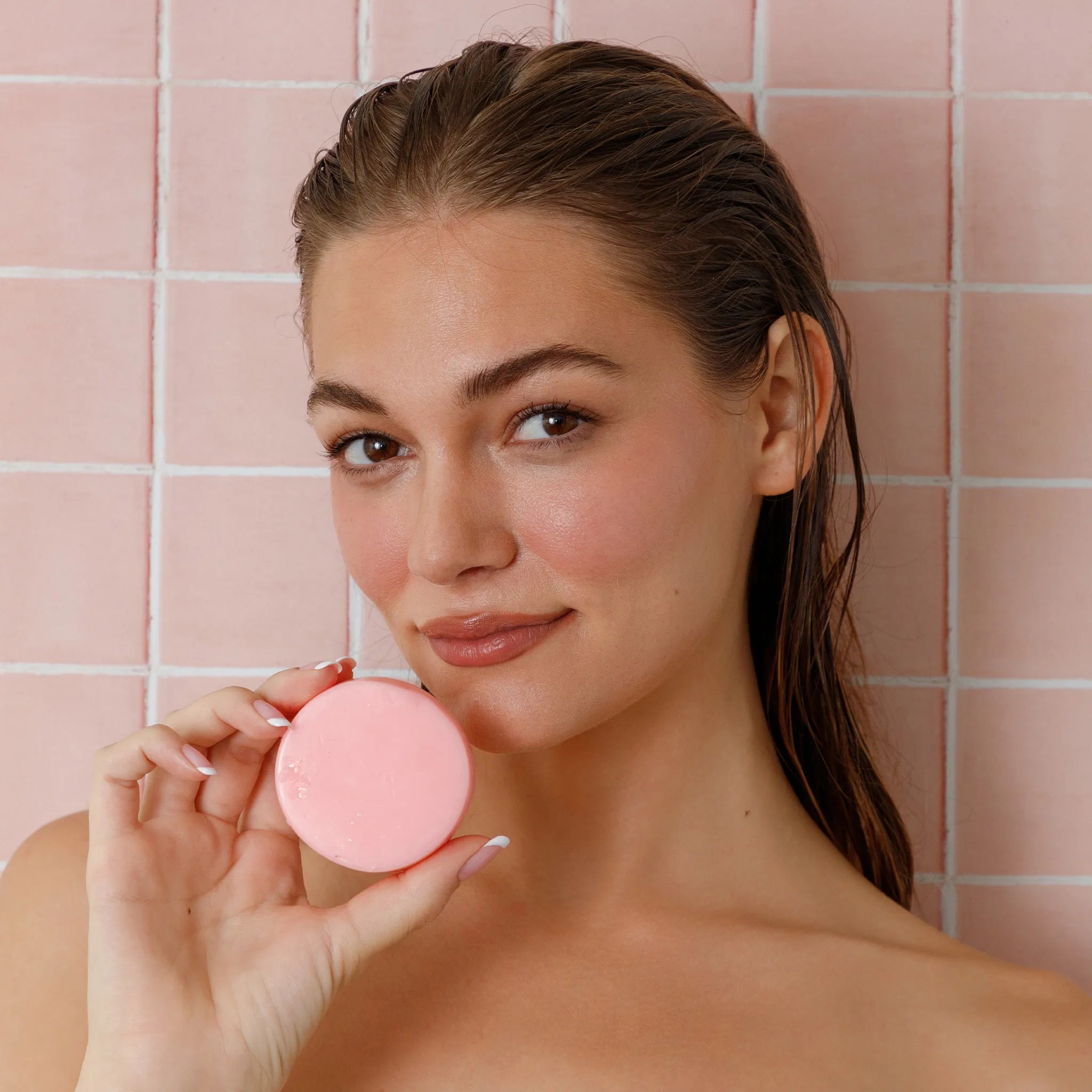
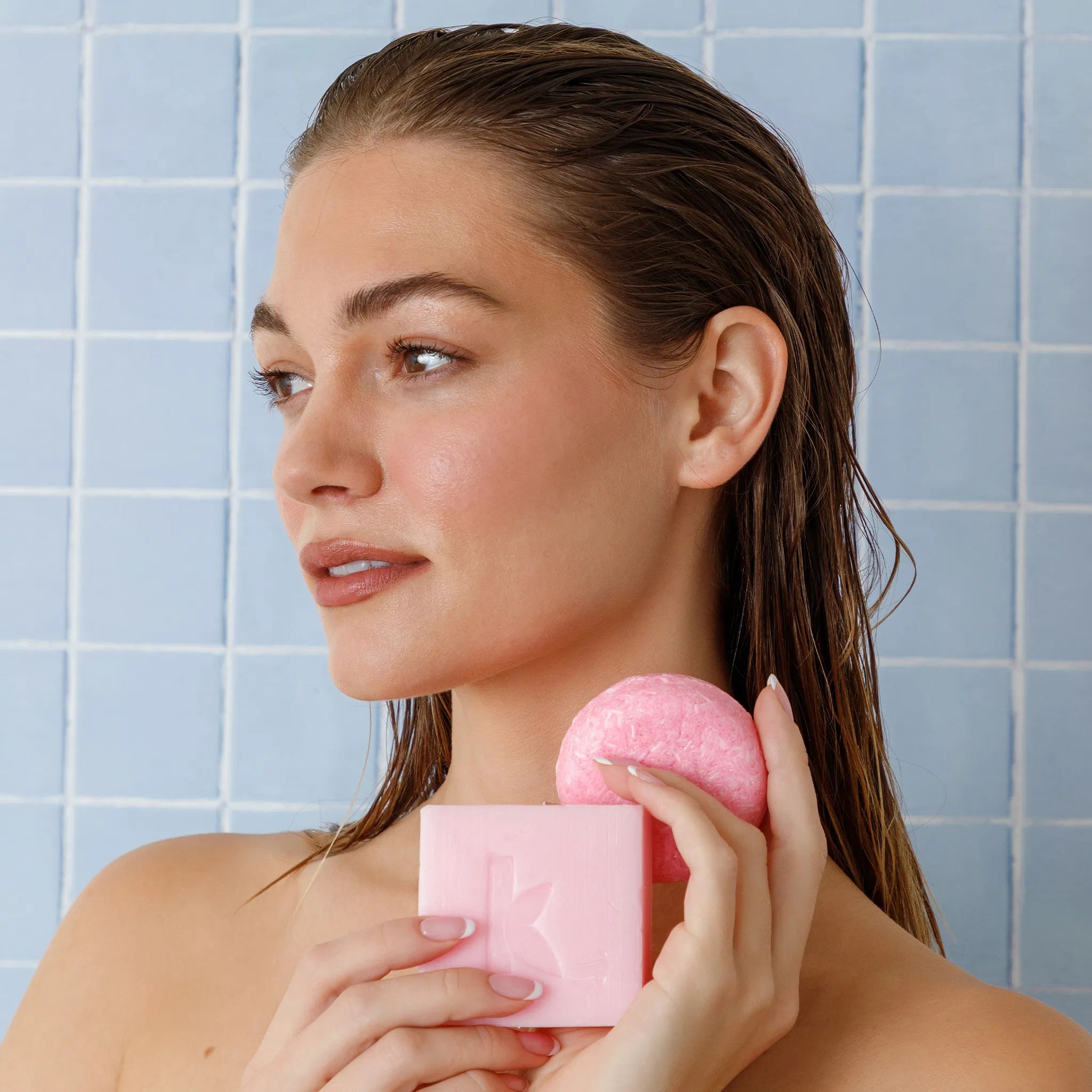
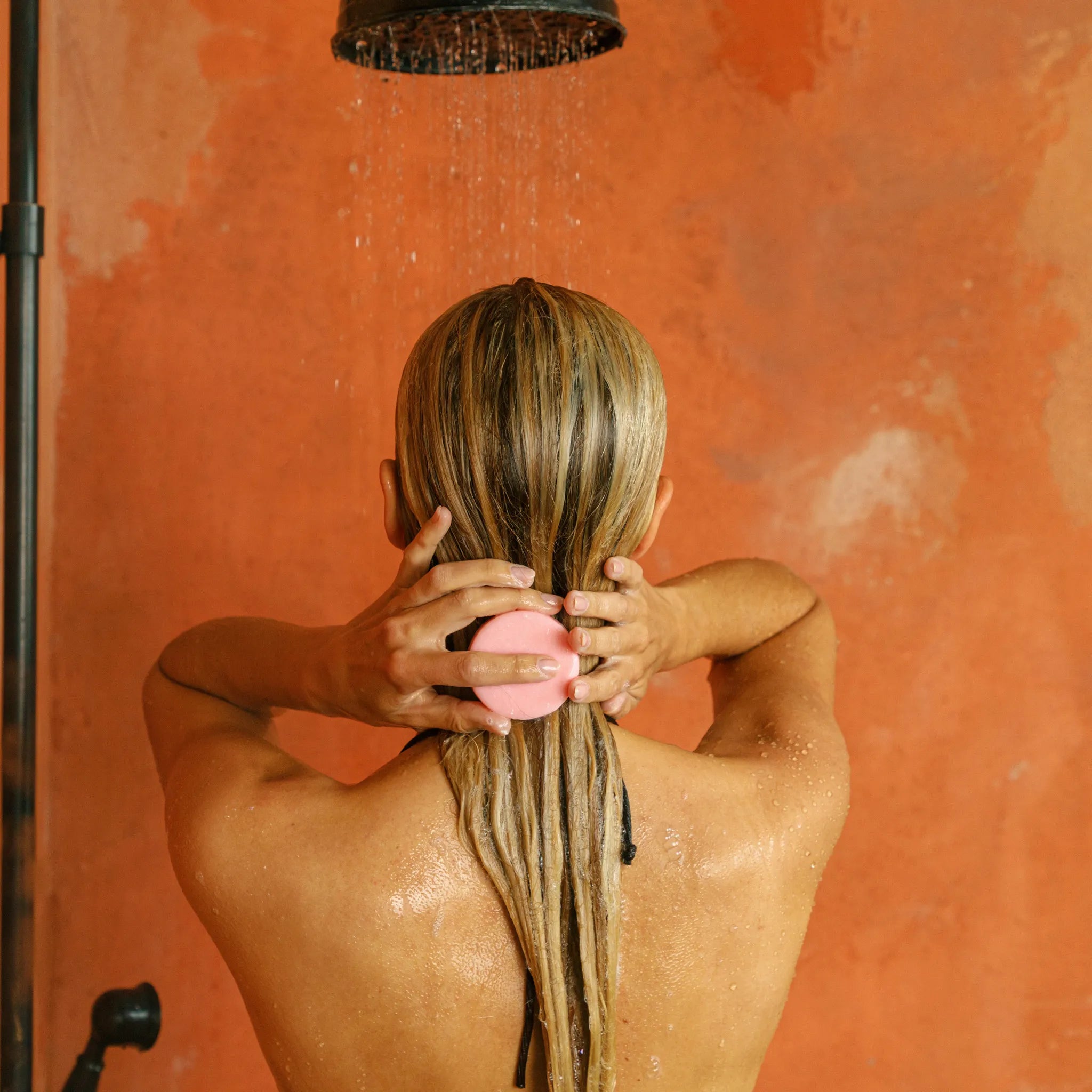
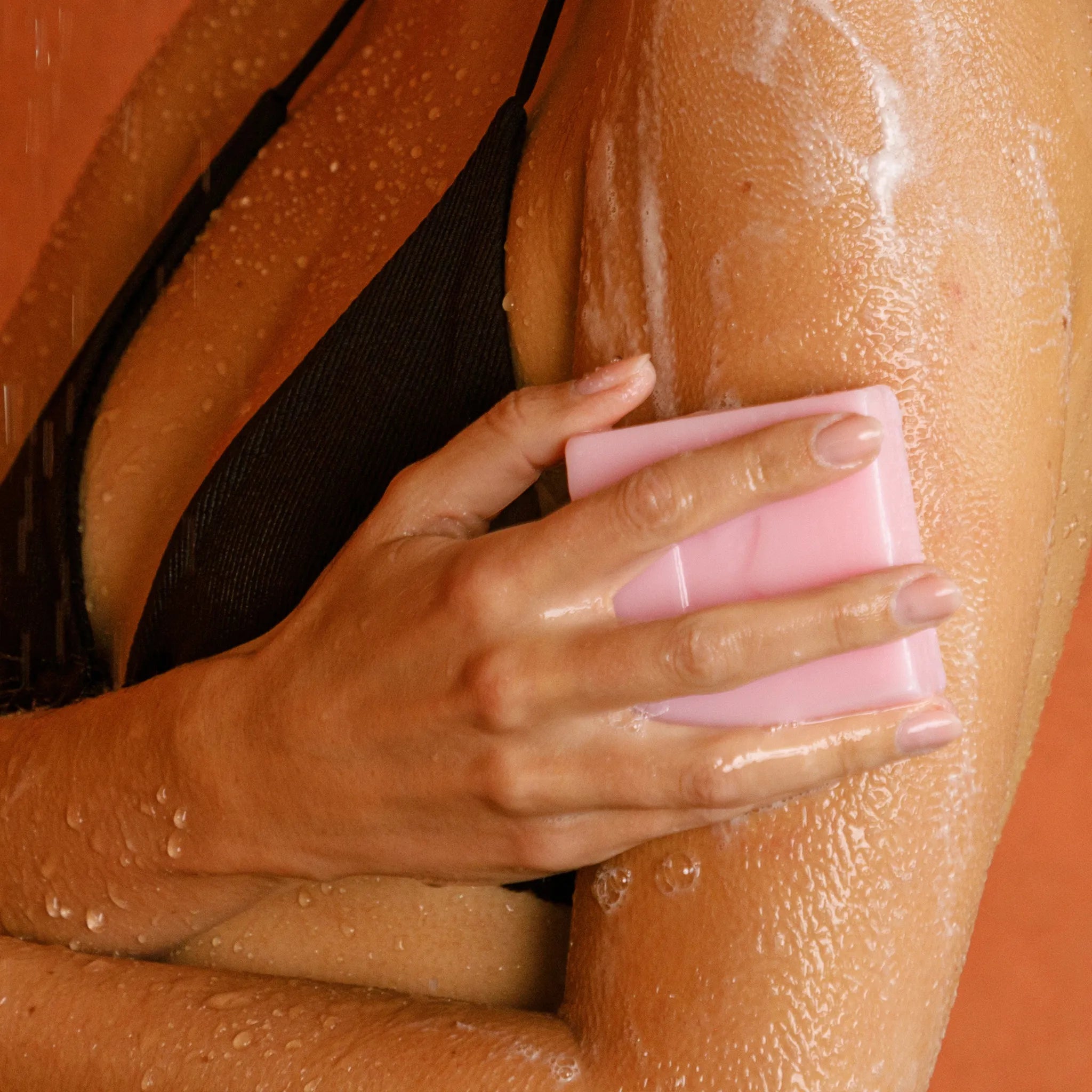
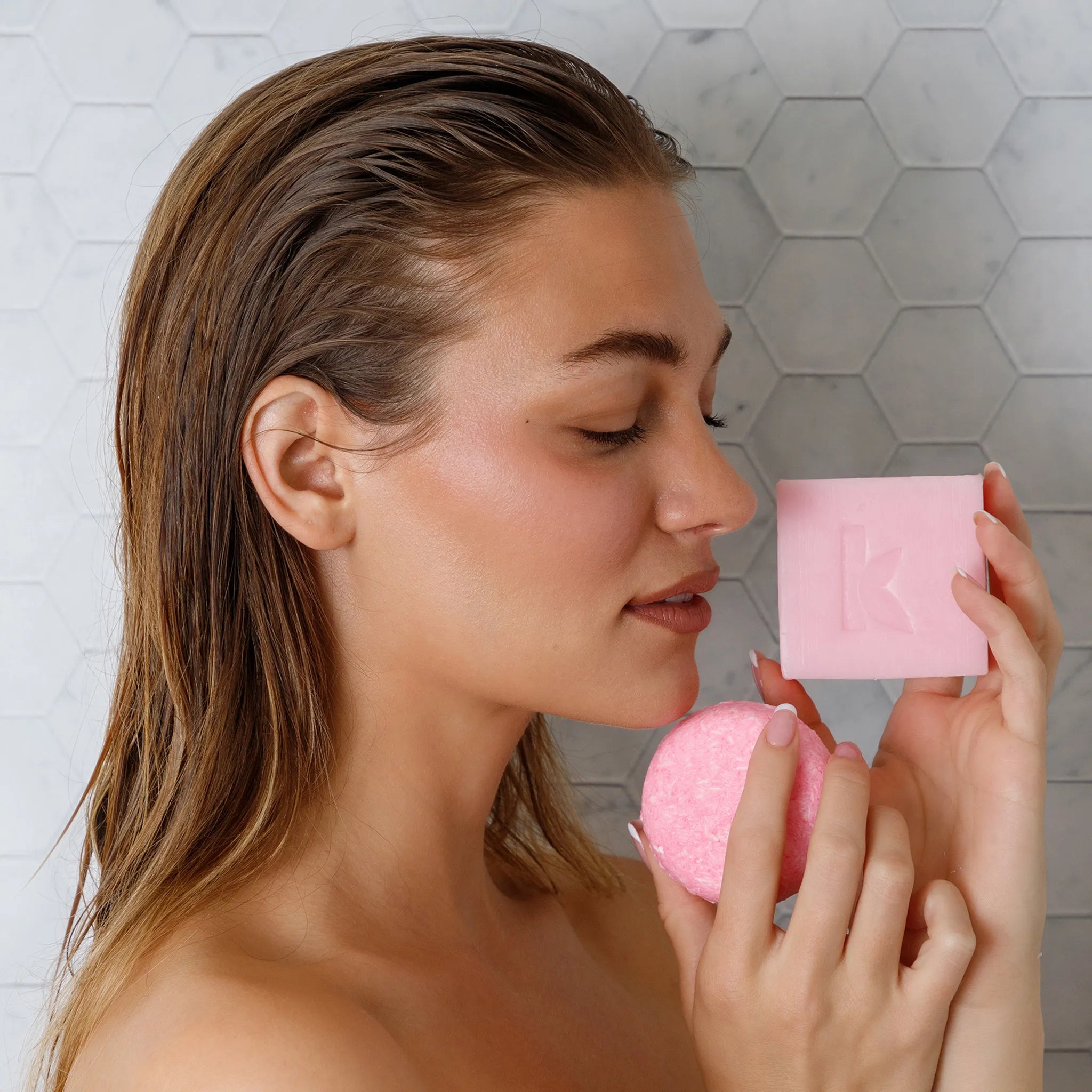
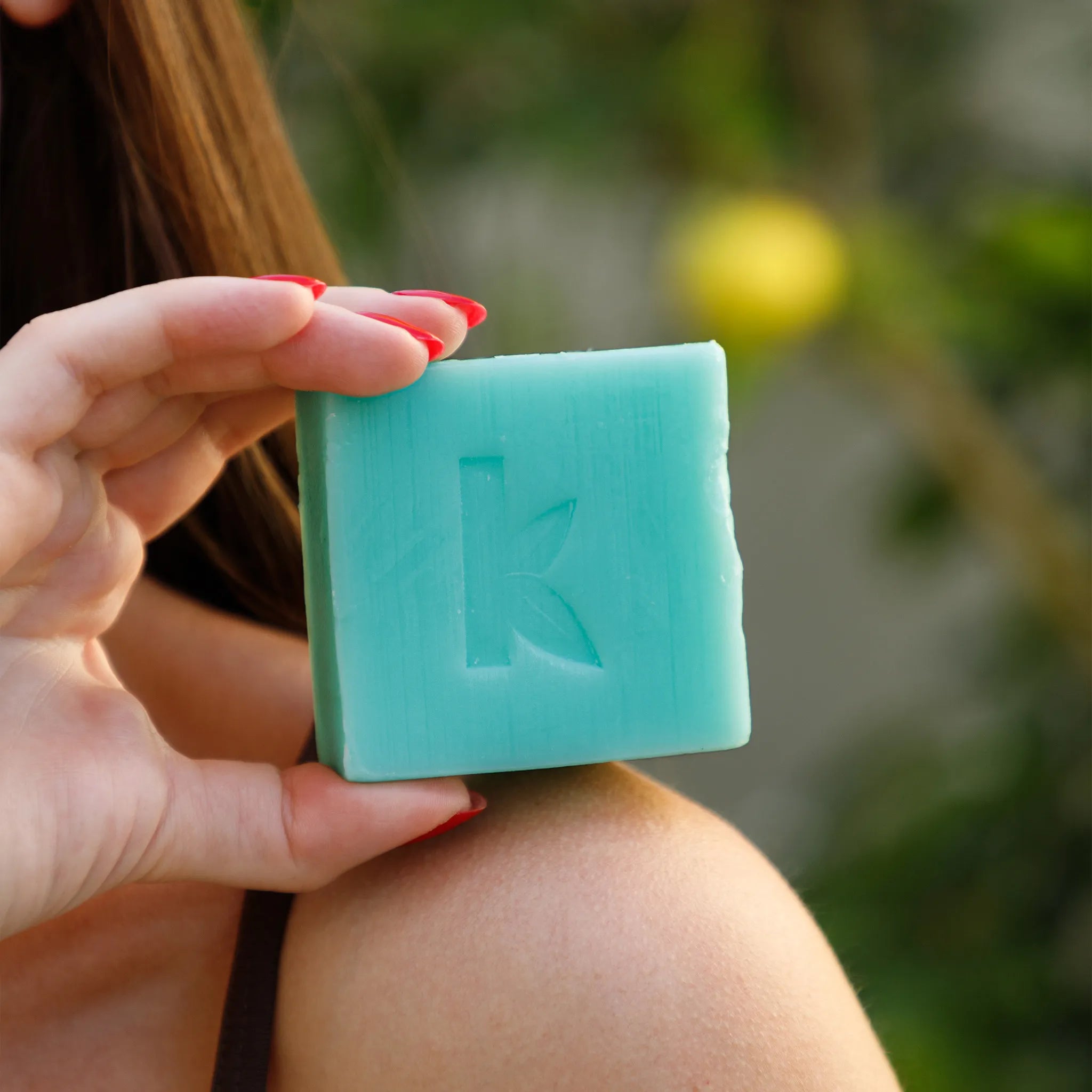
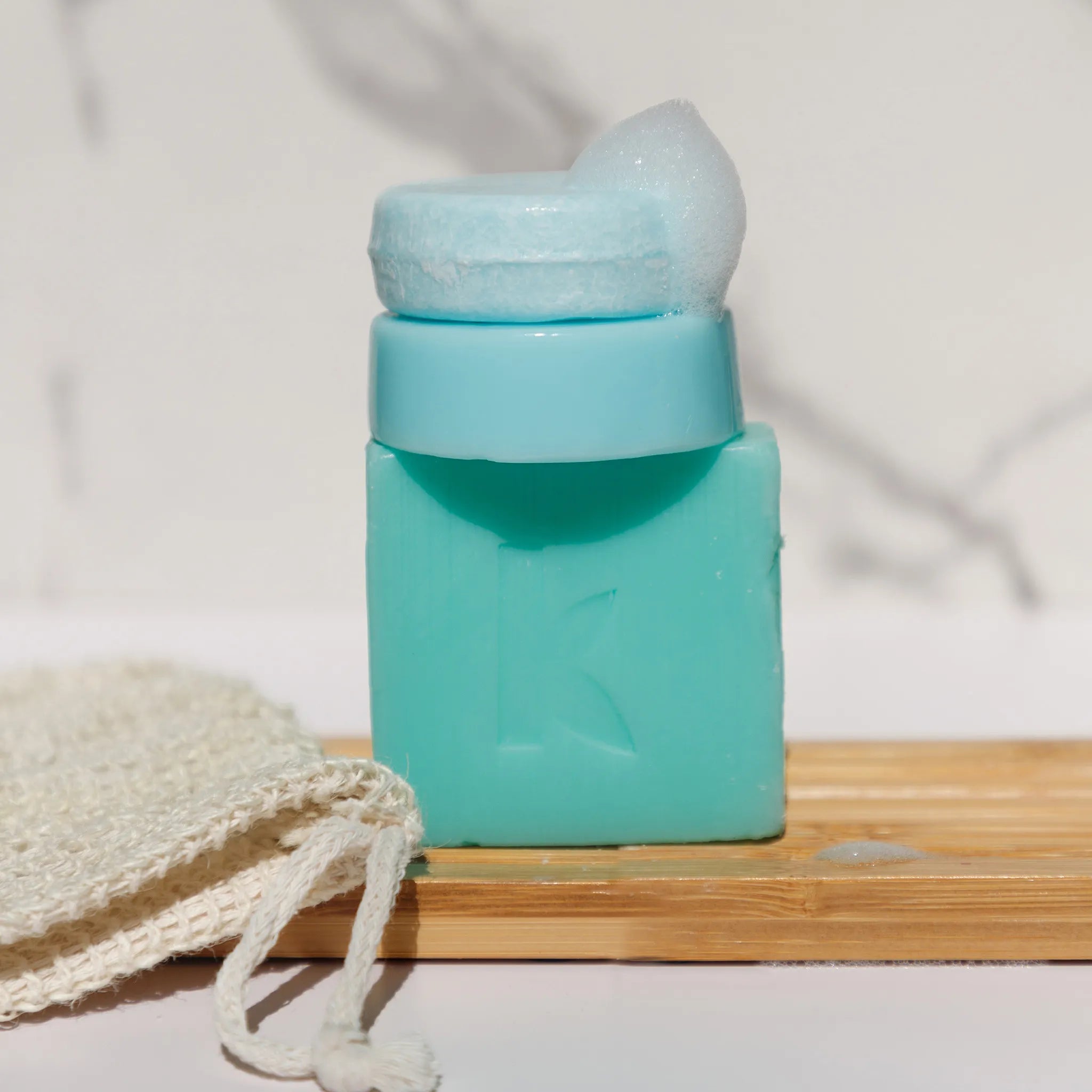
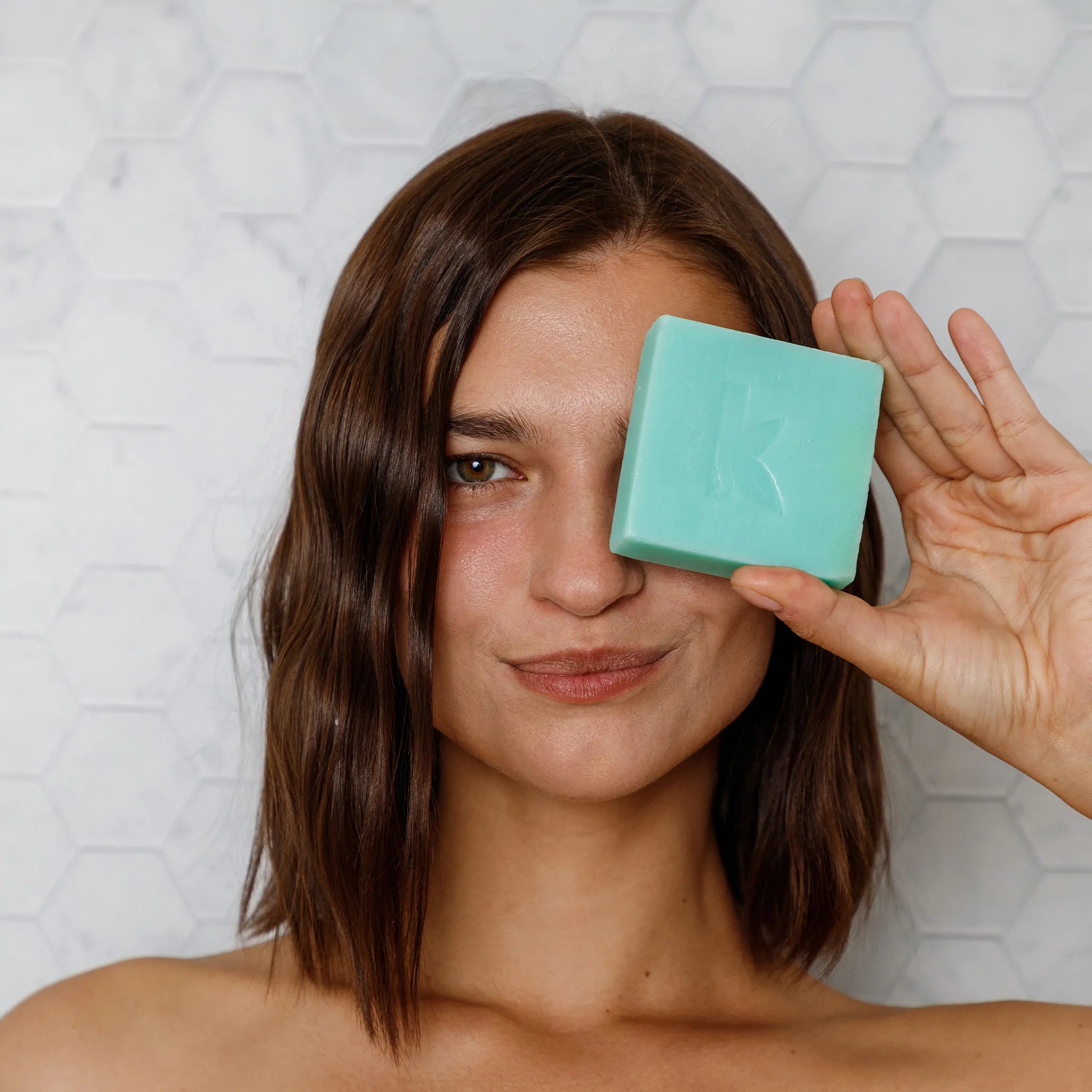
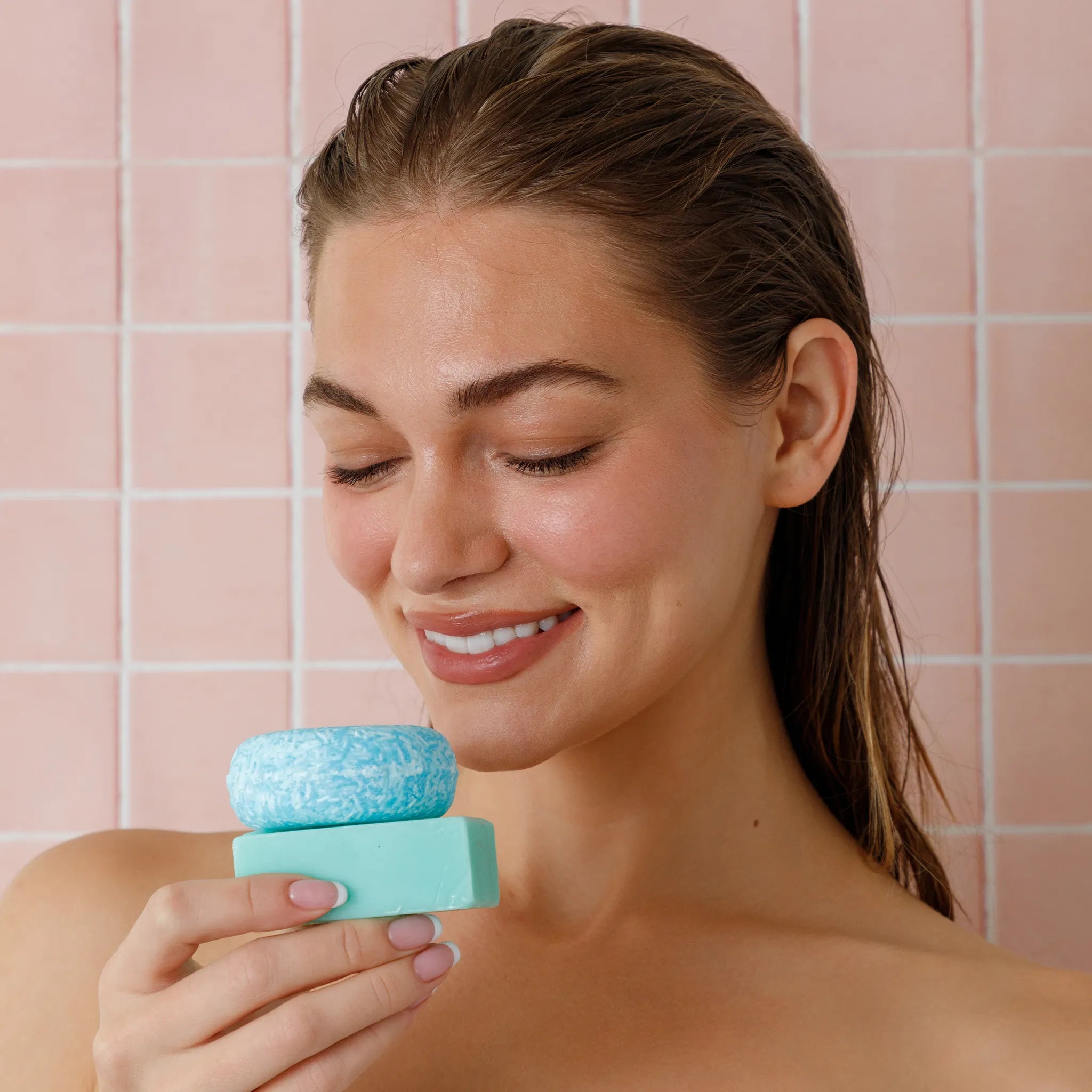
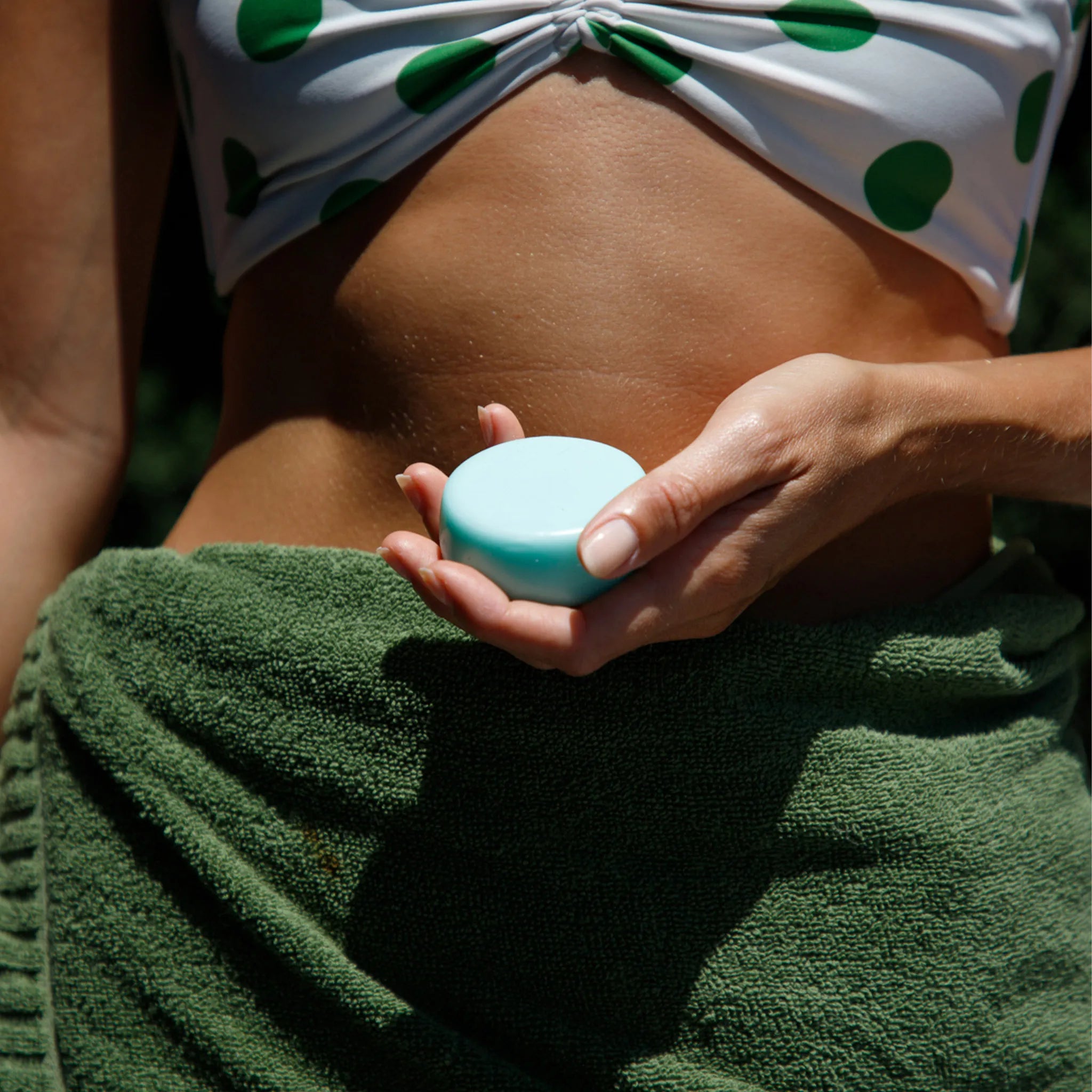
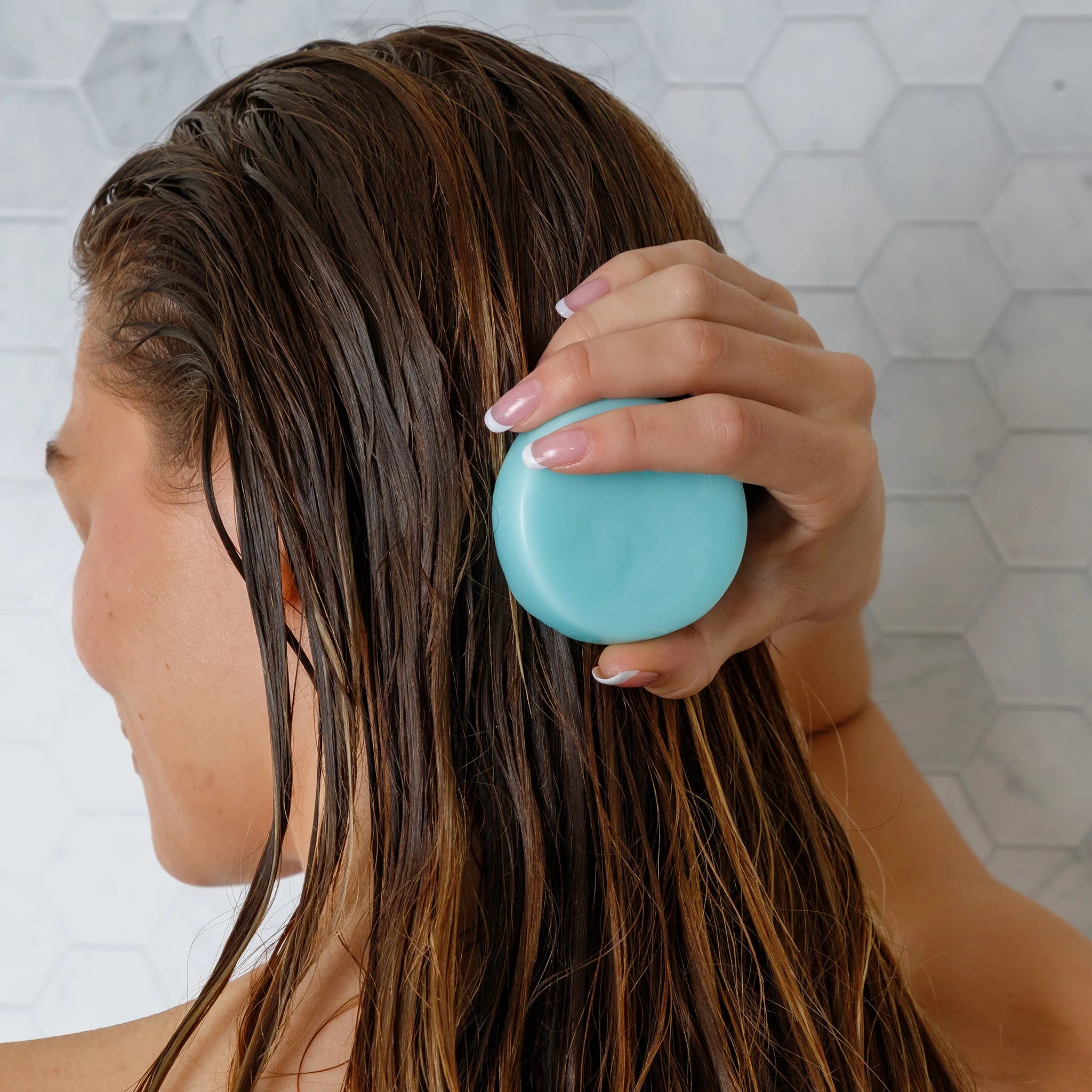
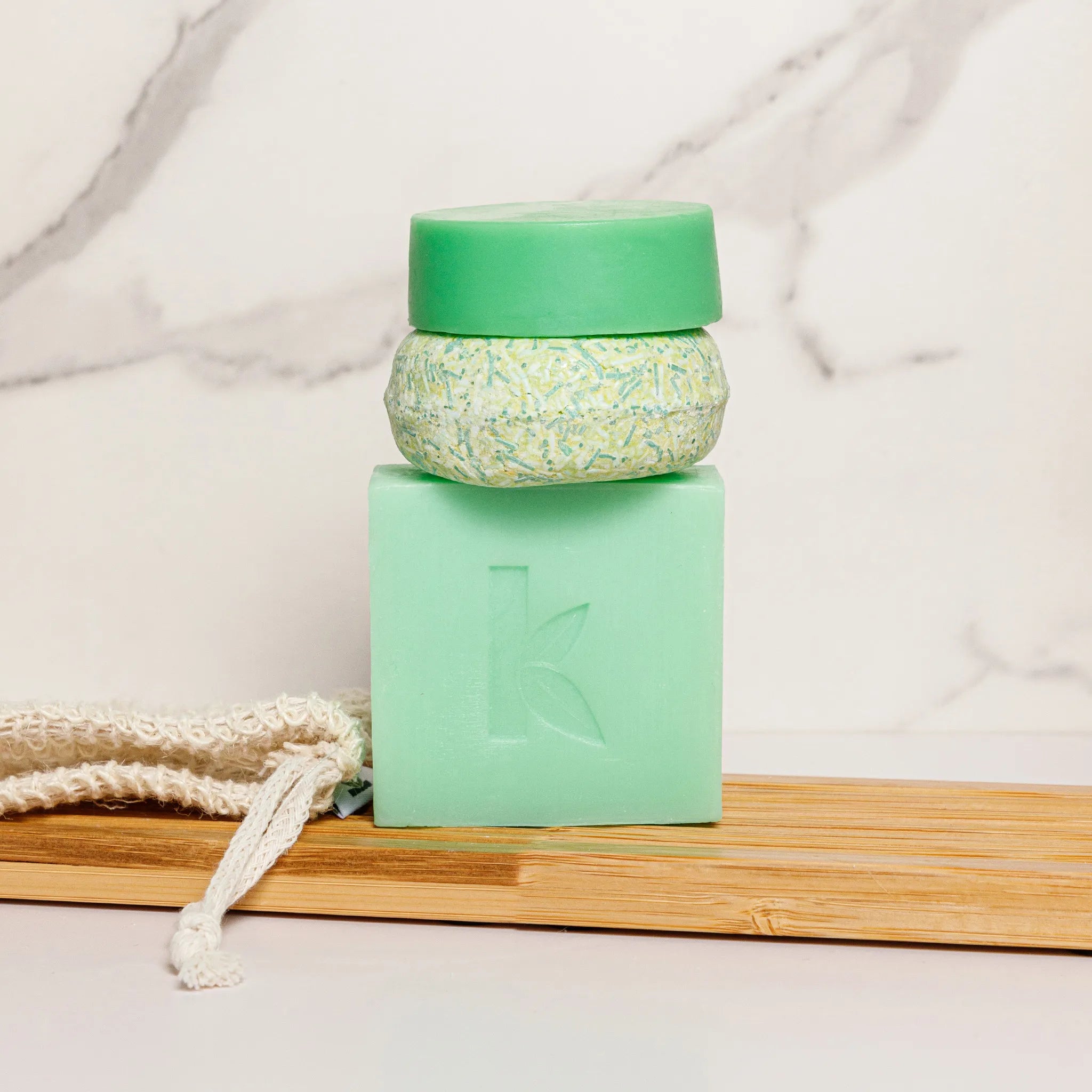
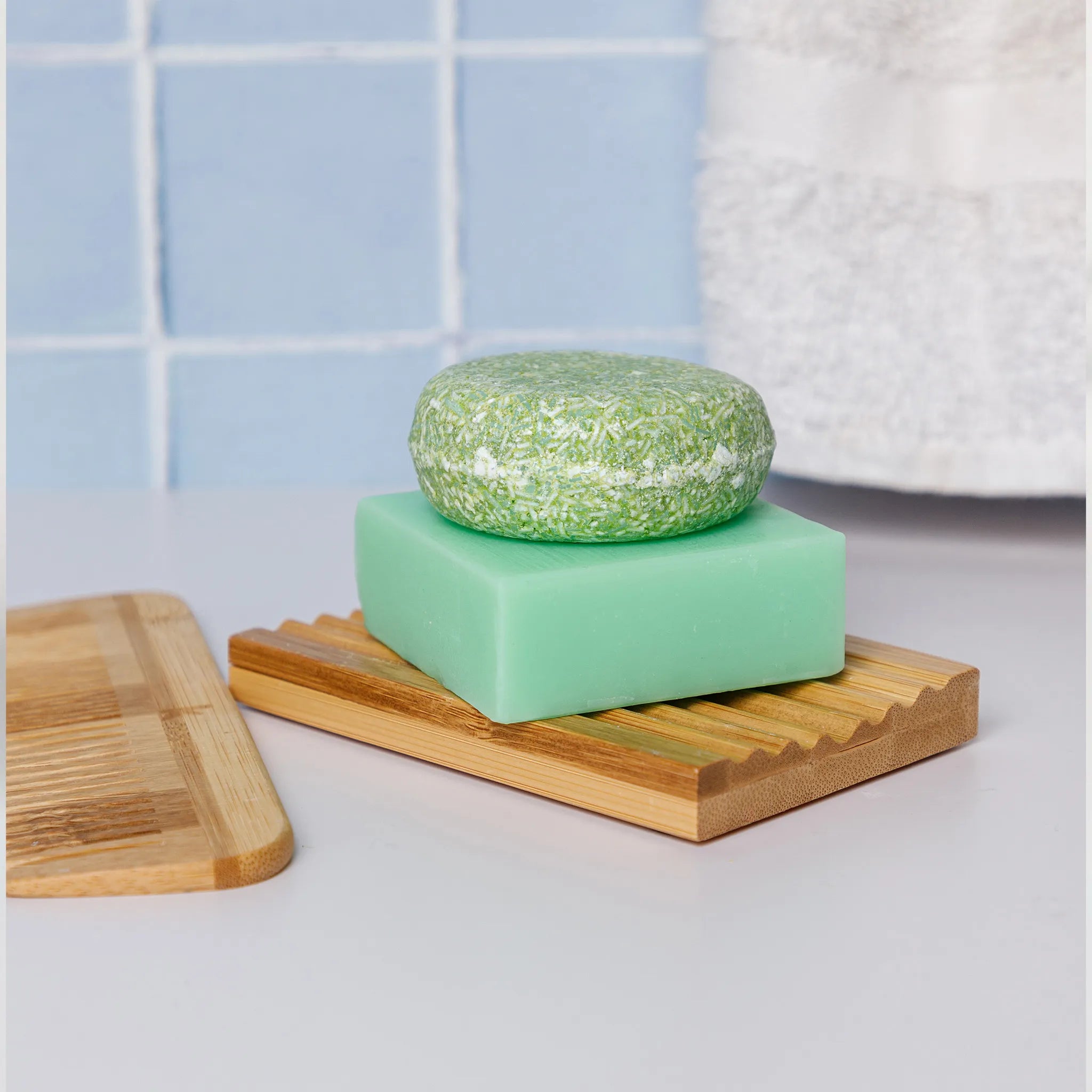
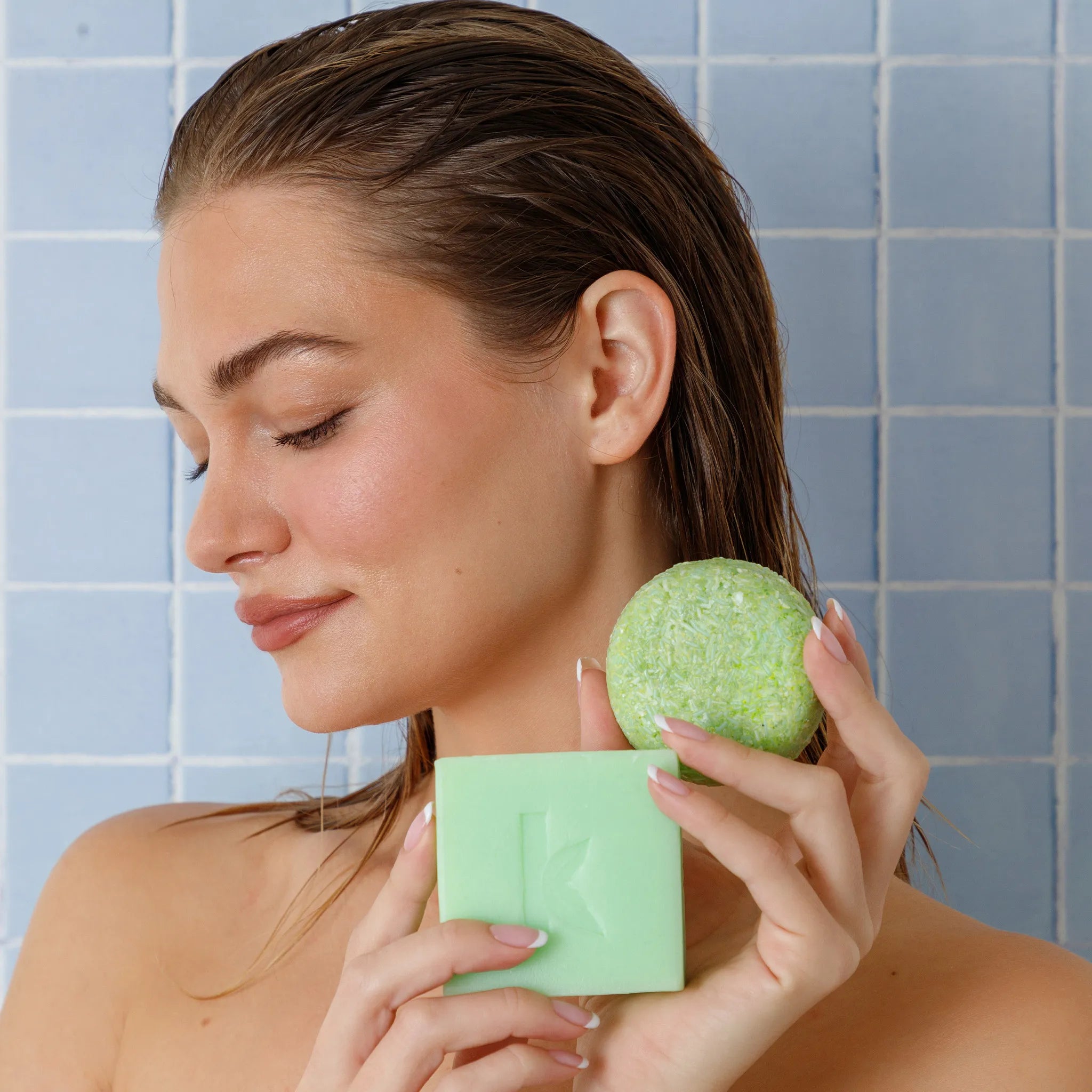
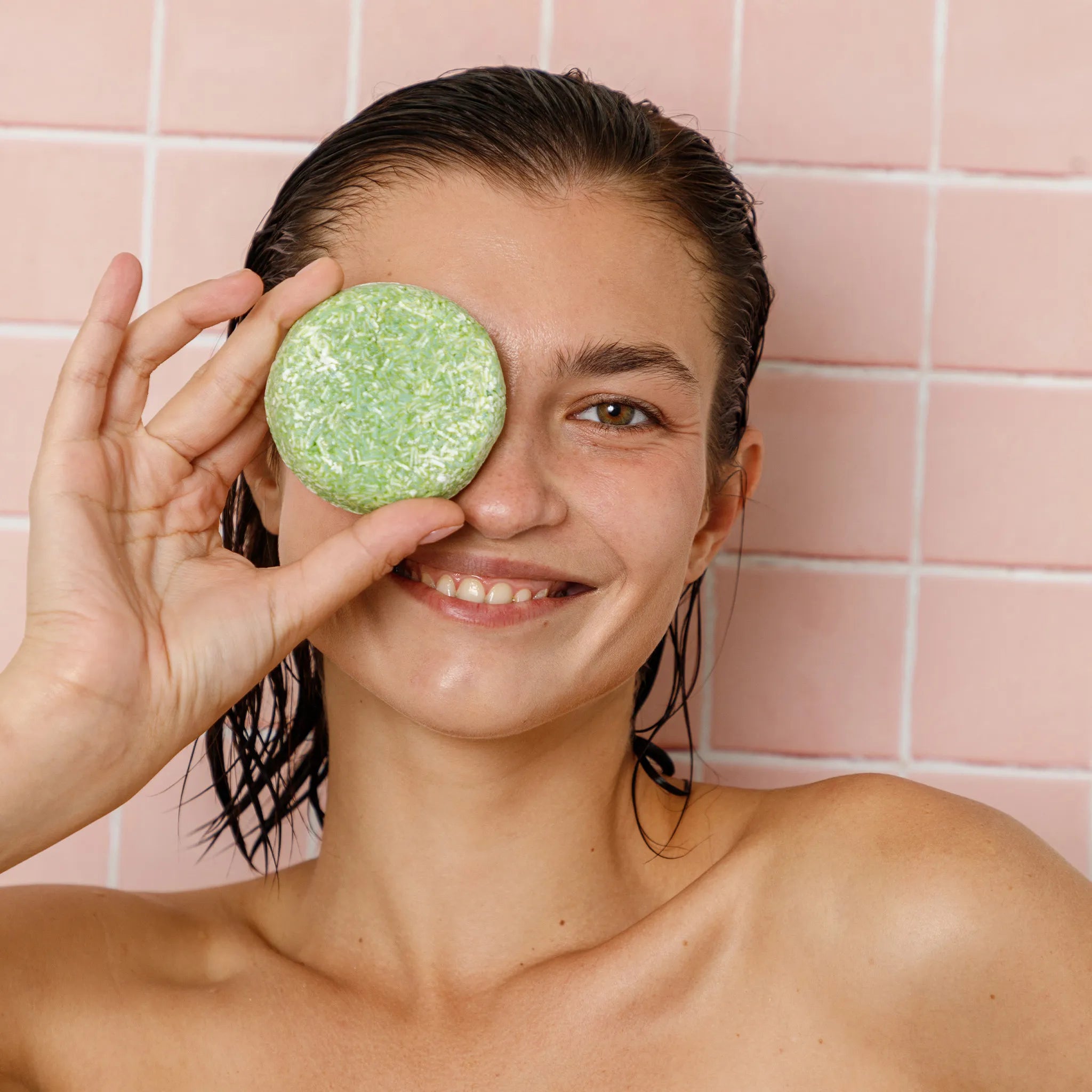
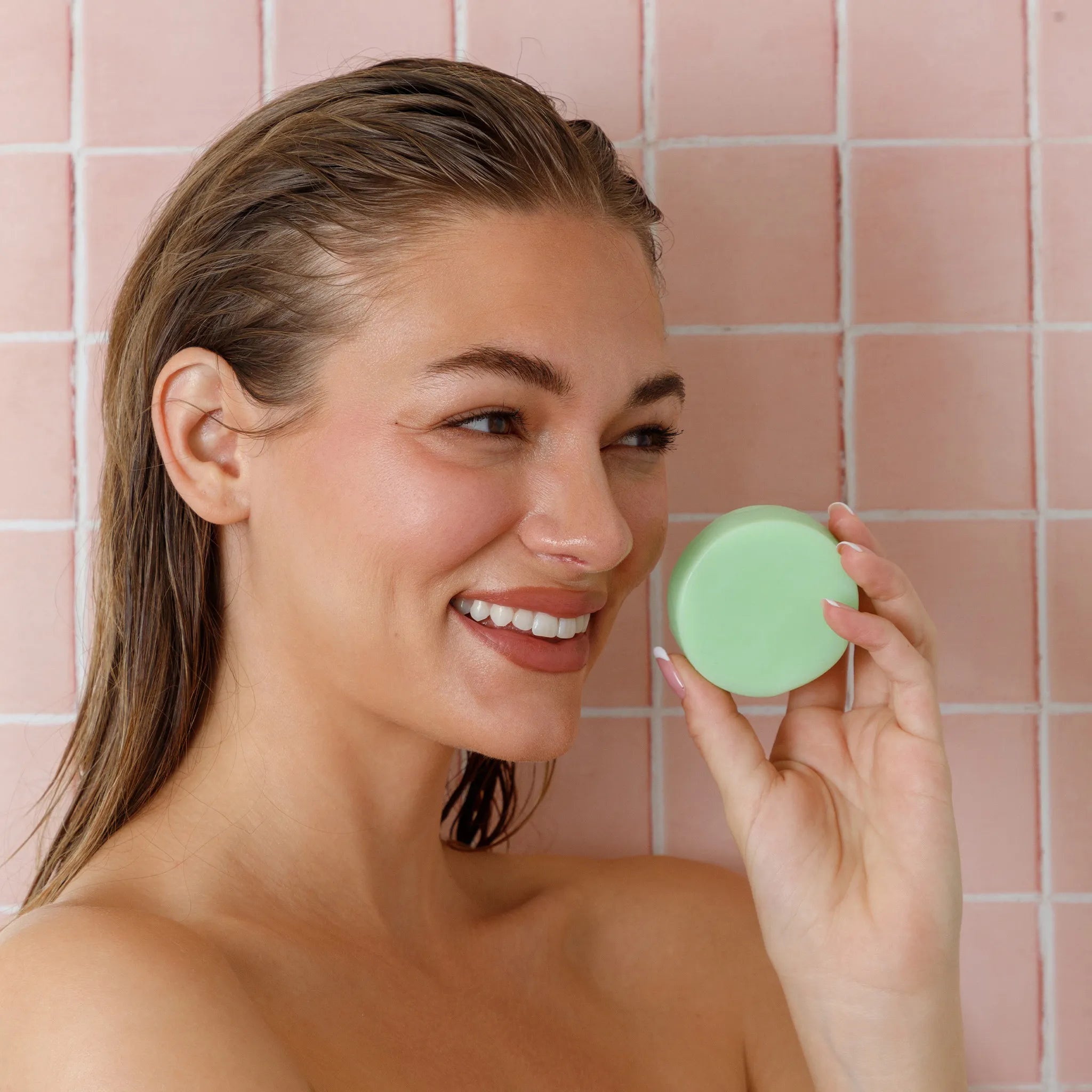
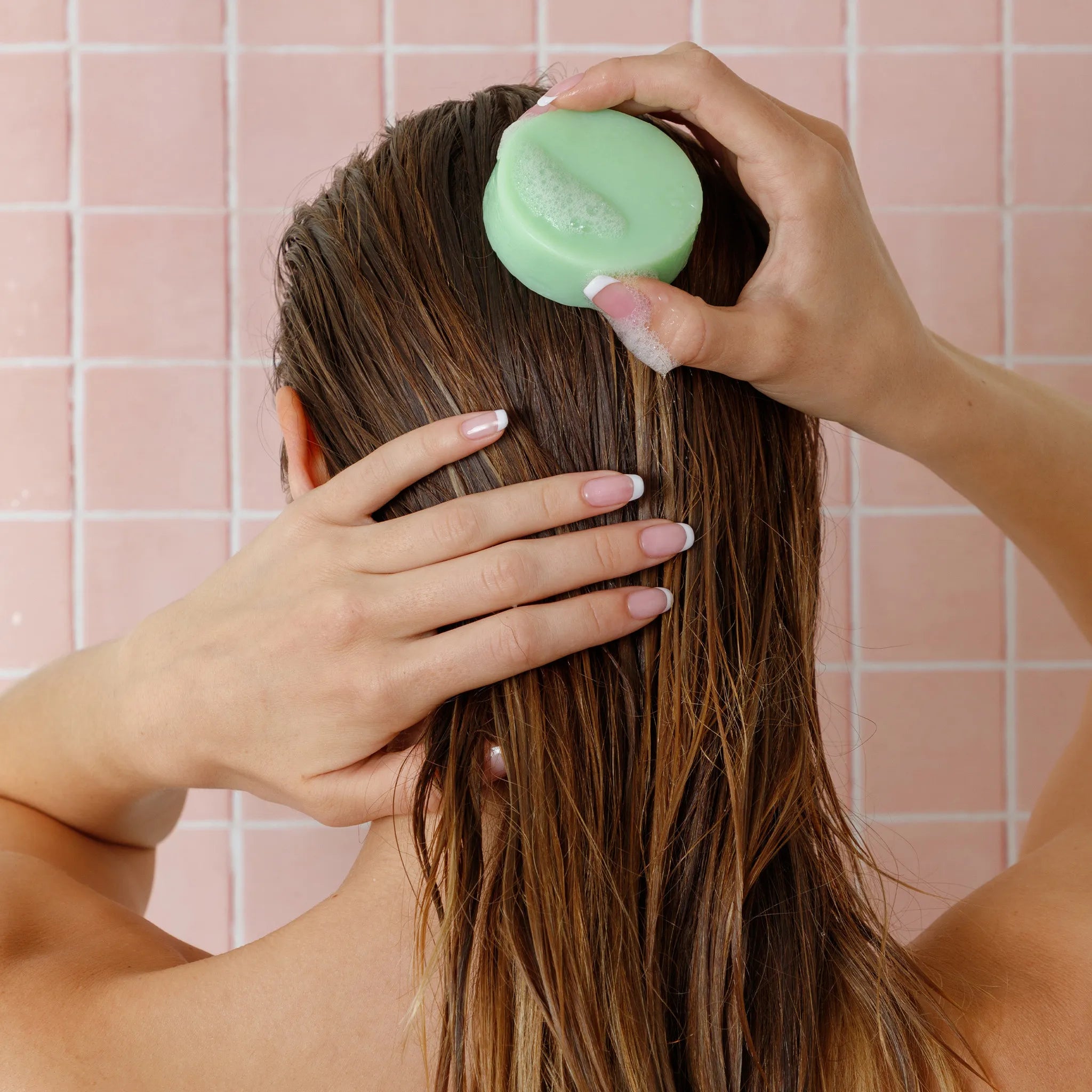
✓ Build your perfect plastic-free routine—choose your scent and enjoy a complete shower bundle featuring shampoo, conditioner, and soap bars for head-to-toe care
✓ Whether you’re drawn to detoxifying charcoal, calming lavender, clarifying rosemary, or another signature scent, each bundle is crafted to match your unique self-care vibe
✓ Includes a bamboo dish and soap saver bag to keep your bars fresh, dry, and long-lasting between every use
✓ Made with plant-based ingredients and essential oils—no sulfates, palm oil, parabens, dyes, or synthetic fragrances
✓ Plastic-free and eco-friendly packaging, making each bundle a better choice for both your body and the planet
Incorporating Nature’s Best into Your Routine
Harnessing the power of natural ingredients like Cocoa Butter and Shea Butter is a step toward a healthier, more sustainable lifestyle. These butters are key components in many high-quality, eco-friendly products, including our natural shampoo bars. By using products crafted with these rich butters, you’re not only nourishing your skin and hair but also contributing to a greener planet.
Natural Soap and Shampoo Bars
Butter Battle: Your Burning Questions, Smoothed Out!
A Creamy Comparison of Cocoa Butter and Shea Butter for Skin, Hair, and Everything in Between!
Can I use Cocoa Butter and Shea Butter together?
Absolutely! Cocoa Butter and Shea Butter complement each other well. While Cocoa Butter provides a protective barrier and enhances skin elasticity, Shea Butter penetrates deeply to hydrate and soothe. Combining them can amplify their benefits for both skin and hair, especially in DIY skincare recipes or multi-purpose balms.
Which butter is better for acne-prone skin?
Shea Butter is generally better for acne-prone skin because it is non-comedogenic (doesn’t clog pores) and has anti-inflammatory properties that help calm redness and irritation. Cocoa Butter, on the other hand, is more likely to clog pores, so it’s best suited for dry or normal skin types.
Can I use Cocoa Butter or Shea Butter on my scalp?
Yes! Shea Butter is especially beneficial for the scalp, as it moisturizes dry, flaky skin and helps reduce dandruff. Cocoa Butter can also be used but is better suited for sealing moisture in the hair rather than directly treating the scalp.
Which butter is more effective for stretch marks?
Both Cocoa Butter and Shea Butter are excellent for reducing the appearance of stretch marks. Cocoa Butter is particularly known for its ability to improve skin elasticity, making it a favorite during pregnancy. Shea Butter’s high vitamin A content helps with skin regeneration, making it equally effective. For best results, consider using a combination of both.
Can Shea Butter or Cocoa Butter help with sunburn?
Shea Butter is more effective for soothing sunburn because of its anti-inflammatory and healing properties. It can help reduce redness, hydrate the skin, and speed up recovery. Cocoa Butter is better for restoring moisture to the skin after the initial healing phase.
Which butter is better for curly hair?
Shea Butter is generally better for curly hair due to its lightweight yet deeply hydrating properties. It works well as a leave-in conditioner or curl cream without weighing curls down. Cocoa Butter is also beneficial but works best as a sealant to lock in moisture after applying a hydrating product.
Are Cocoa Butter and Shea Butter safe for sensitive skin?
Yes, both are safe for sensitive skin, but Shea Butter is typically gentler and more versatile. It is less likely to cause irritation and is often recommended for conditions like eczema or rosacea. Cocoa Butter is better suited for individuals with dry or mature skin but may not work as well for overly sensitive or acne-prone skin.
Can I use products containing these butters daily?
Yes! Both Cocoa Butter and Shea Butter are gentle enough for daily use. Products like natural shampoo bars that incorporate these butters provide consistent nourishment and hydration without the need for additional chemical-laden treatments.


